The 1910s marked a significant period of growth and change for the Bronx, a borough of New York City. This decade was characterized by rapid urbanization, demographic shifts, and substantial infrastructural development, all of which played pivotal roles in shaping the Bronx’s future trajectory. The borough’s evolution during these years reflected broader societal changes, including the impacts of World War I and the Great Migration, which contributed to the diversification of its population and the expansion of its urban landscape.
Urbanization and Residential Development
The Bronx experienced a housing boom in the 1910s, driven by the continued influx of immigrants and the internal migration of New Yorkers seeking more affordable living options outside Manhattan. This demand for housing led to the construction of numerous apartment buildings, many of which were designed in the popular Beaux-Arts and Art Deco styles of the time. These architectural developments not only accommodated the growing population but also added to the aesthetic appeal of the borough.
The introduction of zoning laws in 1916 played a crucial role in shaping the urban landscape of the Bronx. These regulations, among the first of their kind in the United States, were designed to control the density of buildings and separate residential areas from industrial zones. The zoning laws facilitated more orderly development and contributed to the improvement of living conditions within the borough.
Infrastructural Developments and Public Services
The expansion of the subway system continued in the 1910s, with new lines extending further into the Bronx. This improved connectivity not only facilitated the borough’s expansion but also made it more accessible to people working in Manhattan. The construction of the Interborough Rapid Transit (IRT) and later expansions were crucial in integrating the Bronx into the city’s broader public transportation network.
During this decade, the Bronx saw significant improvements in public amenities and services, including the expansion of the public library system and the establishment of more public schools. The creation of additional parks and recreational areas, such as the expansion of Crotona Park, provided vital green spaces for residents.
#1 High Bridge connecting Manhattan and the Bronx, New York, 1910s
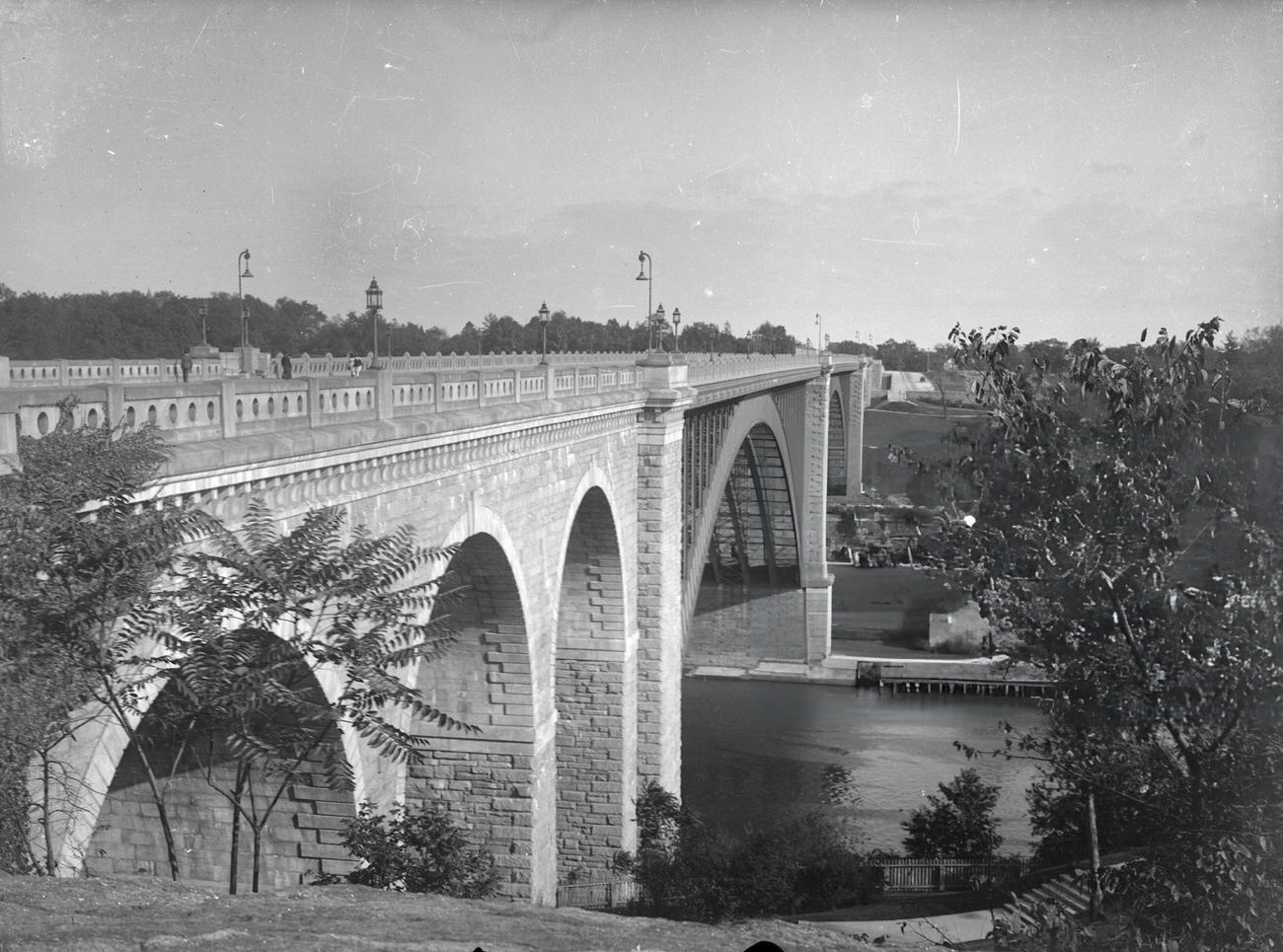
#2 Chester Hall Apartments in the Bronx, New York, 1910s
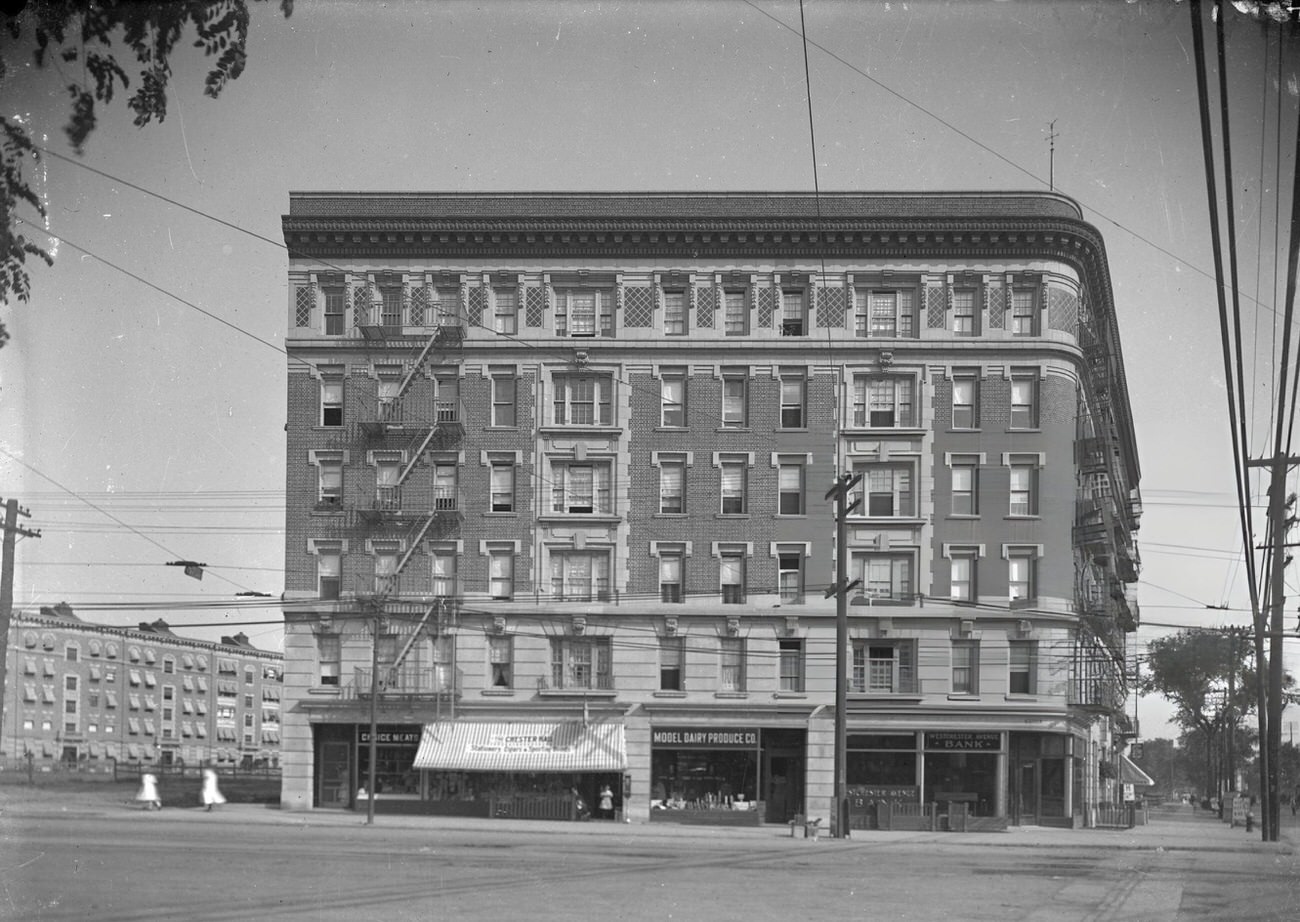
#3 Children watch a caged animal at the Bronx Zoo, Bronx Park, Bronx, 1915.
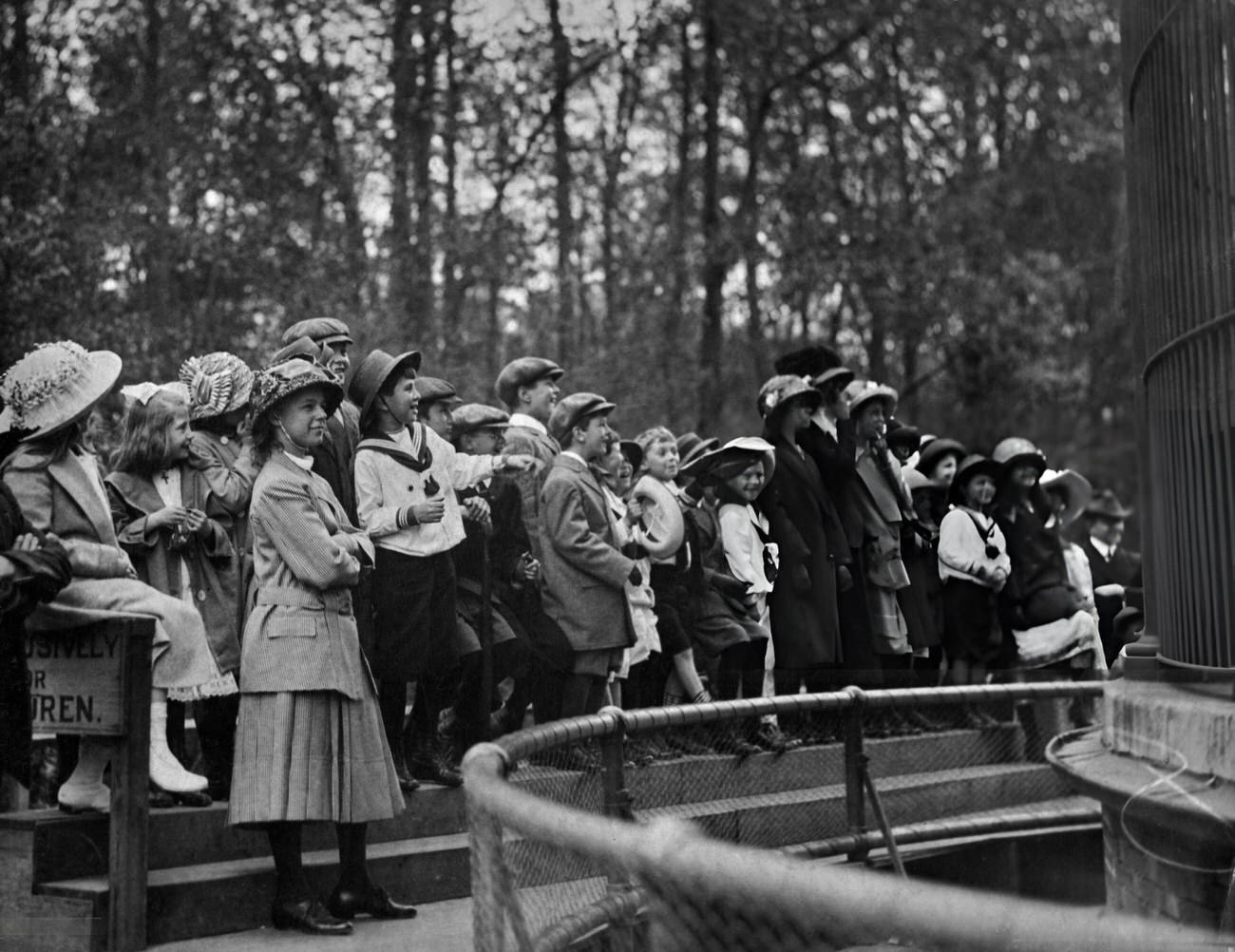
#4 Two girls ice skate on Van Cortlandt Lake, Van Cortlandt Park, Bronx, 1917.
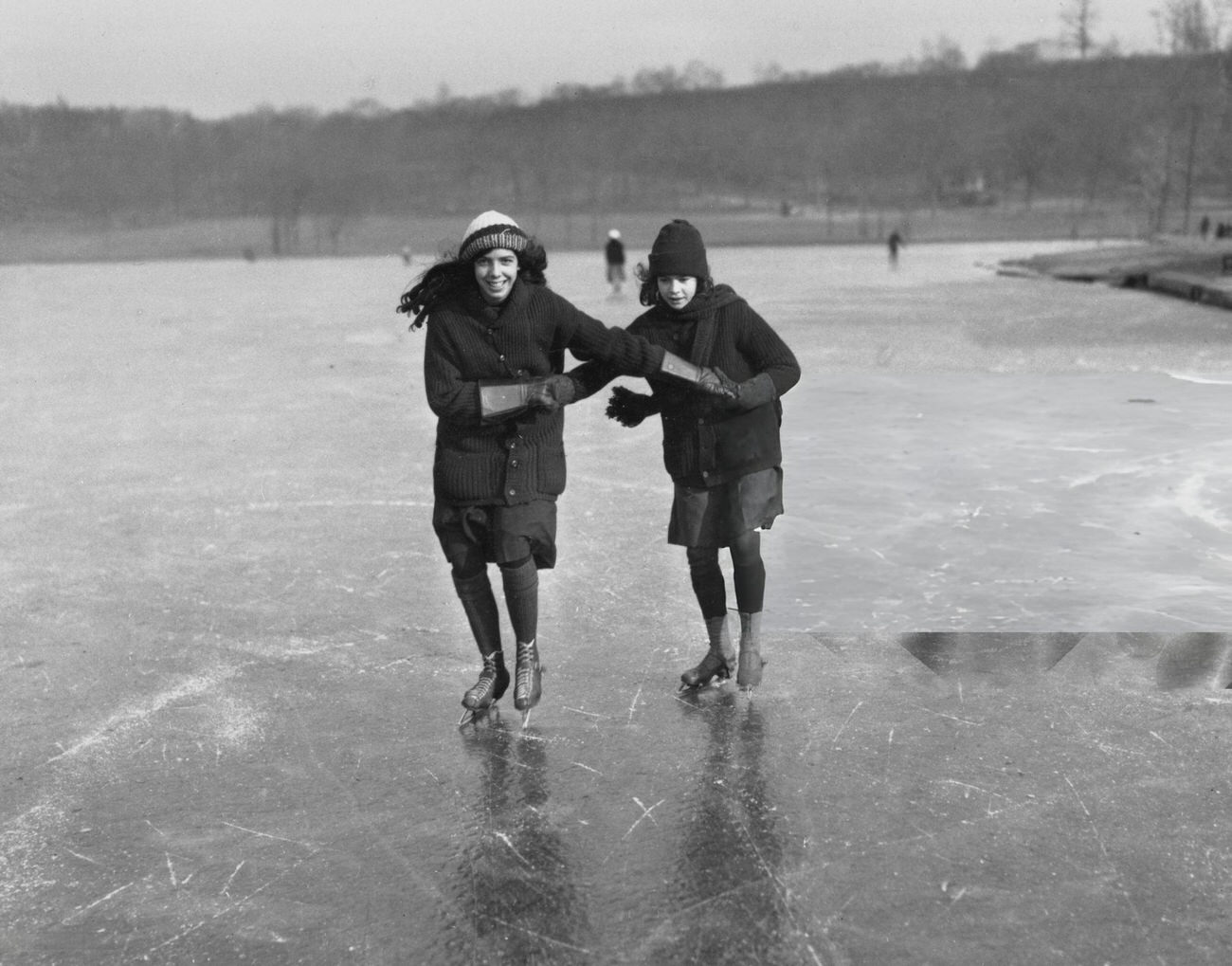
#5 Tremont Baptist Church at Tremont and Burnside Avenue, Bronx, 1915.
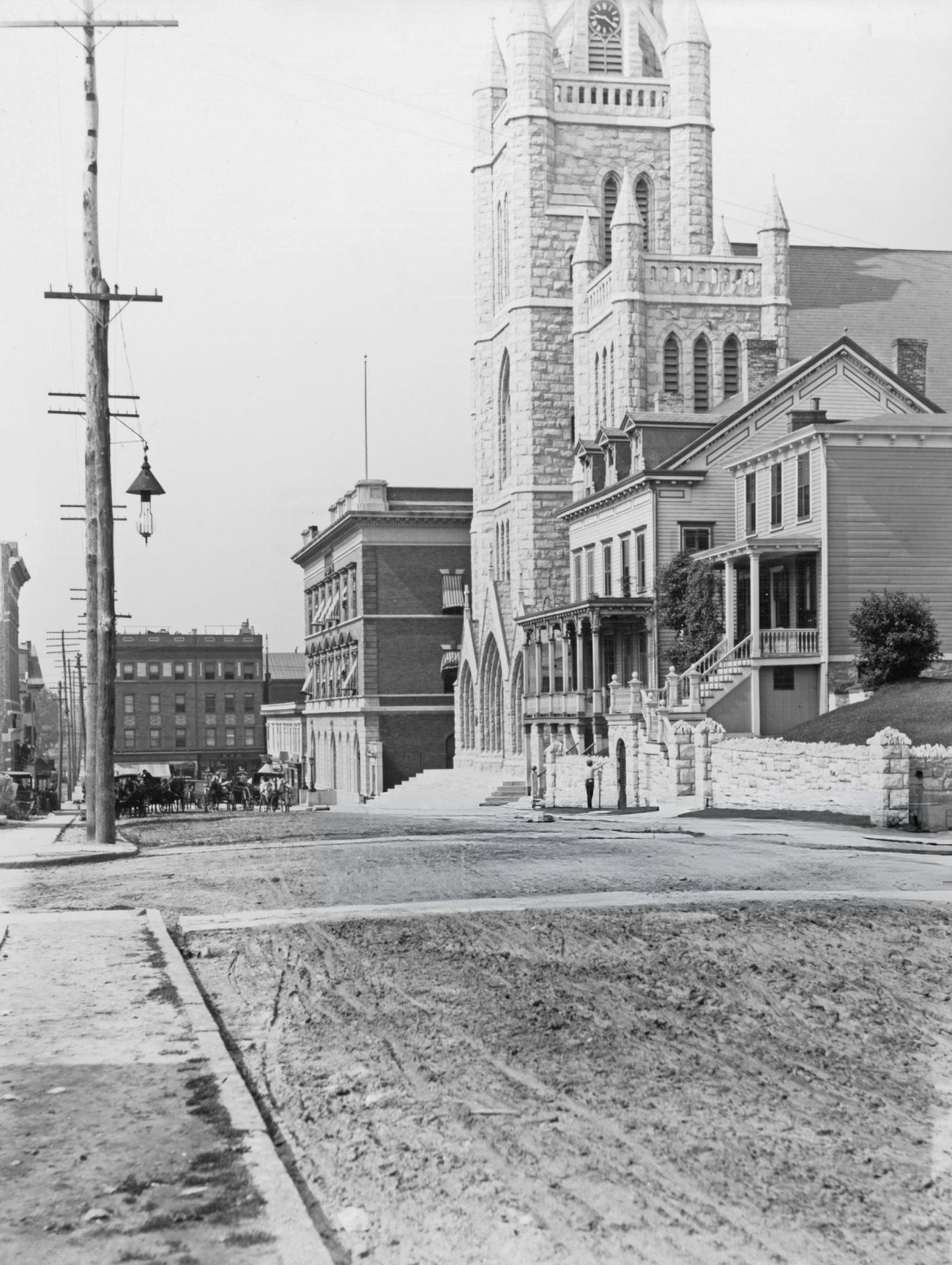
#6 East Basin of Jerome Park Reservoir with experimental filters, Bronx, 1910.
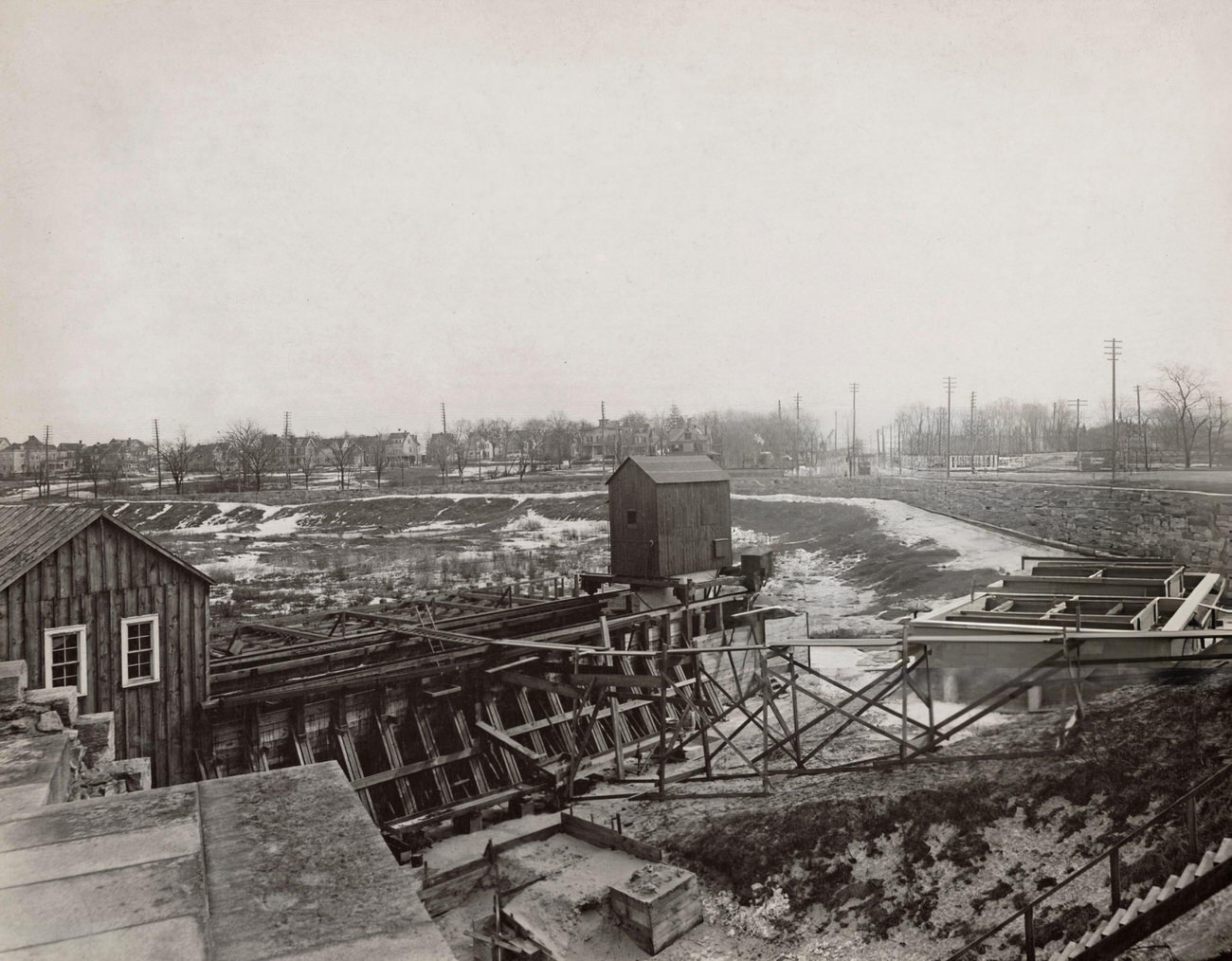
#7 The IRT Third Avenue Line, an elevated railway in Manhattan and the Bronx, 1915.
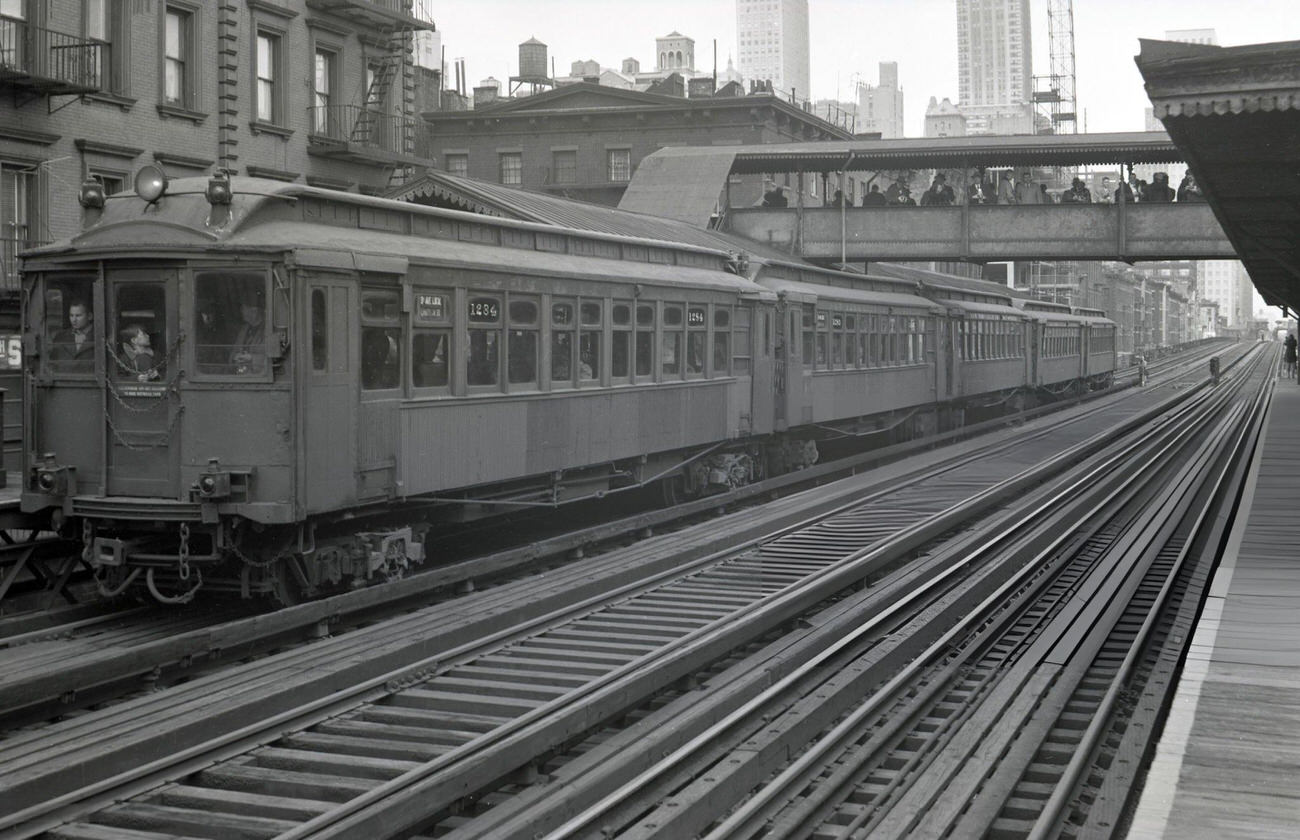
#8 Suffrage Auto Parade in New York City, visiting from the Bronx to Longacre Square, 1915.
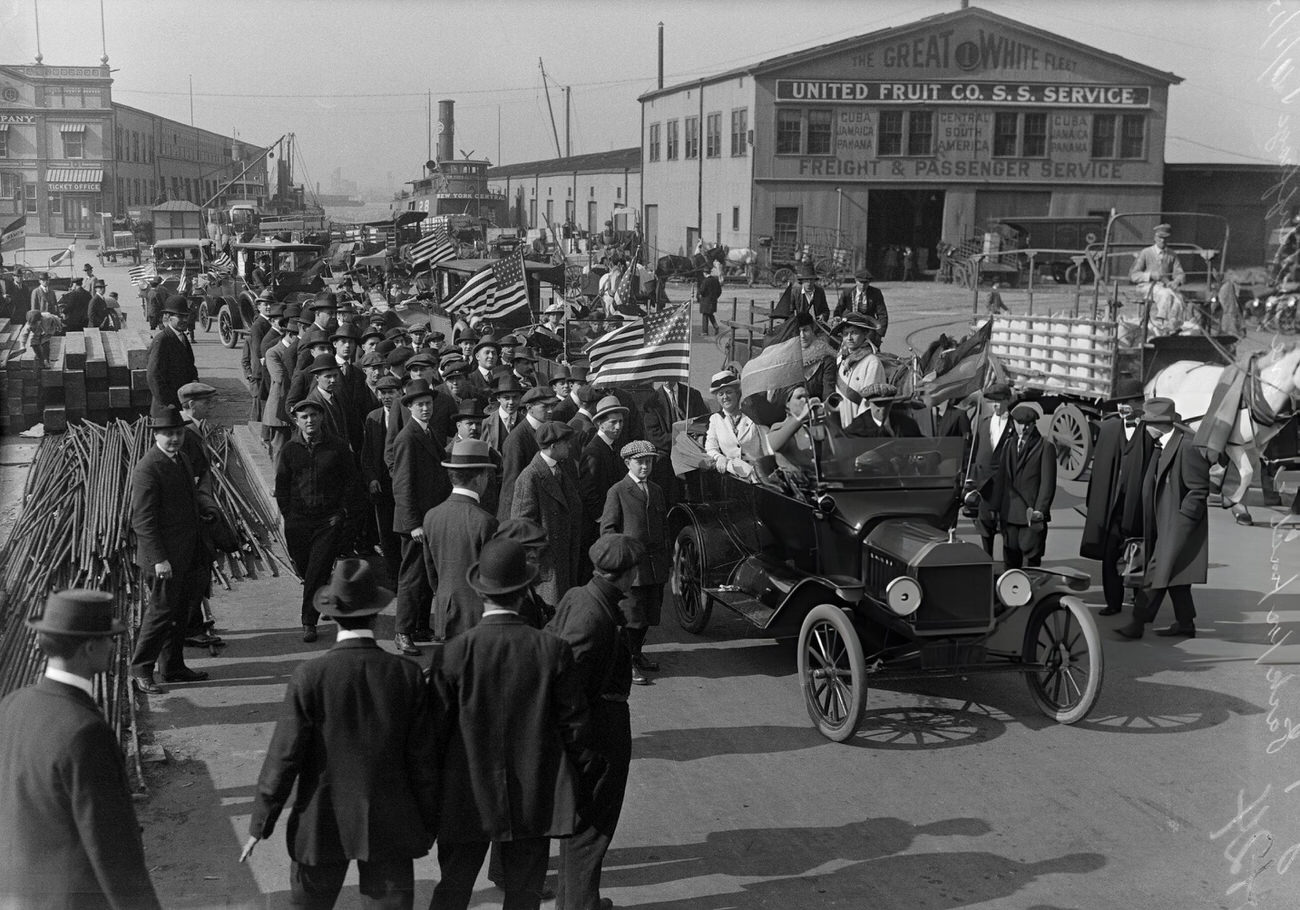
#9 Teen girls having lunch during the Midsummer Day Festival, Pelham Bay Park, Bronx, 1911.
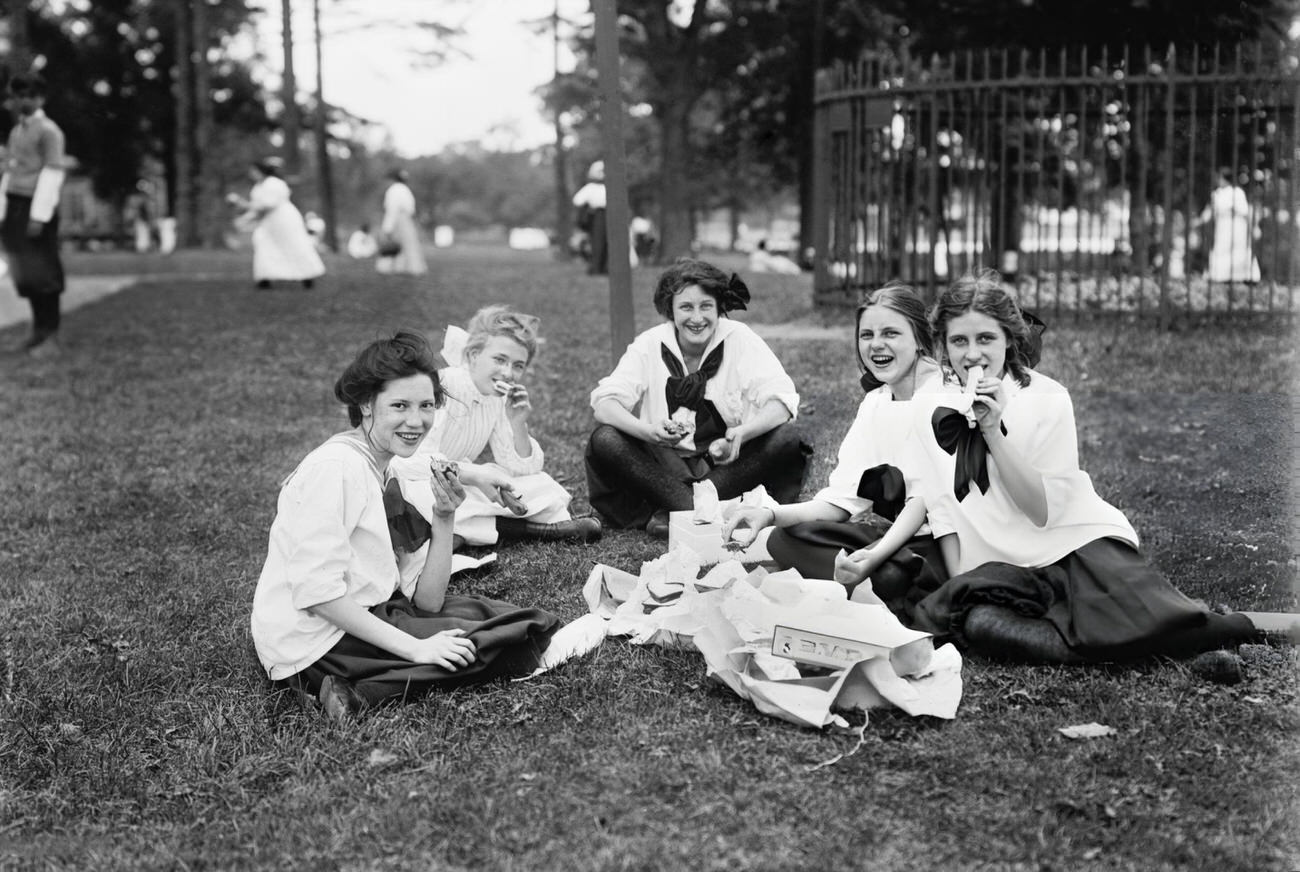
#10 High Bridge connecting Manhattan and the Bronx, New York, 1910s
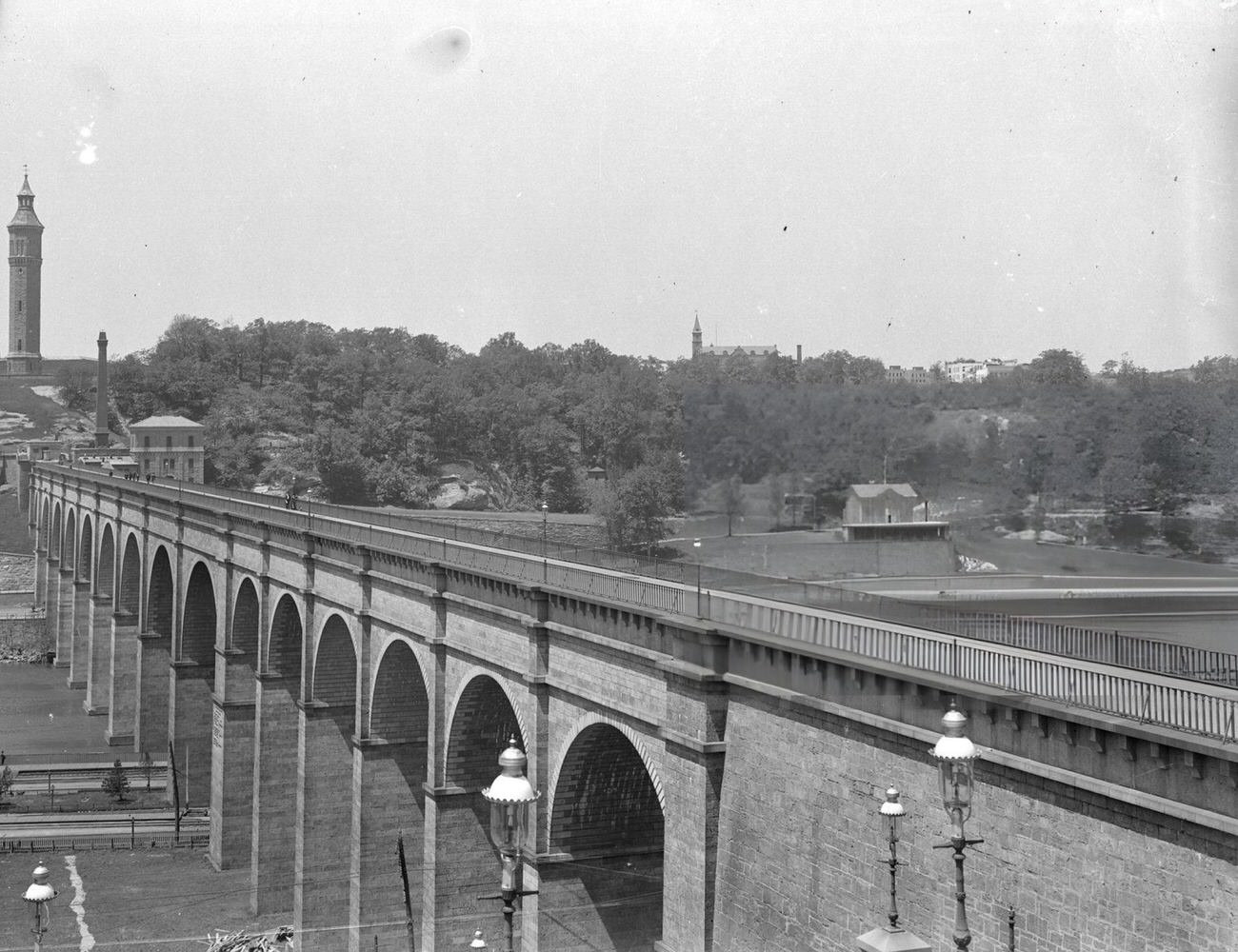
#11 Quarterback throwing a football during a game in Yankee Stadium, Bronx, 1915.
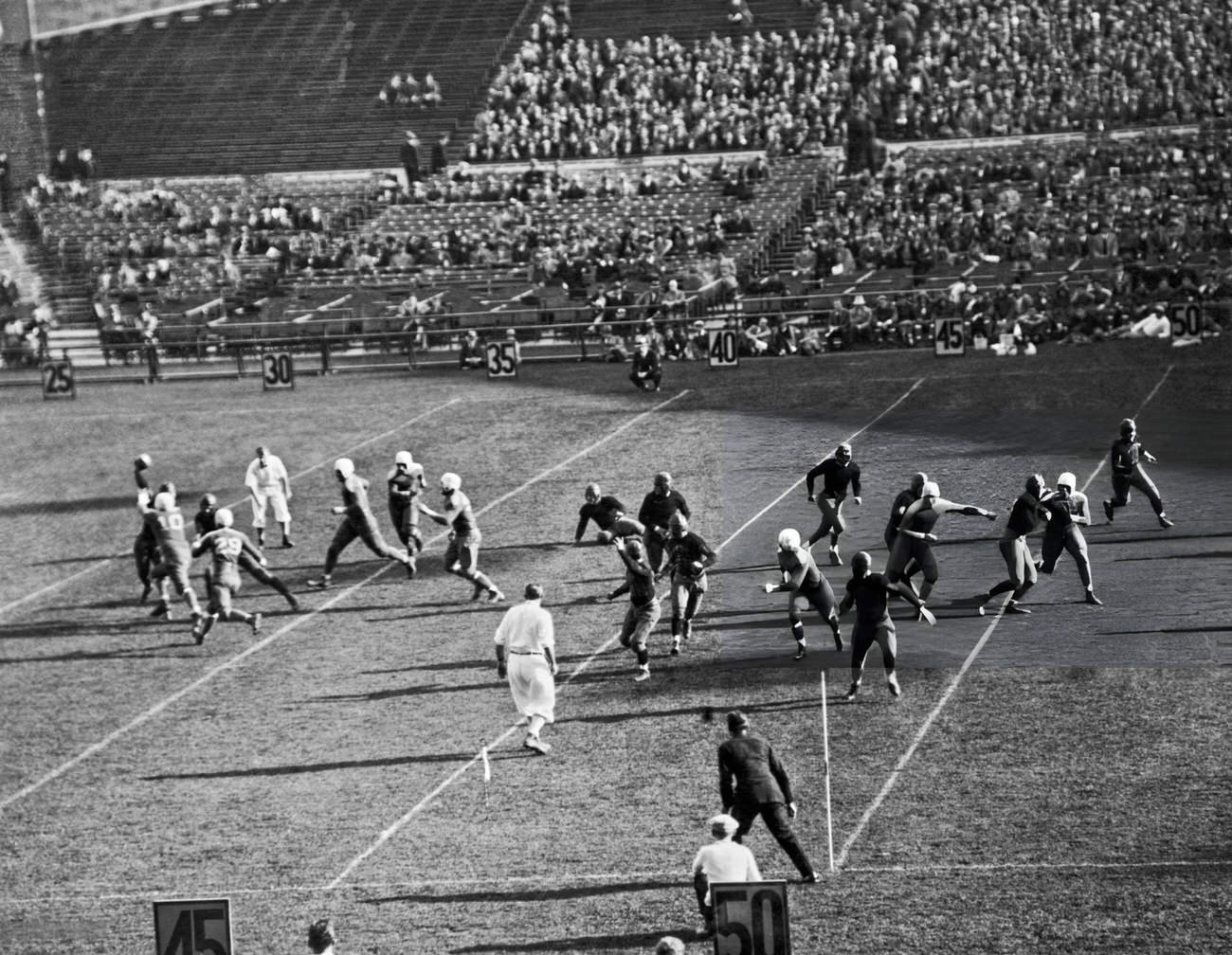
#12 Dr. Abraham Zingher drawing blood for serum treatment of infantile paralysis, Bronx, 1910s
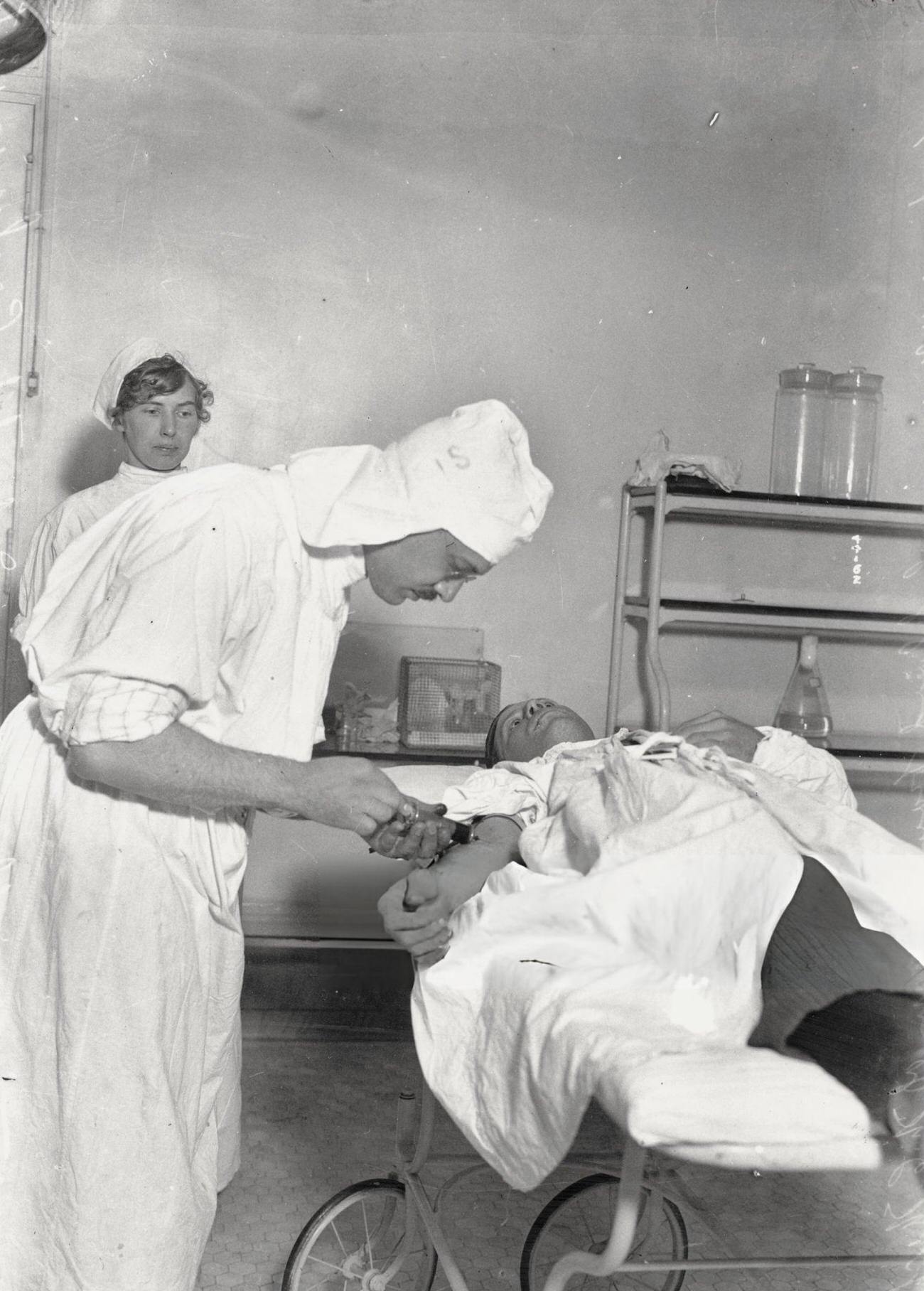
#13 Soldiers at a portable dental ambulance trial at Van Cortlandt Park, Bronx, 1917.
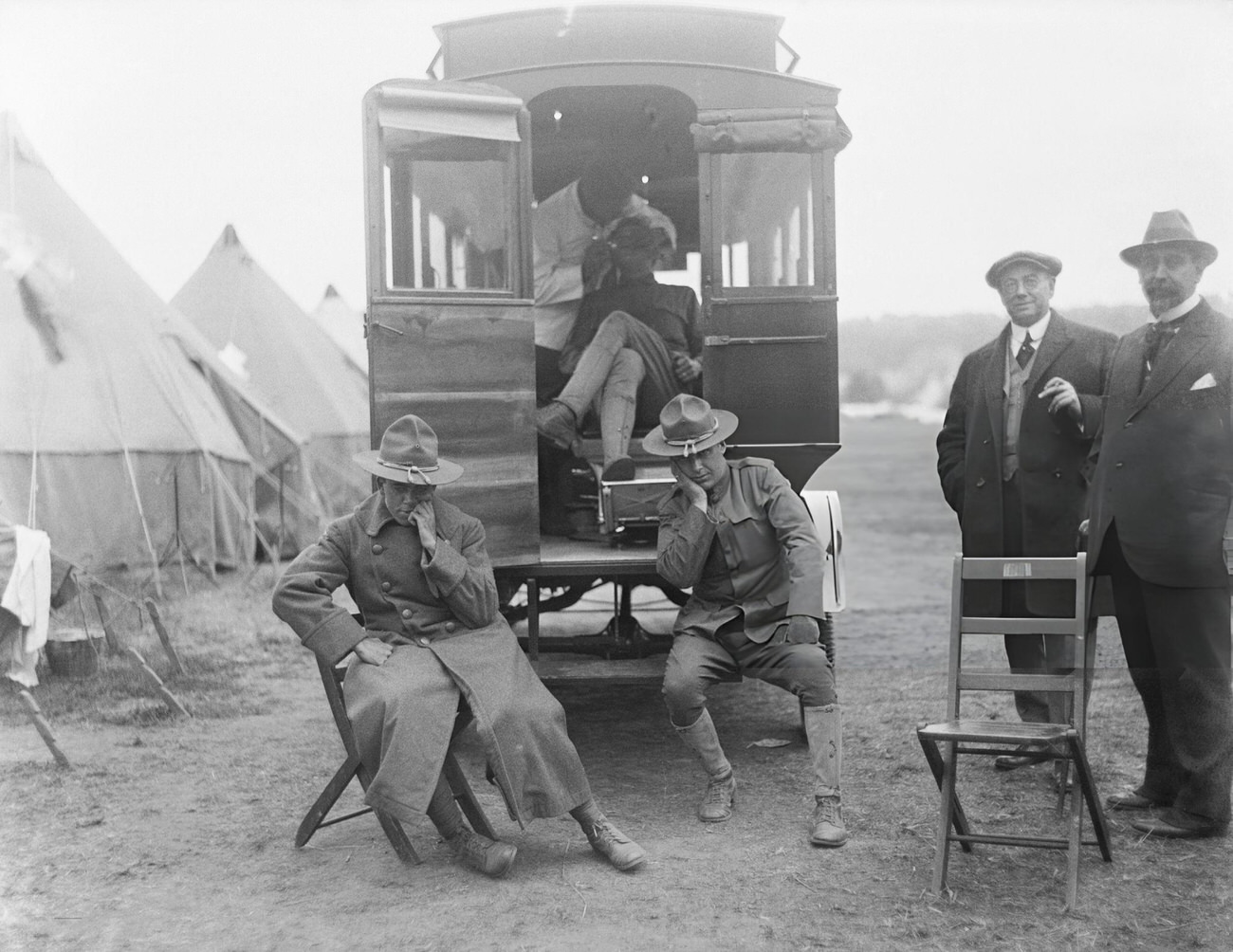
#14 Samler House at the northwest corner of Newton Avenue and W. 254th Street, Bronx, 1910s
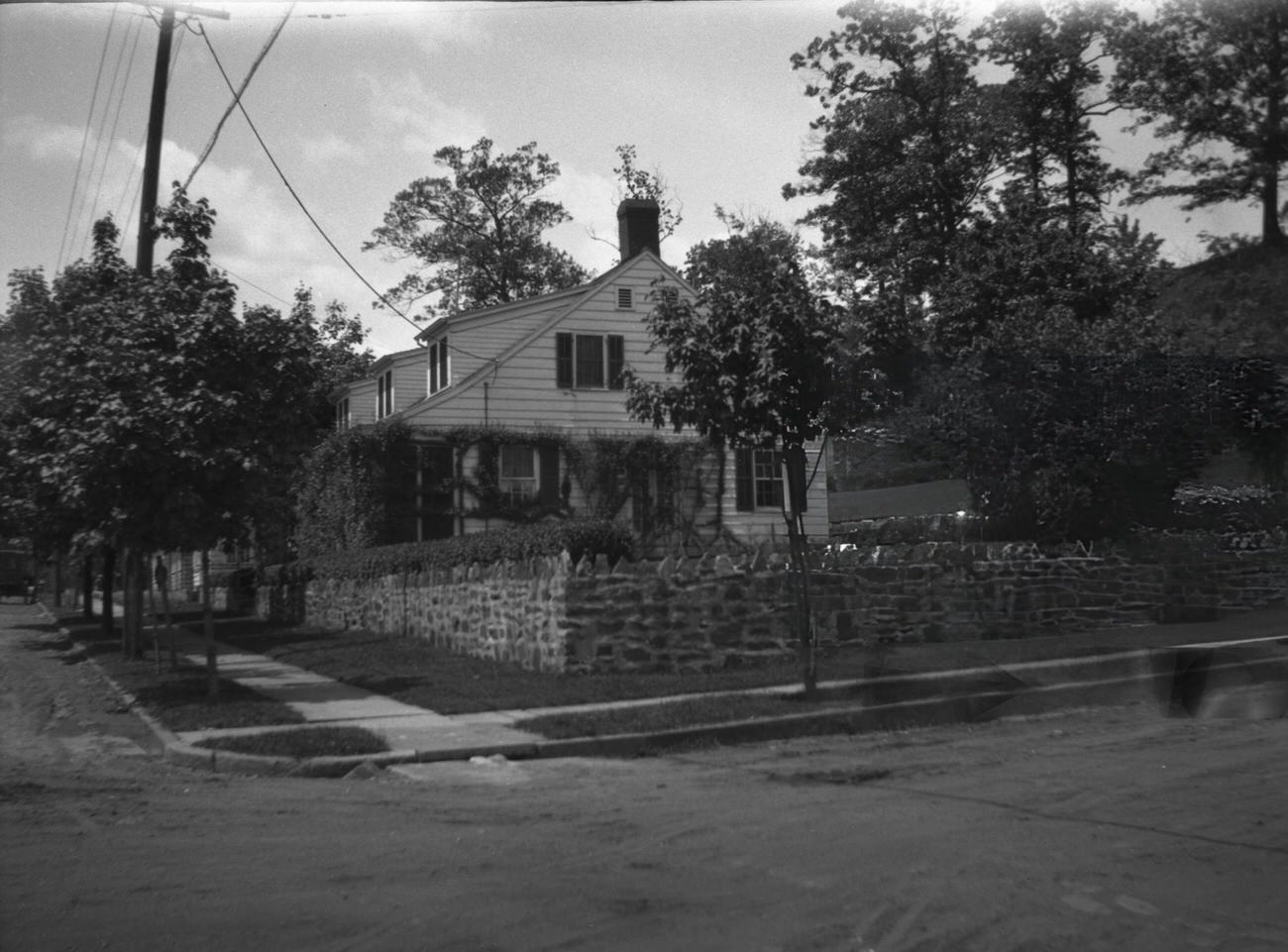
#15 Campsite, Orchard Beach, the Bronx, 1912
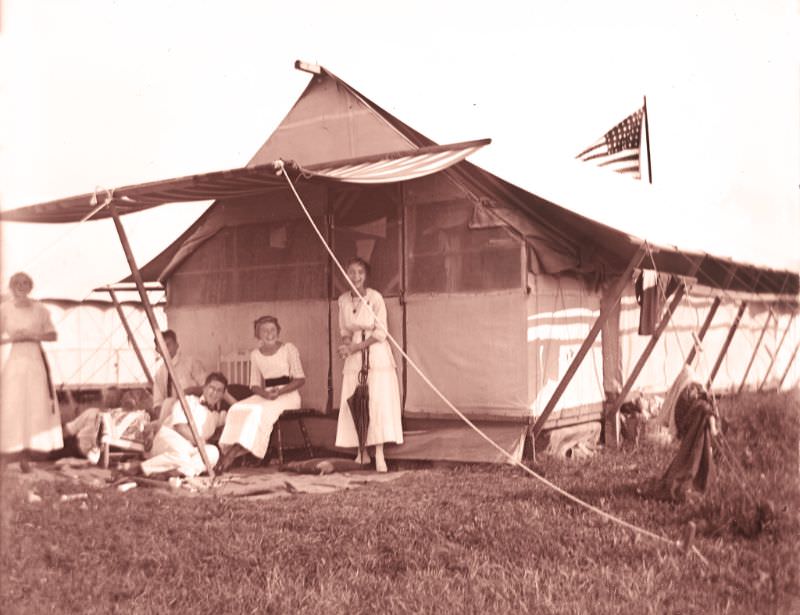
#16 Houseboat Ruby K, Orchard Beach, the Bronx, New York, 1912
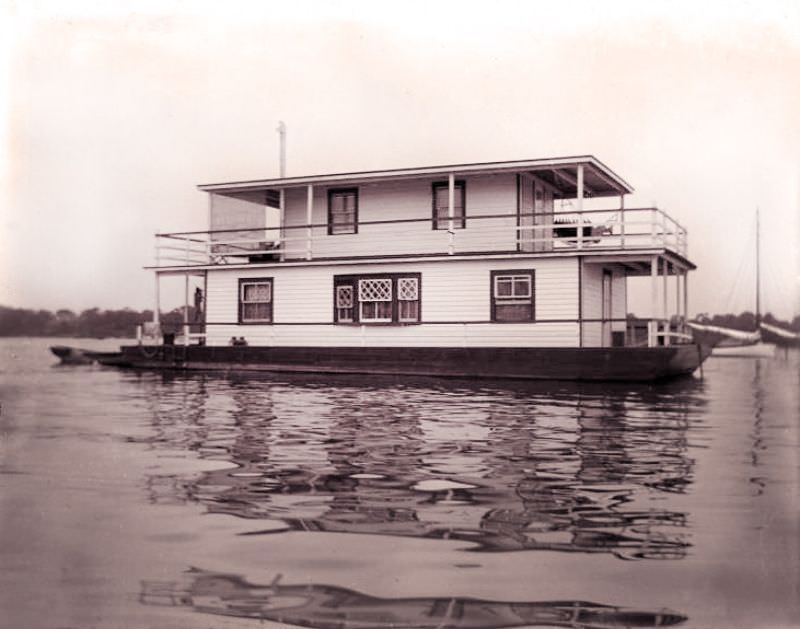
#17 Abandoned house, possibly in Manhattan or the Bronx, circa 1916.
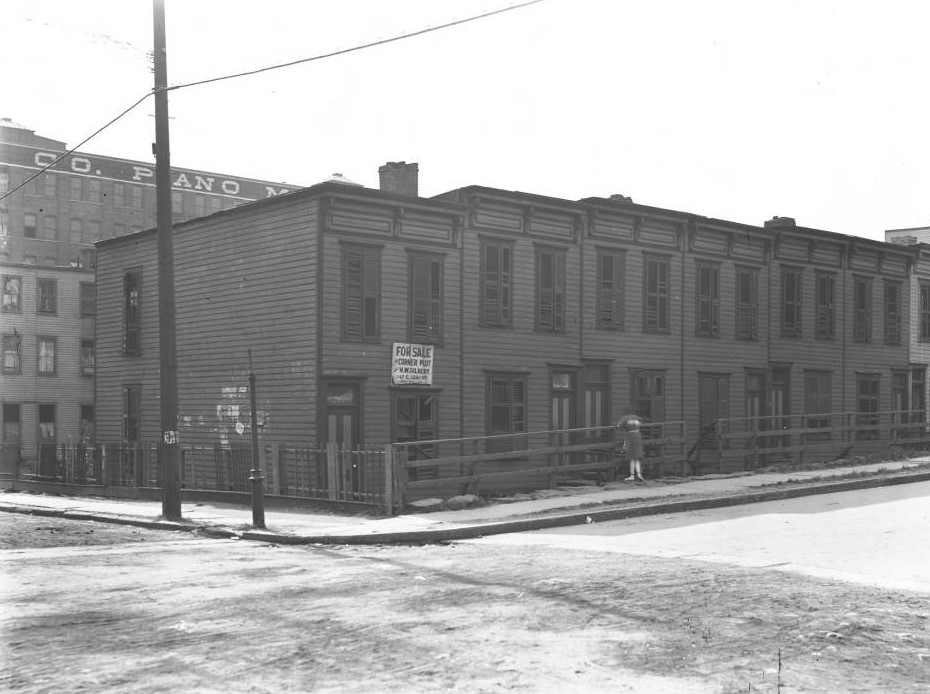
#18 Residence at 2654 Bainbridge Avenue, Bronx, circa 1917.
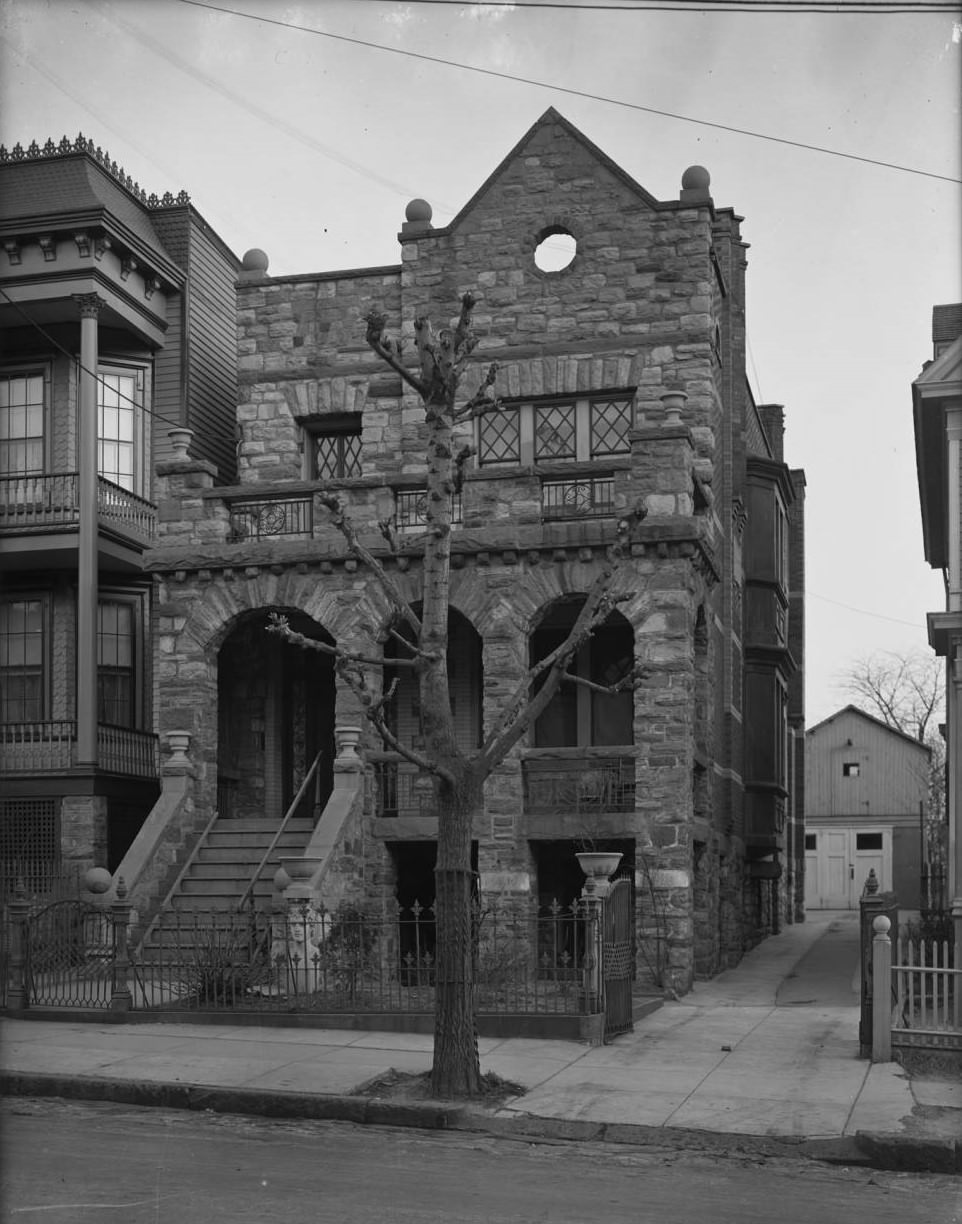
#19 E.W. Szydlowski, undertaker at 634 Morris Avenue, Bronx, 1914.

#20 Webb’s Academy main building, Bronx, circa 1915.
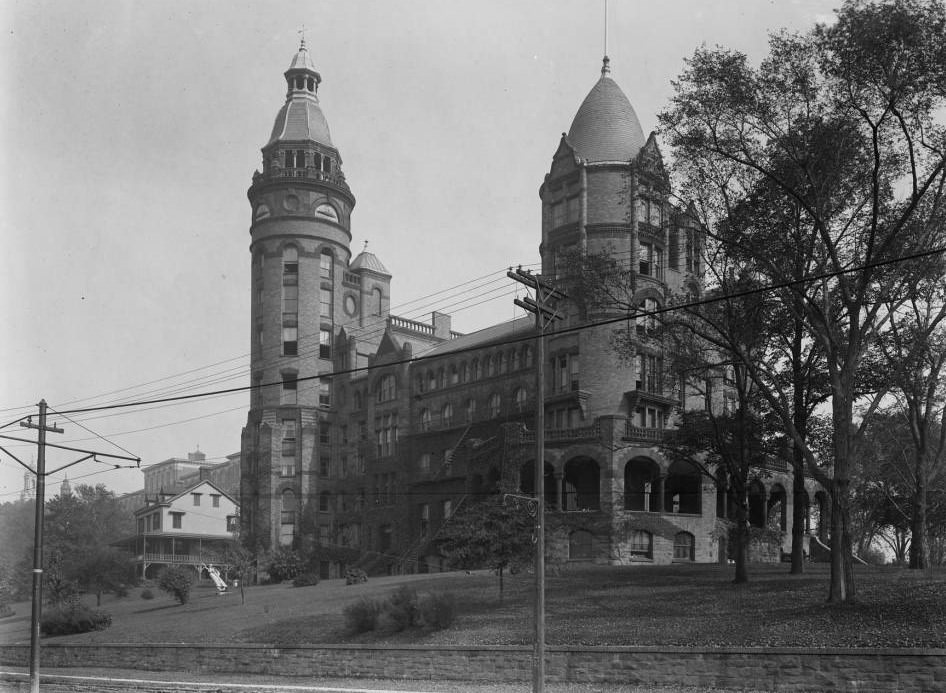
#21 Fordham Manor Reformed Church at 71 West Kingsbridge Road, Bronx, 1911.
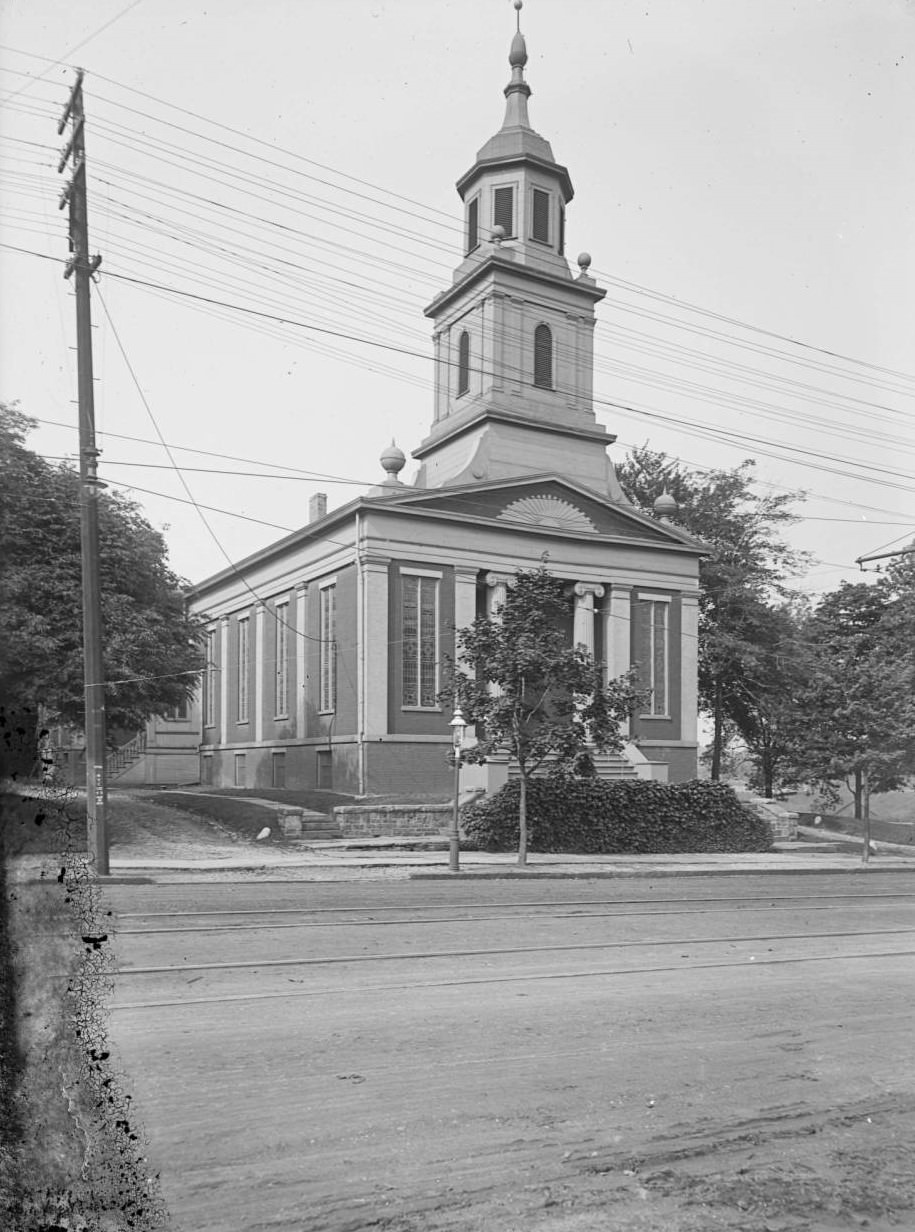
#22 Residences at 2872, 2882, & 2890 Bailey Avenue, Bronx, circa 1917.
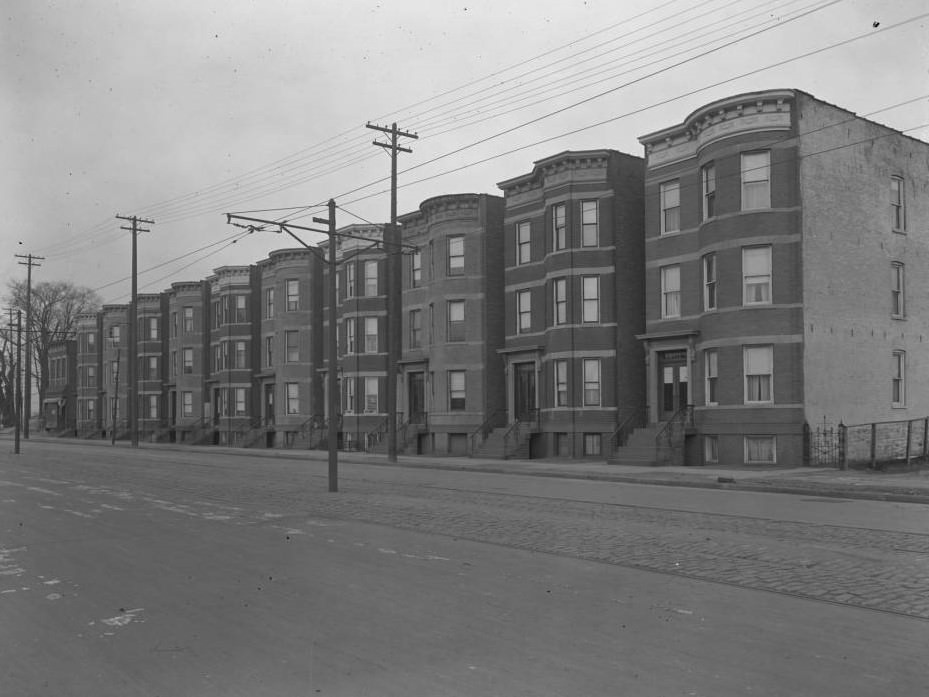
#23 St. Peter’s Church and cemetery on Westchester Avenue, Bronx, 1905.
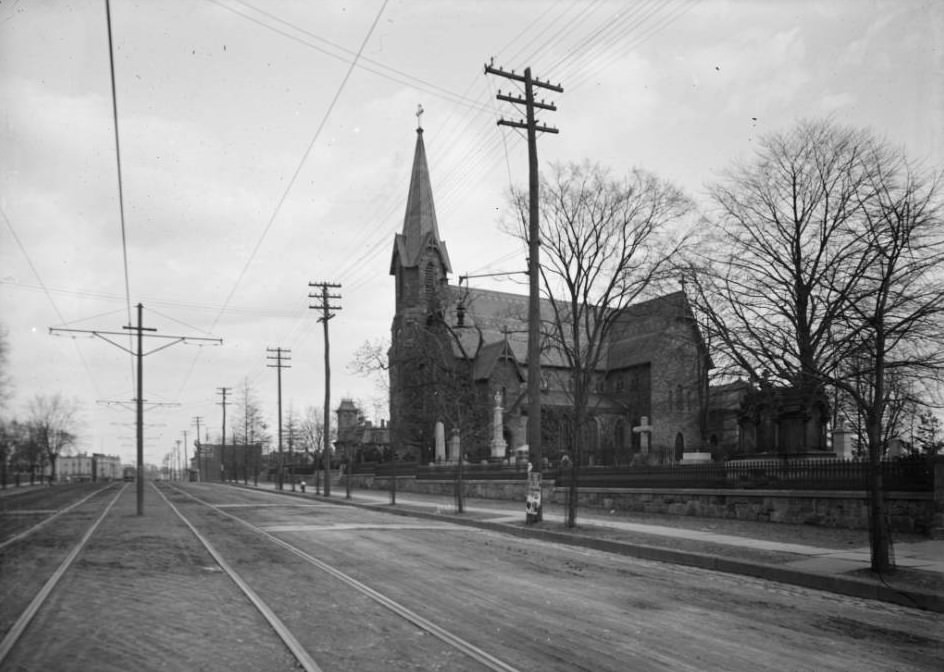
#24 Willis Avenue near 148th Street, Bronx, circa 1919.
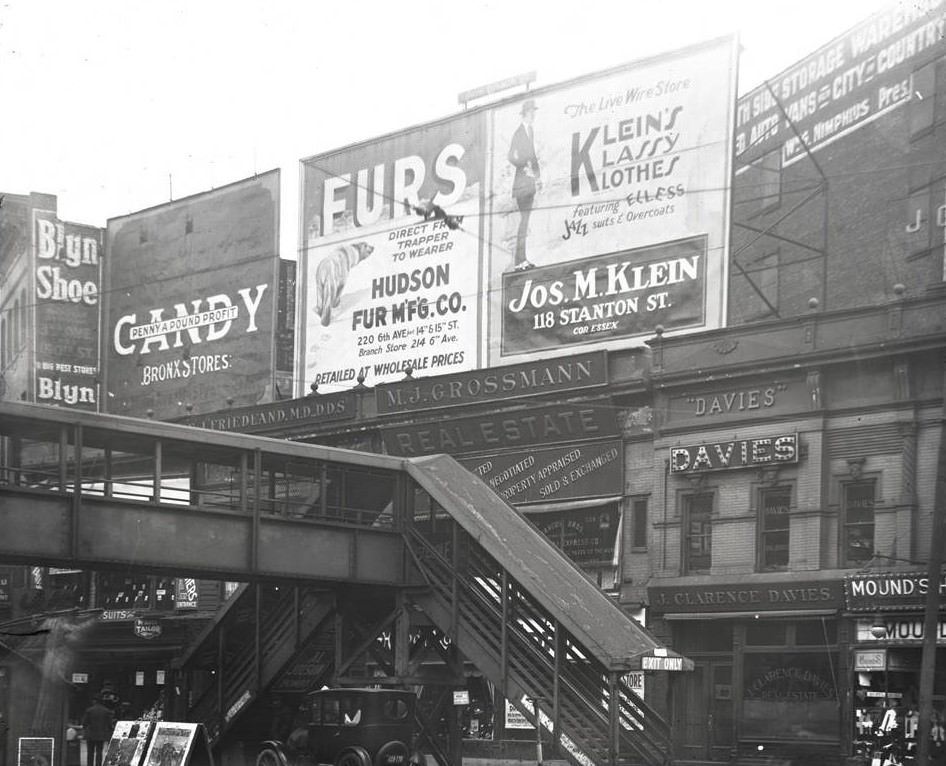
#25 Willis Avenue near 148th Street, Bronx, circa 1919.
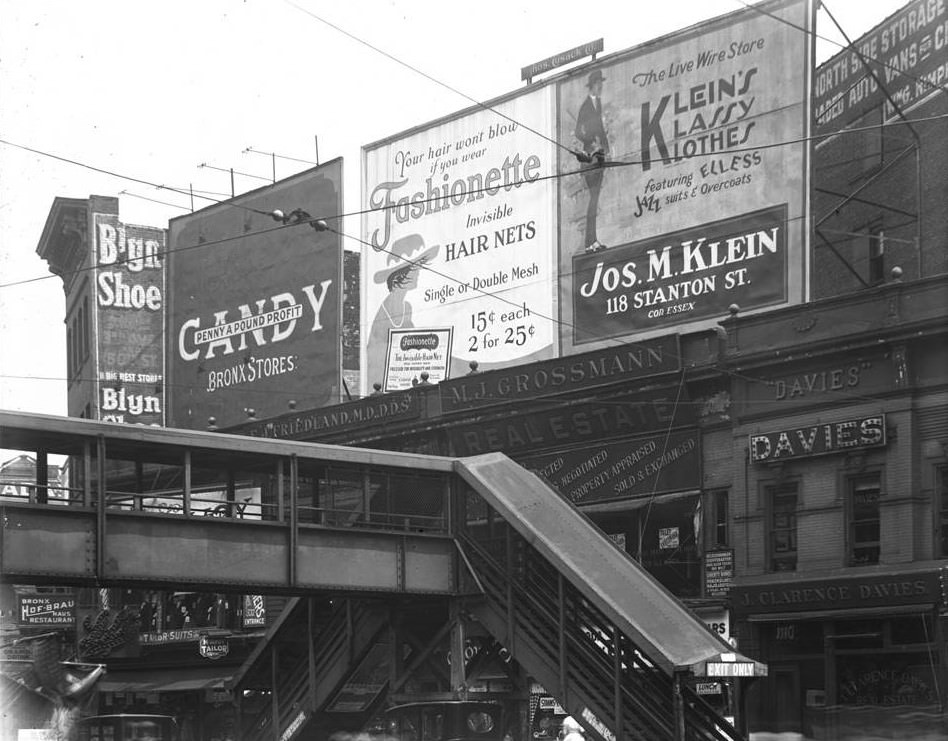
#26 Third Avenue and East 166th Street, Bronx, 1919.
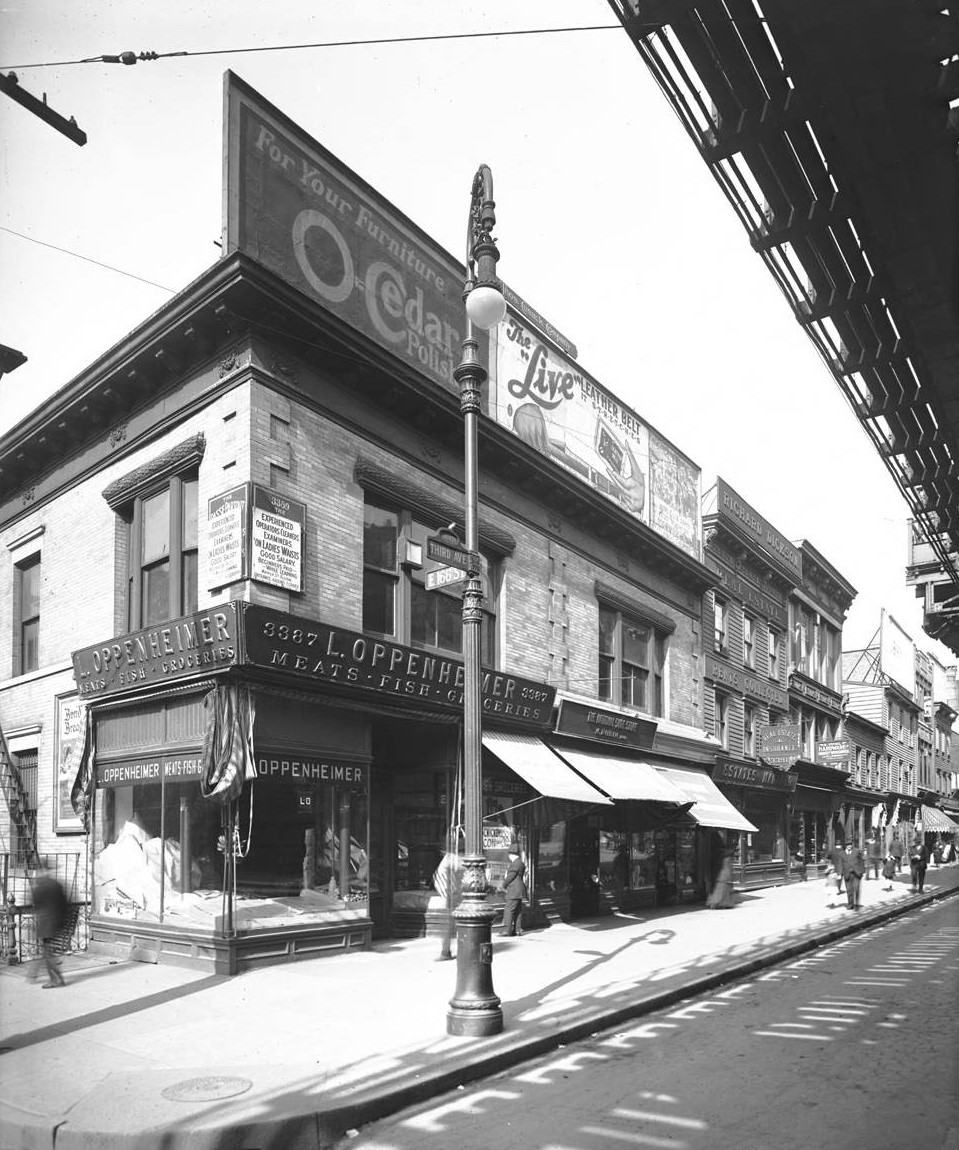
#27 A apartment building, possibly in Brooklyn or the Bronx, circa 1912.
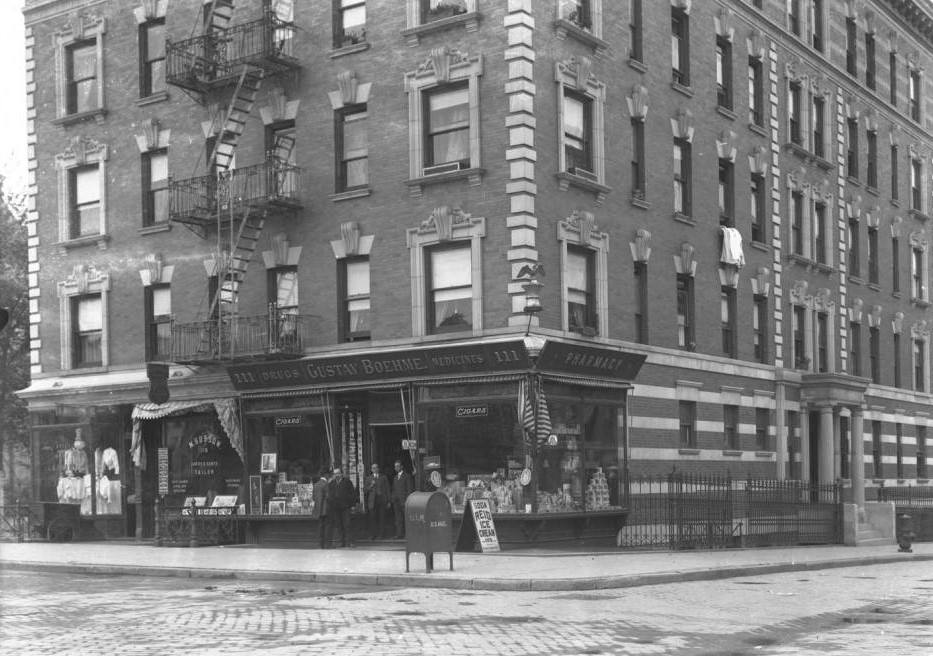
#28 A apartment building in Bronx with a trolley, circa 1916.
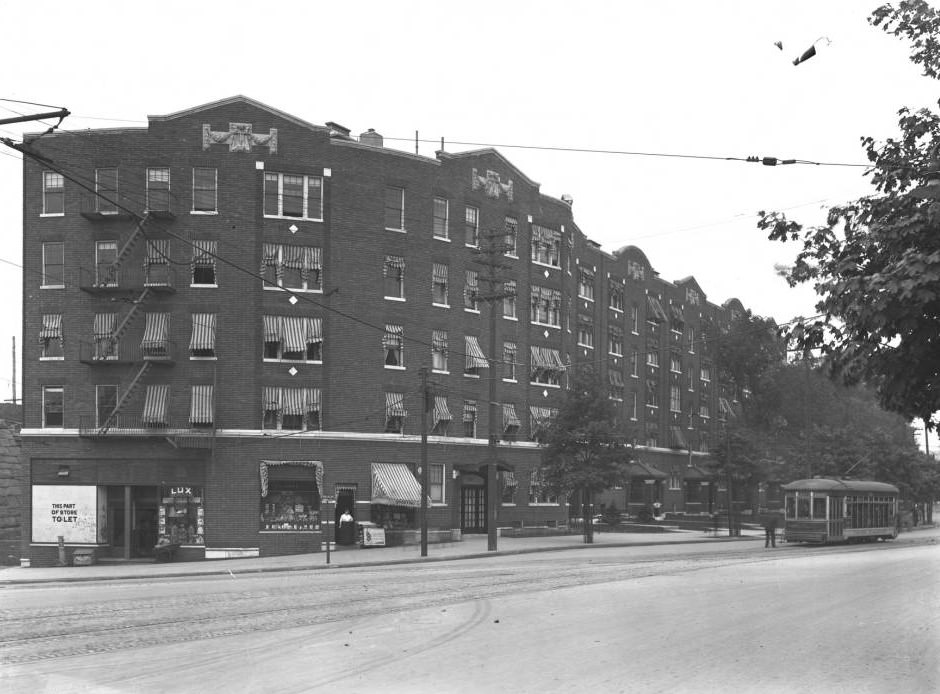
#29 Baseball game action shot, possibly in the Bronx, circa 1918.
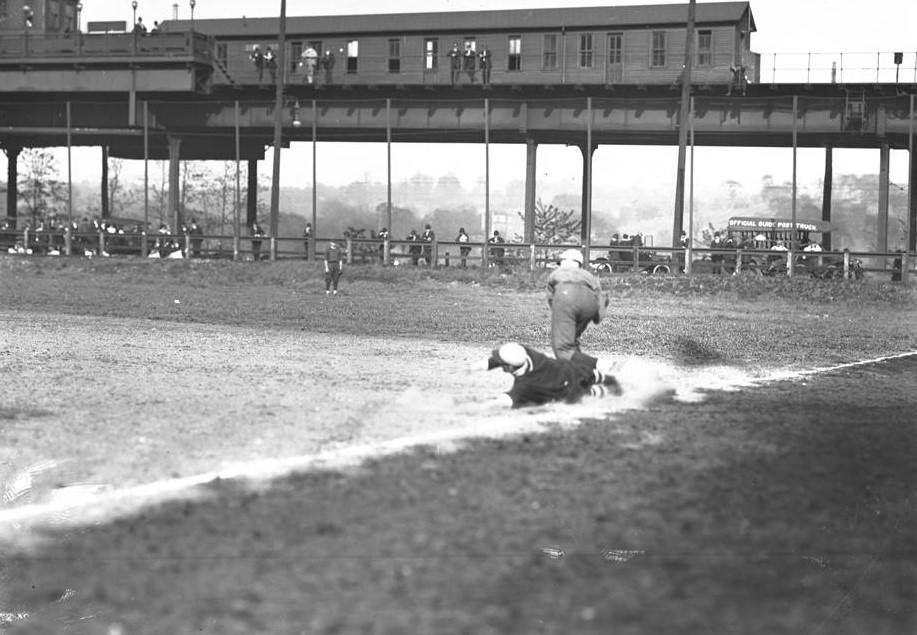
#30 Apartments on Sedgewick Avenue south of Fordham Road, Bronx, 1916.
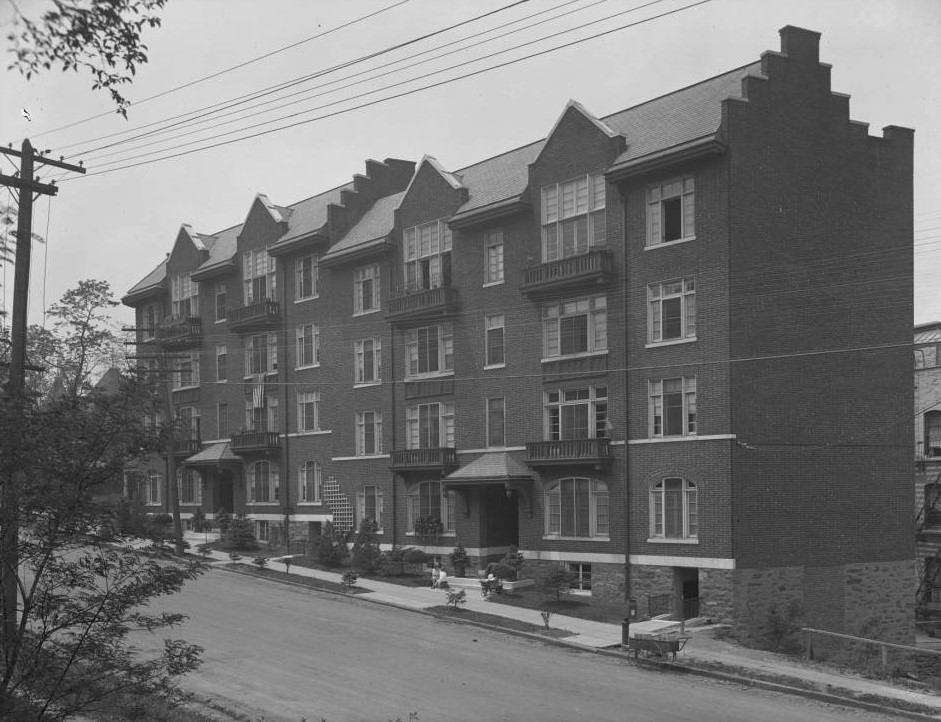
#31 Small parade on Kingsbridge Avenue, Bronx, 1916.
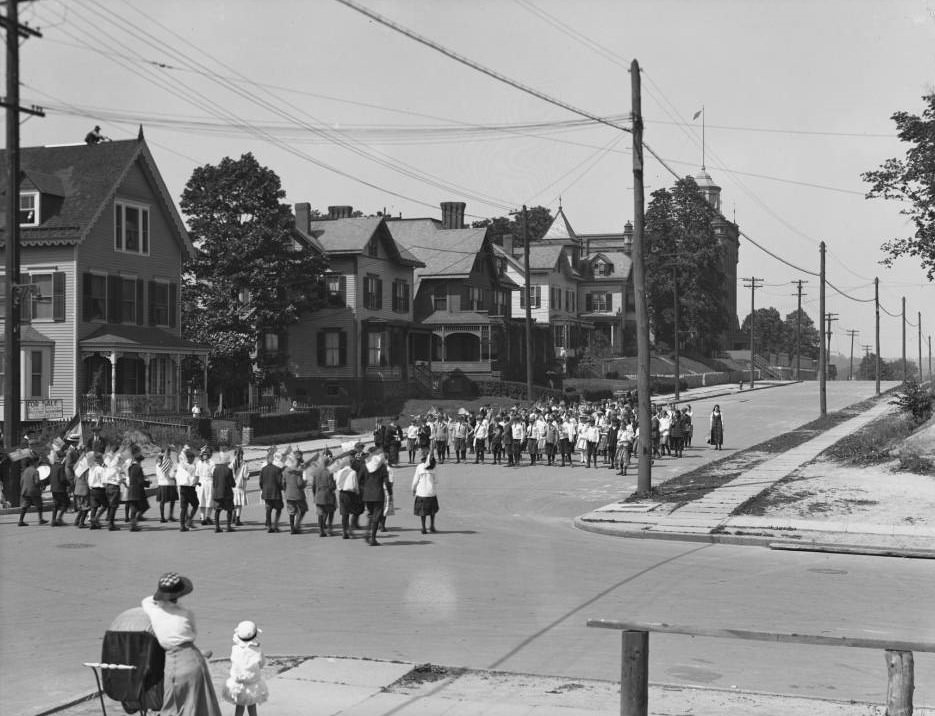
#32 Churches on Kingsbridge Avenue, Bronx, 1916.
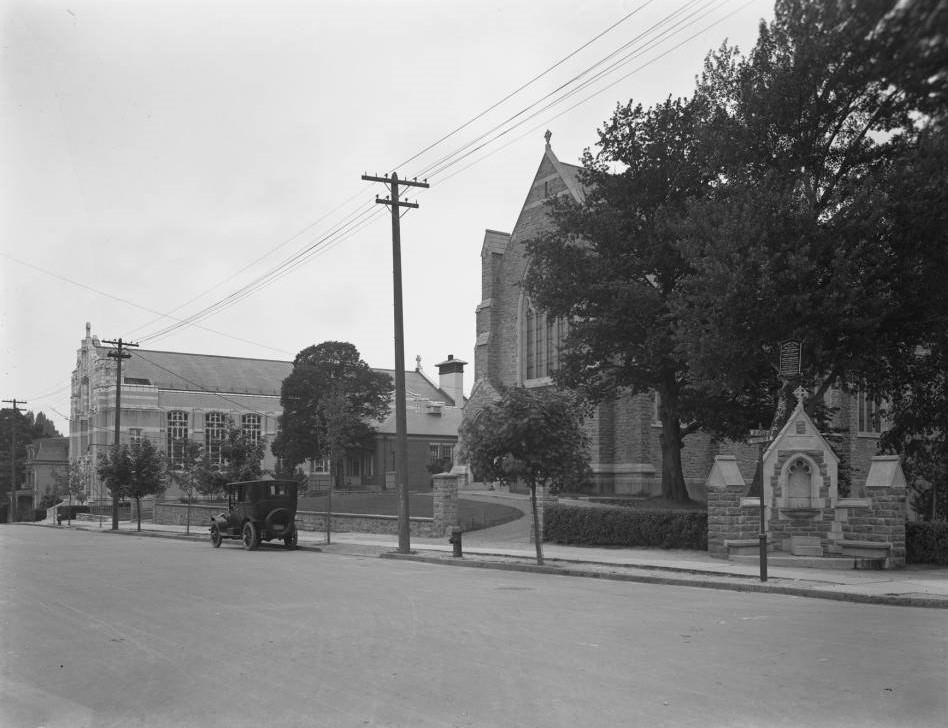
#33 P.S. 7 at 232nd Street and Kingsbridge Avenue, Bronx, 1916.
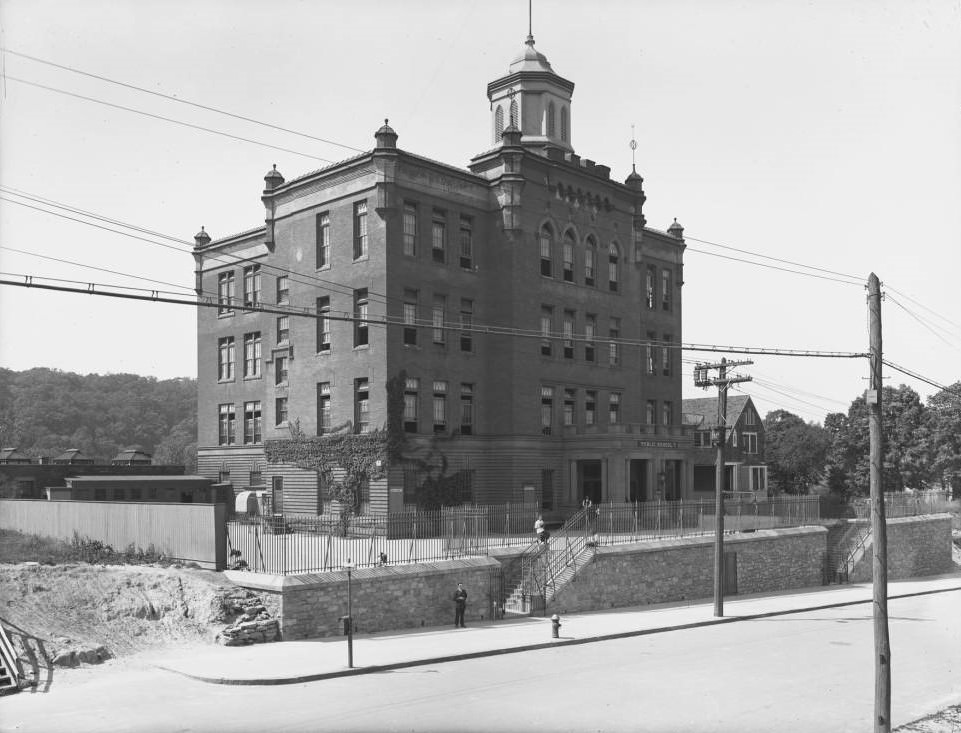
#34 Bailey Avenue looking north from Albany Crescent, Bronx, 1916.
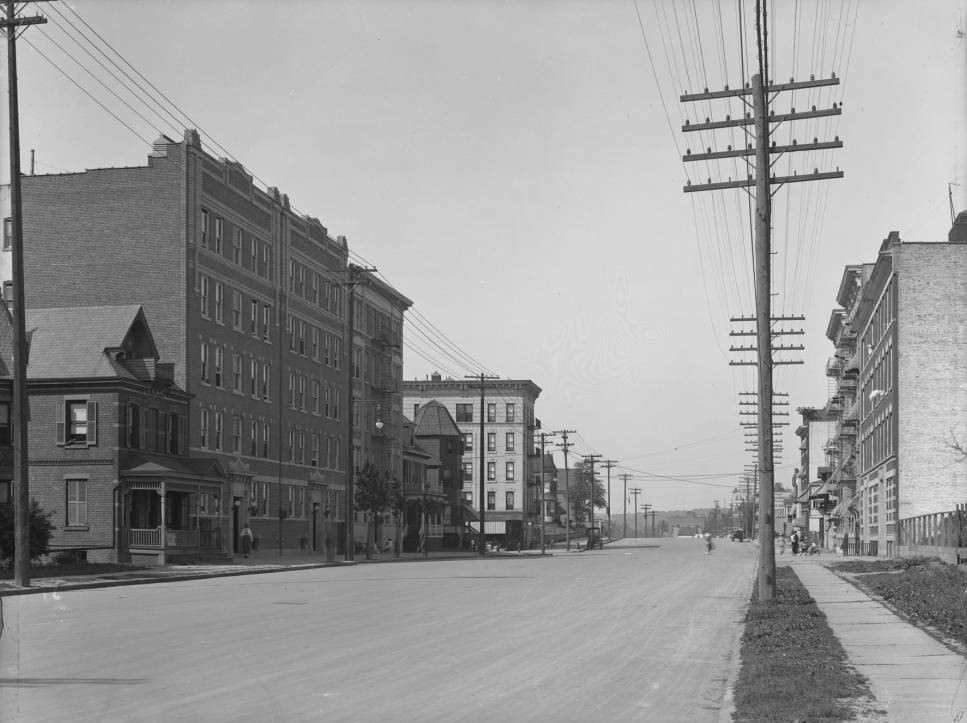
#35 Seton Hall, Eastchester, Bronx, 1913.
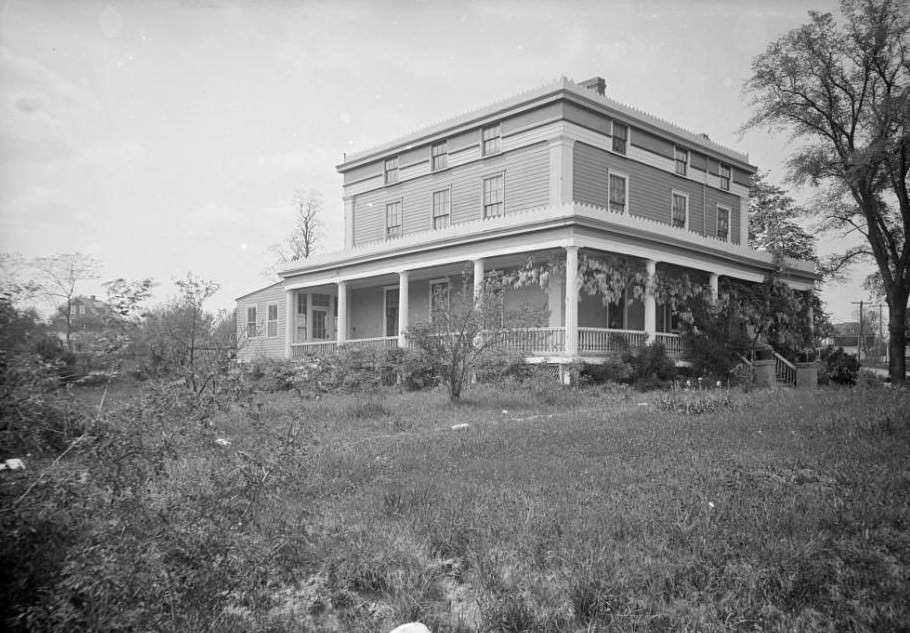
#36 View of E. 231st Street from Albany Crescent, Bronx, 1916.
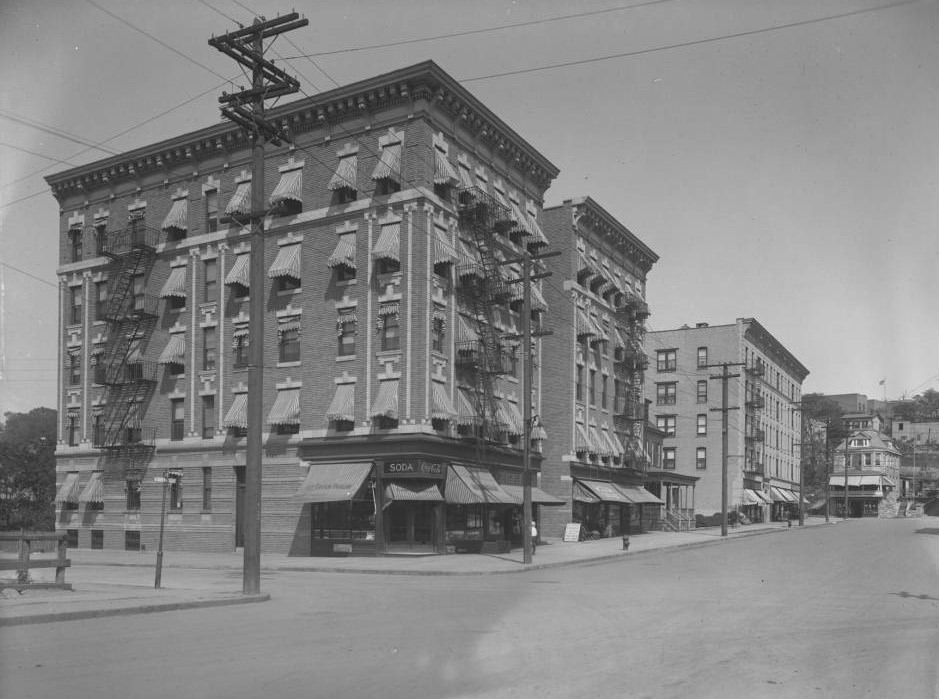
#37 Ratsey & Lapthorne sail loft building, City Island, Bronx, 1917.
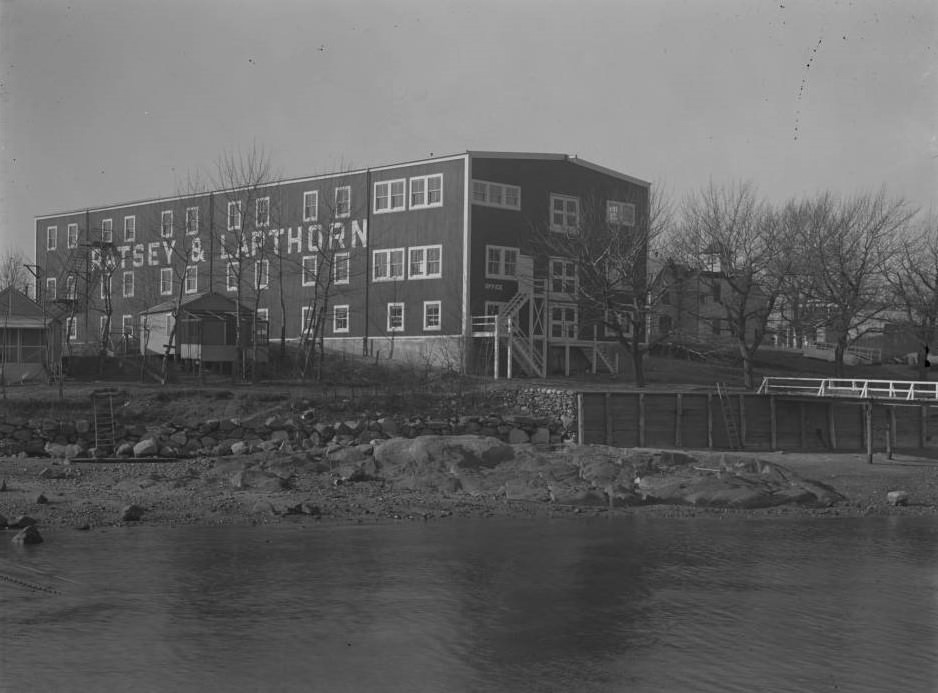
#38 Row of houses on Eagle Avenue, Bronx, circa 1916.
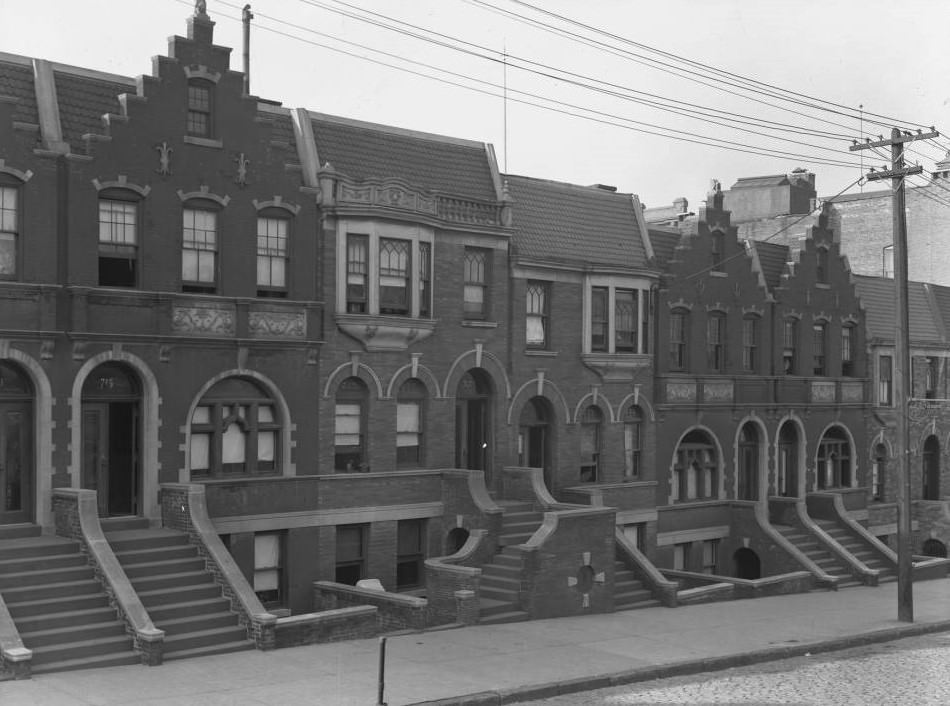
#39 A residential street towards an industrial district, Bronx, circa 1916.
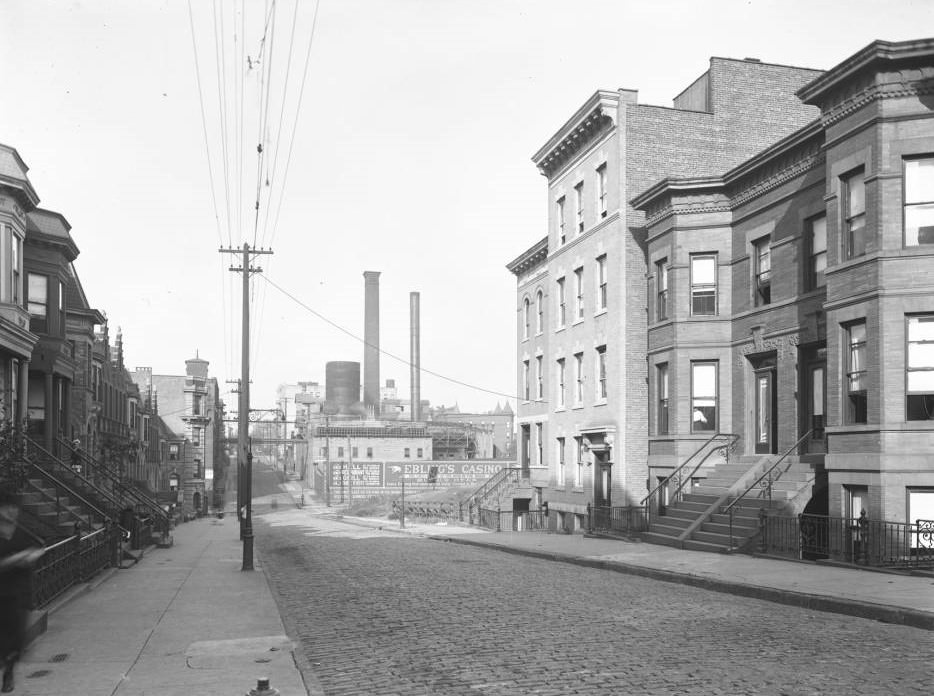
#40 Webb’s Academy main building, Bronx, 1915.
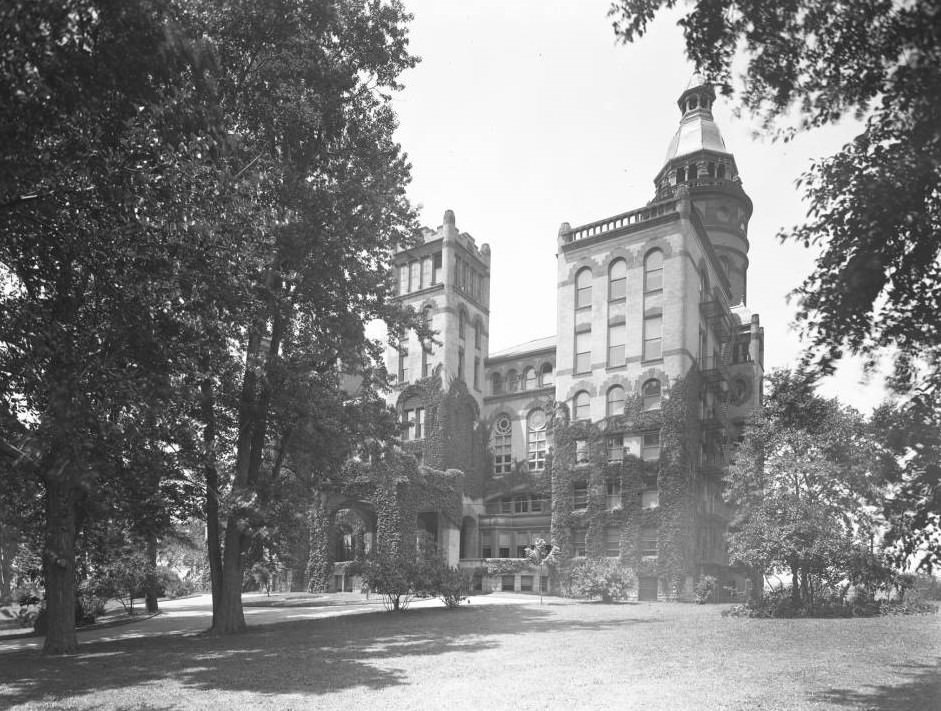
#41 729 Eagle Avenue, Bronx, circa 1916.
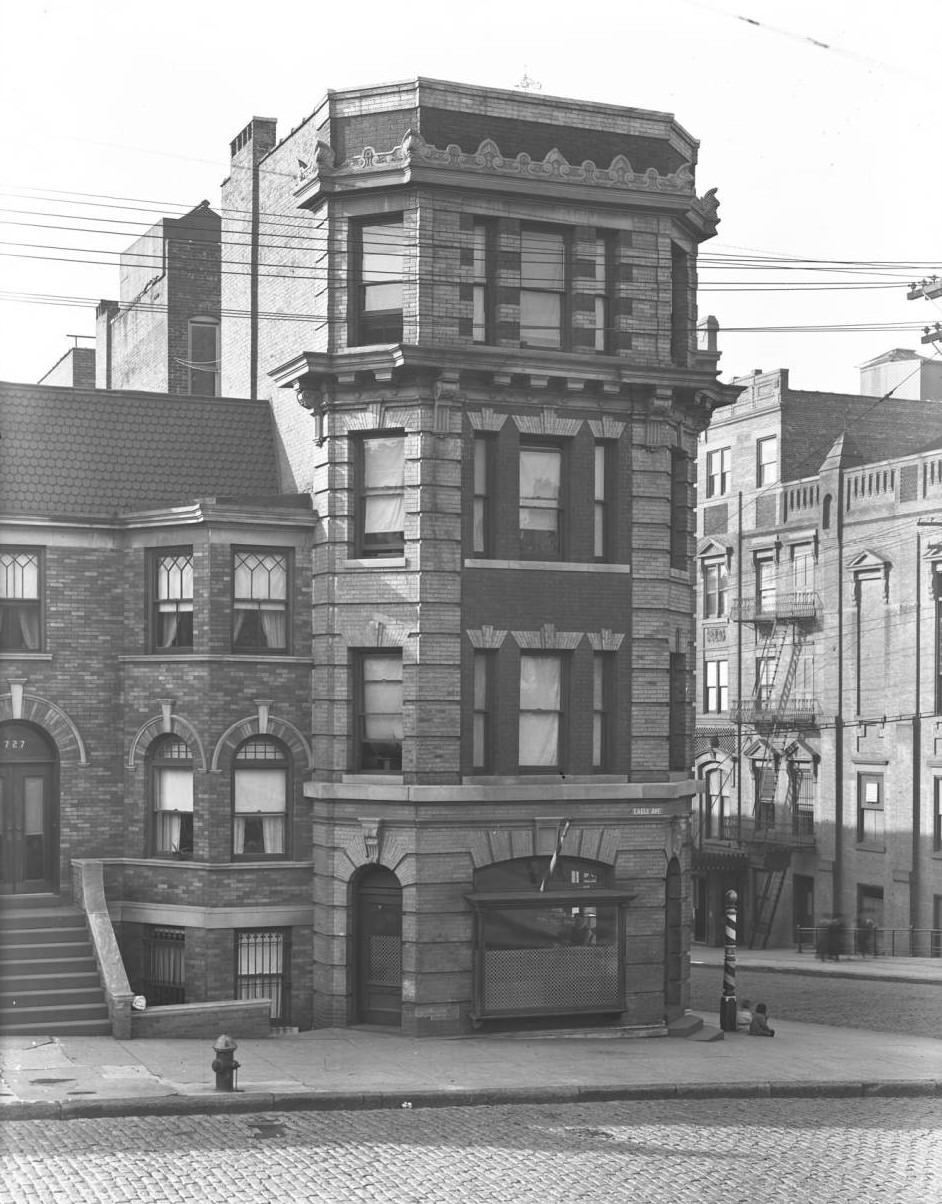
#42 Apartment building at E. 156th Street and Hewett Place, Bronx, circa 1916.
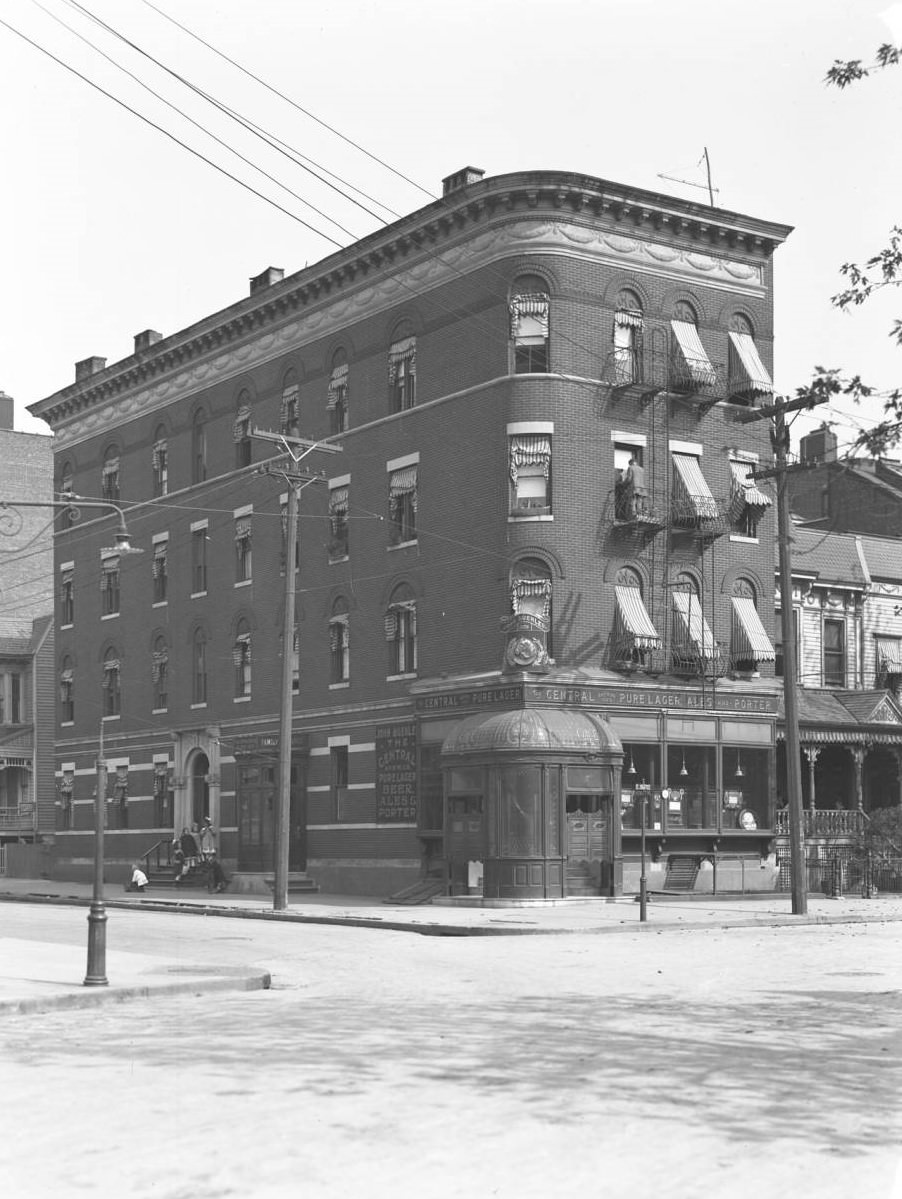
#43 View south down Eagle Avenue from E. 156th Street, Bronx, circa 1916.
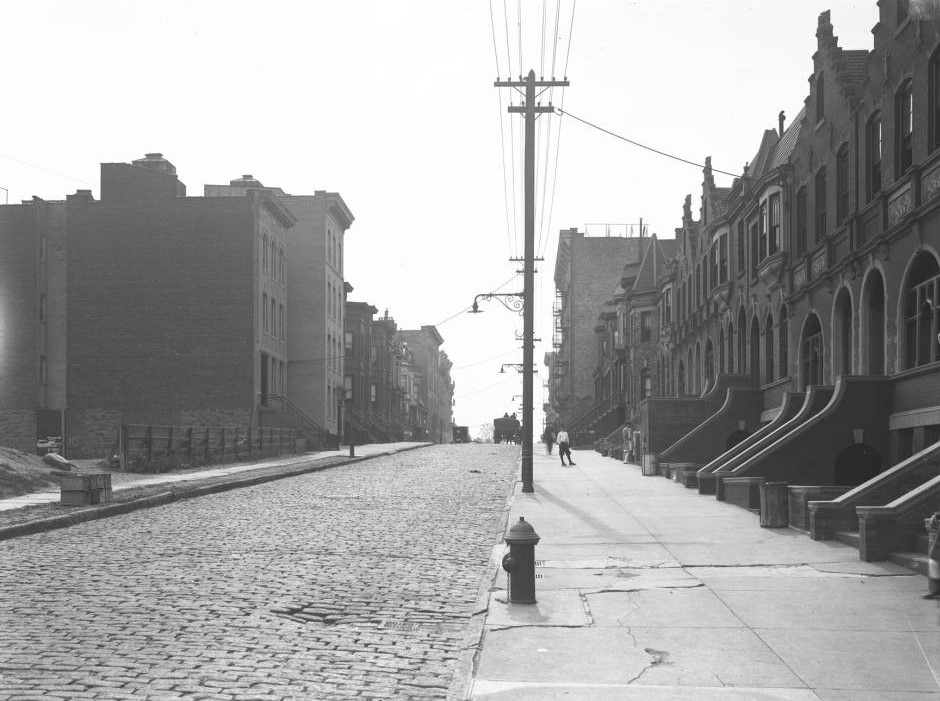
#44 957 Hoe Avenue, Bronx, circa 1916.
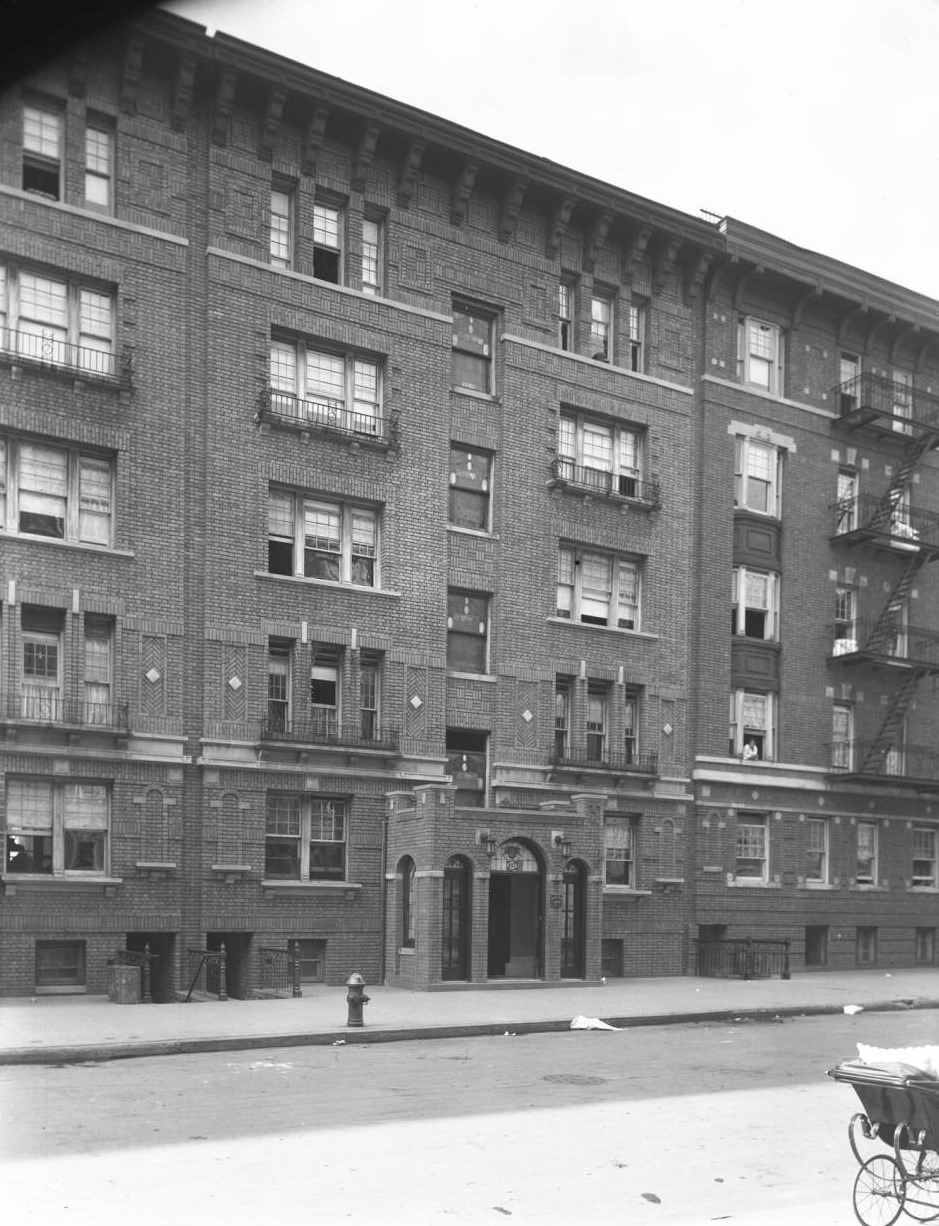
#45 986 to 1004 Tinton Avenue, Bronx, 1915.
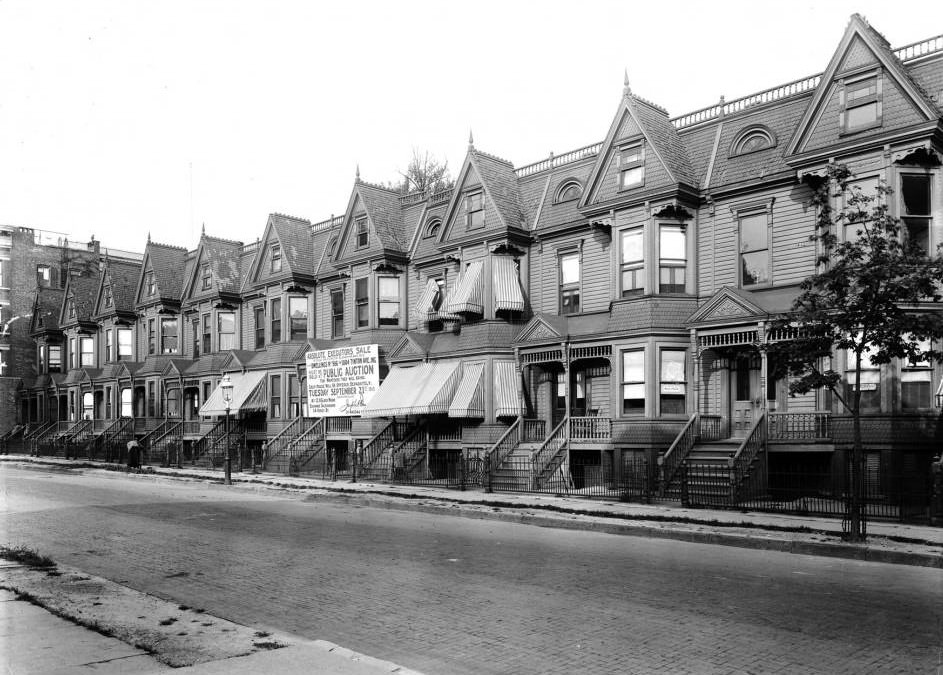
#46 1157 – 1159 Fulton Avenue, Bronx, 1915.
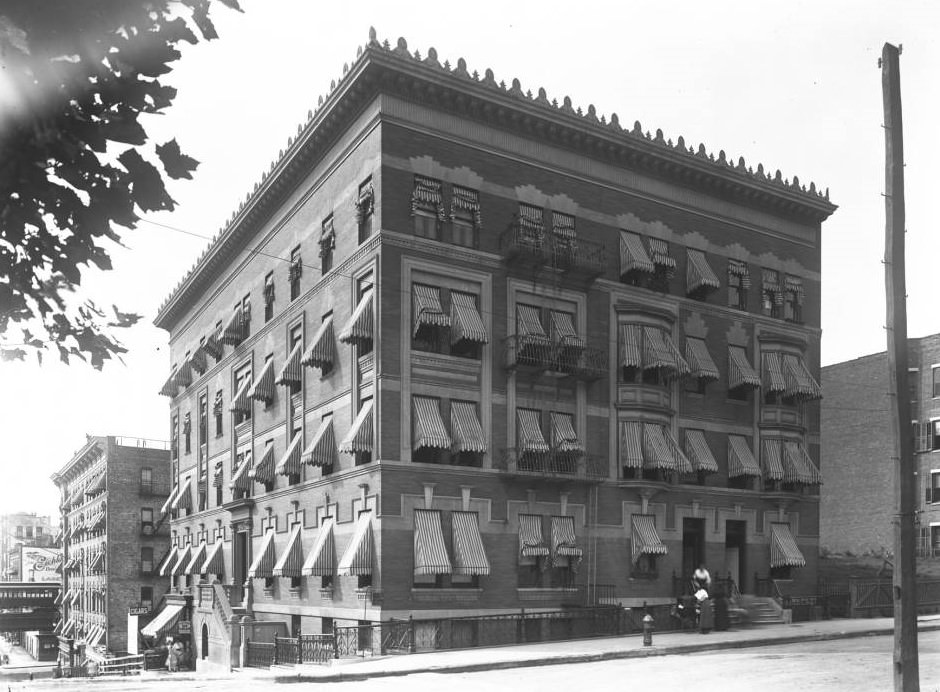
#47 A neighborhood with tree-lined street, possibly in the Bronx, circa 1916.
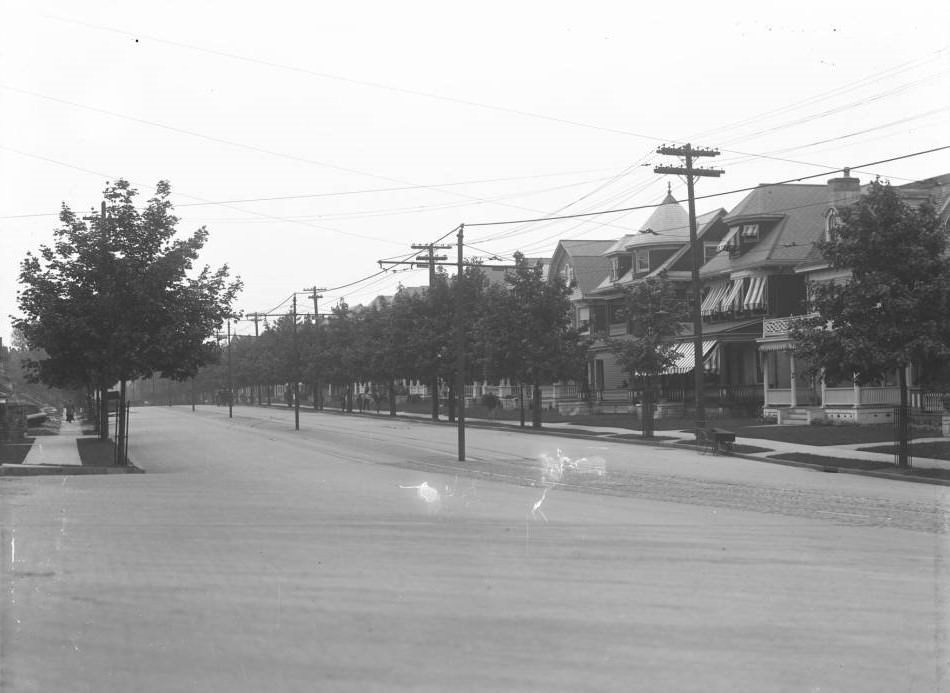
#48 North view of Webb’s Academy, Bronx, 1914.
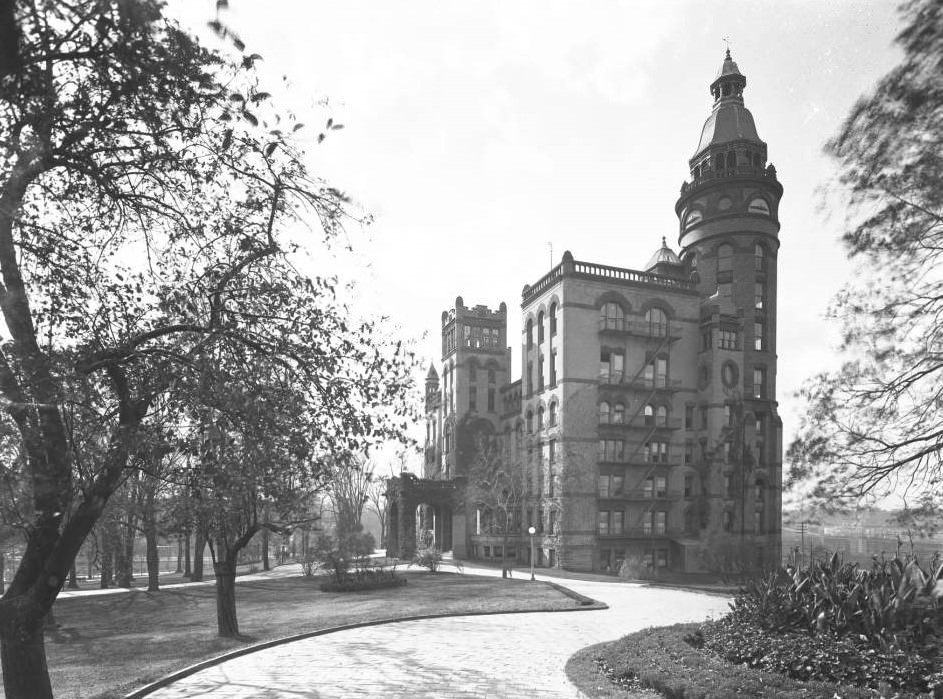
#49 167th Street elevated subway station, Bronx, circa 1918.

#50 House at 1510 South Beach Street, Morris Park, Bronx, 1914.
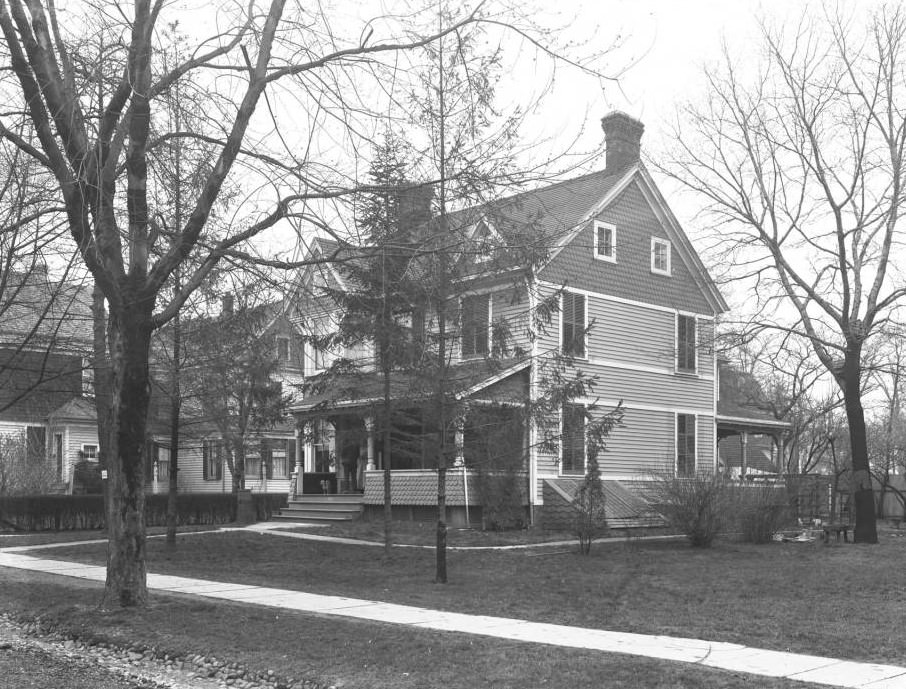
#51 Grossman & Rosenbaum Iron Works, Willow Avenue and E. 133rd Street, Bronx, 1918.
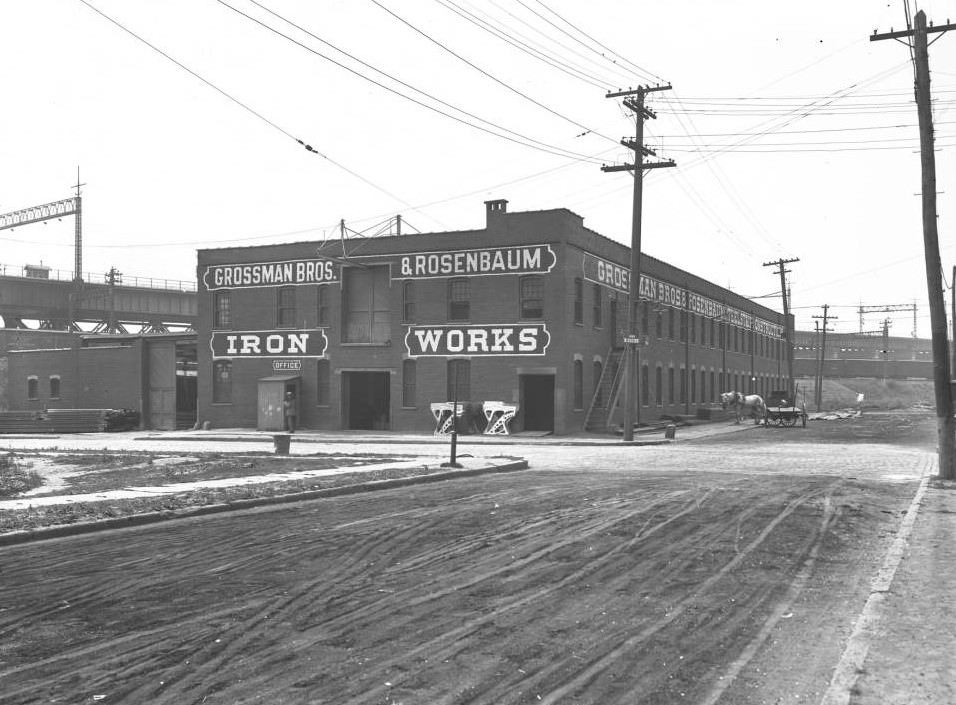
#52 Van Cortlandt Park visitors near the 242nd Street subway station, Bronx, 1914.
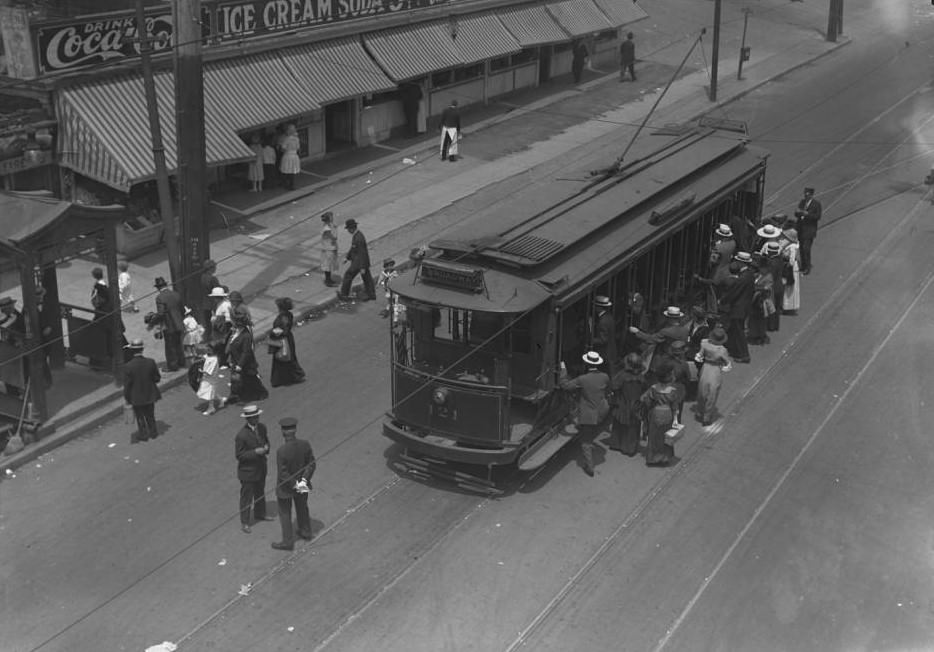
#53 House at 3367 Sedgwick Avenue, Bronx, 1914.
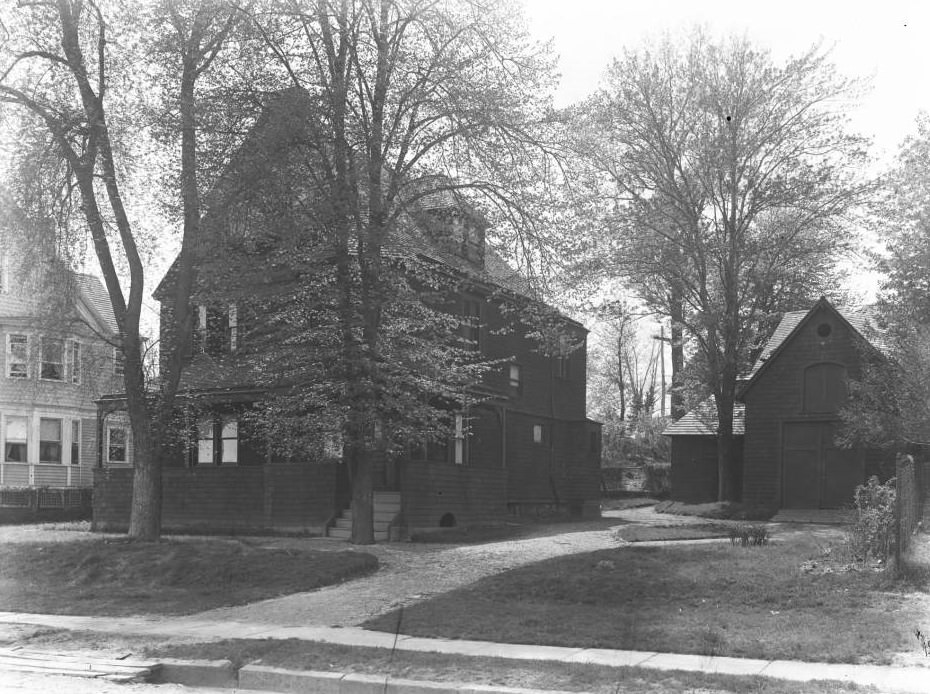
#54 242nd Street subway station, Bronx, 1914.
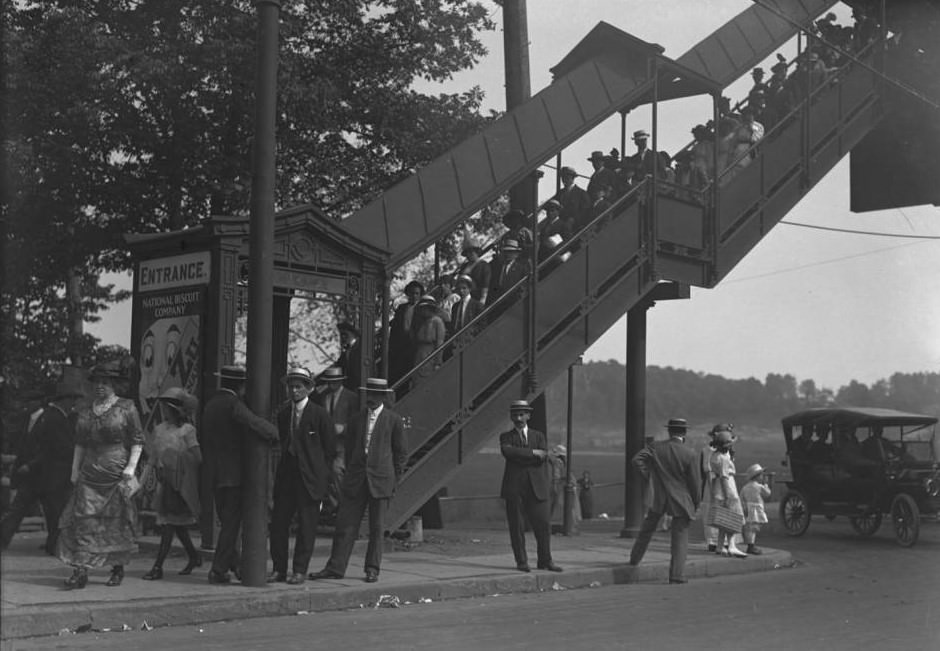
#55 Pearsall Estate, Bronx, 1914.
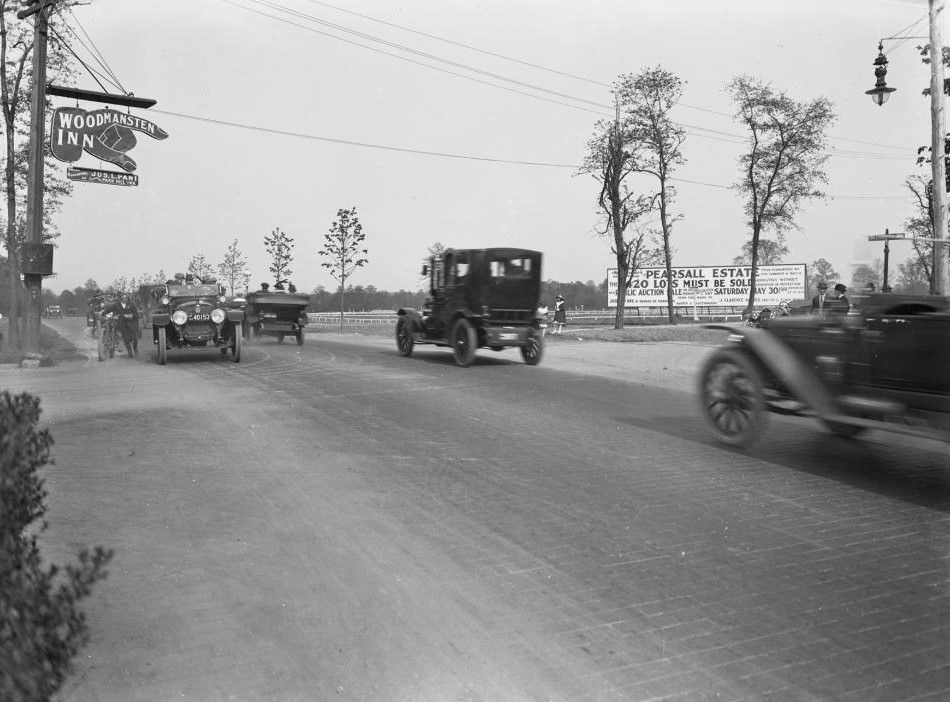
#56 Pearsall Estate, Bronx, 1914.
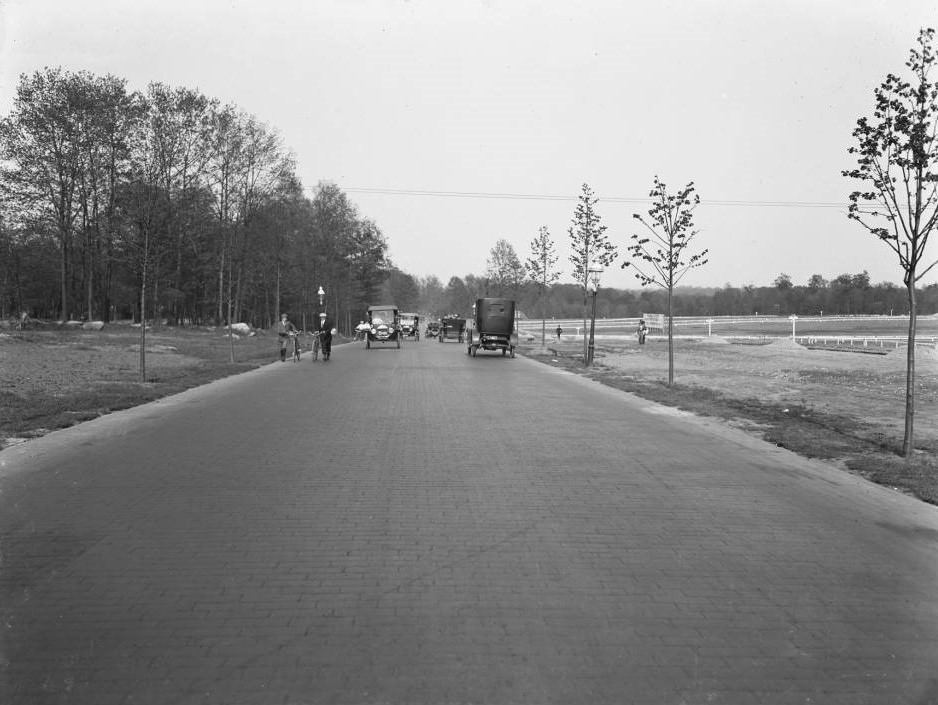
#57 660 Crotona Park South, Bronx, circa 1917.
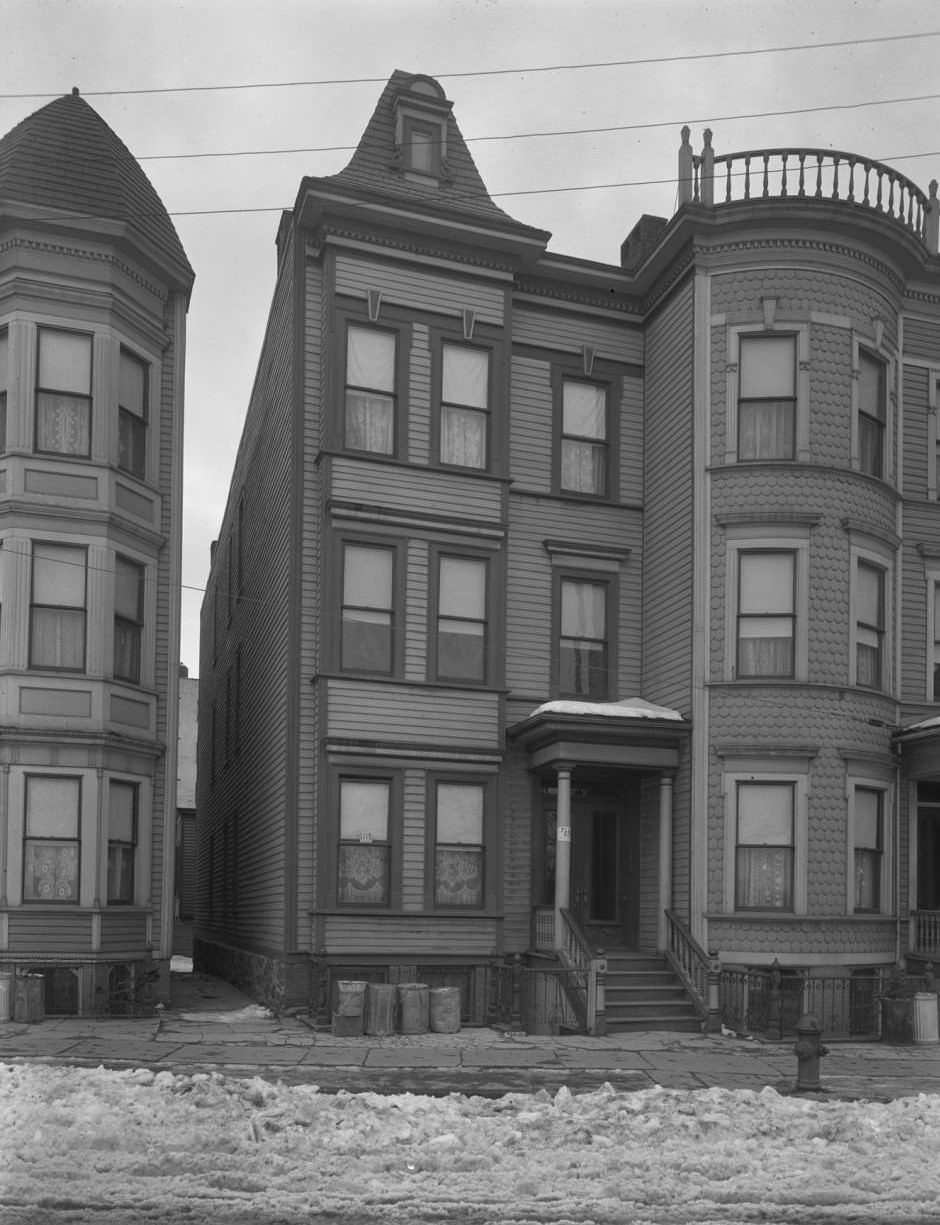
#58 Edgar Allan Poe House, Fordham, Bronx, 1911.
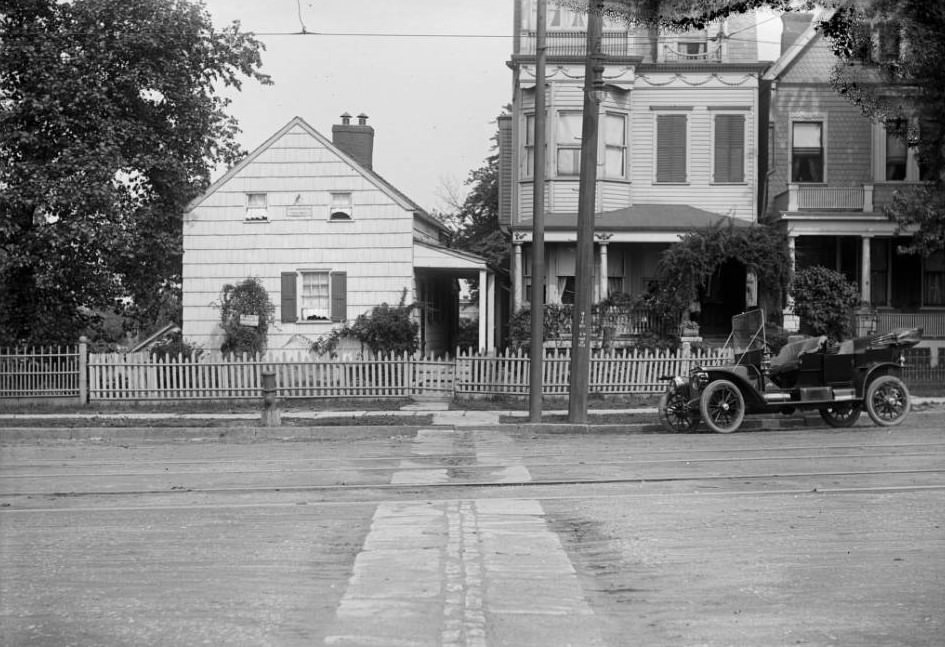
#59 1687 Monroe, possibly in the Bronx or Brooklyn, circa 1917.

#60 Two wooden houses, possibly in the Bronx, circa 1916.
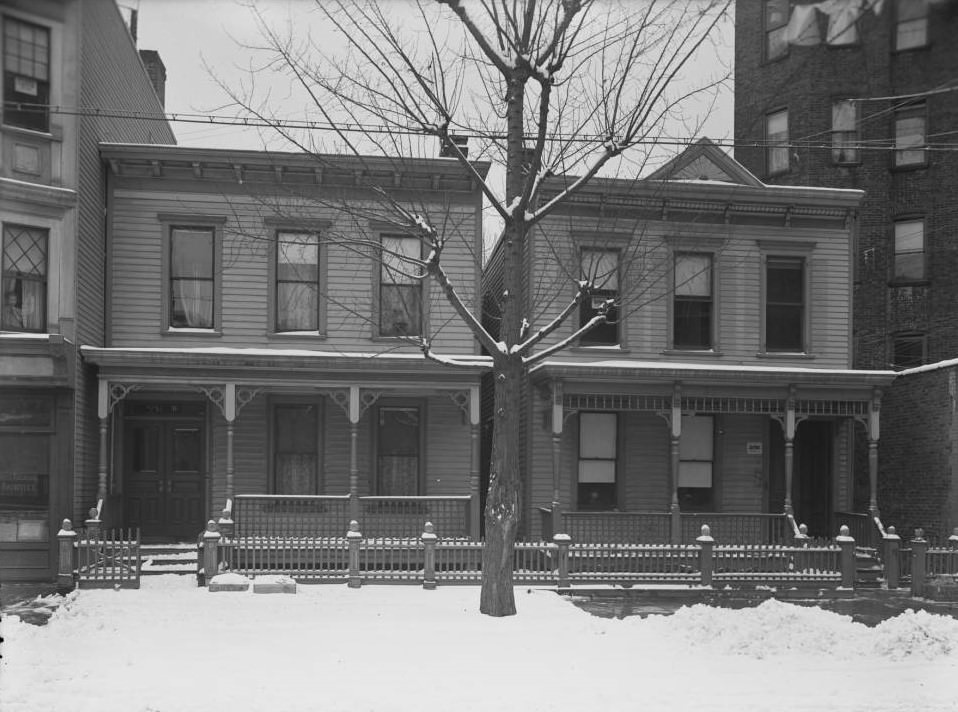
#61 Dock and bulkhead for Ratsey & Lapthorne, City Island, Bronx, 1916.
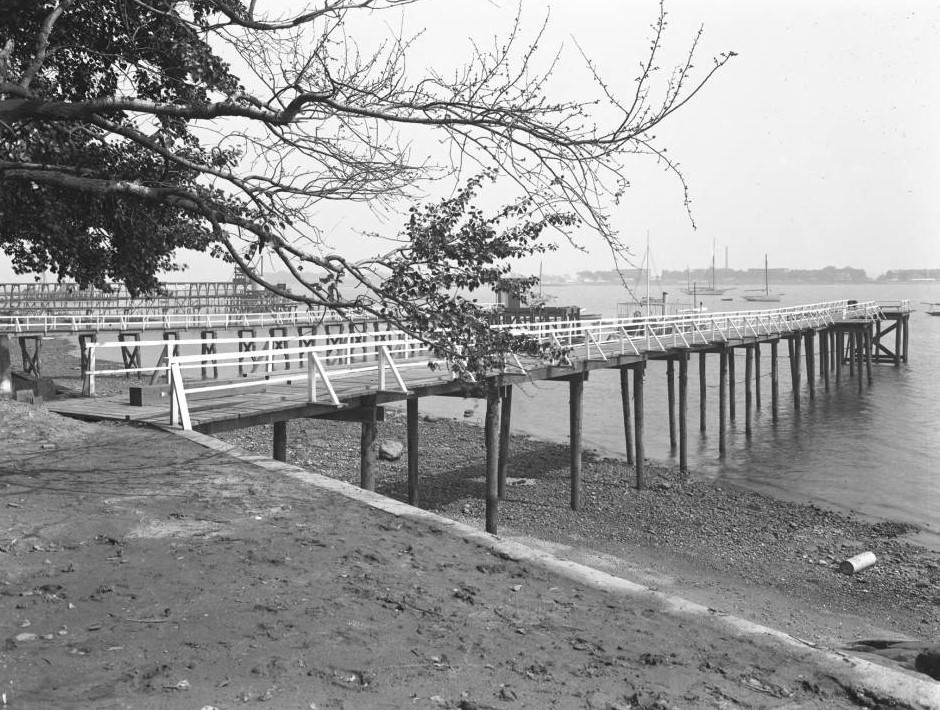
#62 1491 Vyse Avenue, Bronx, 1915.
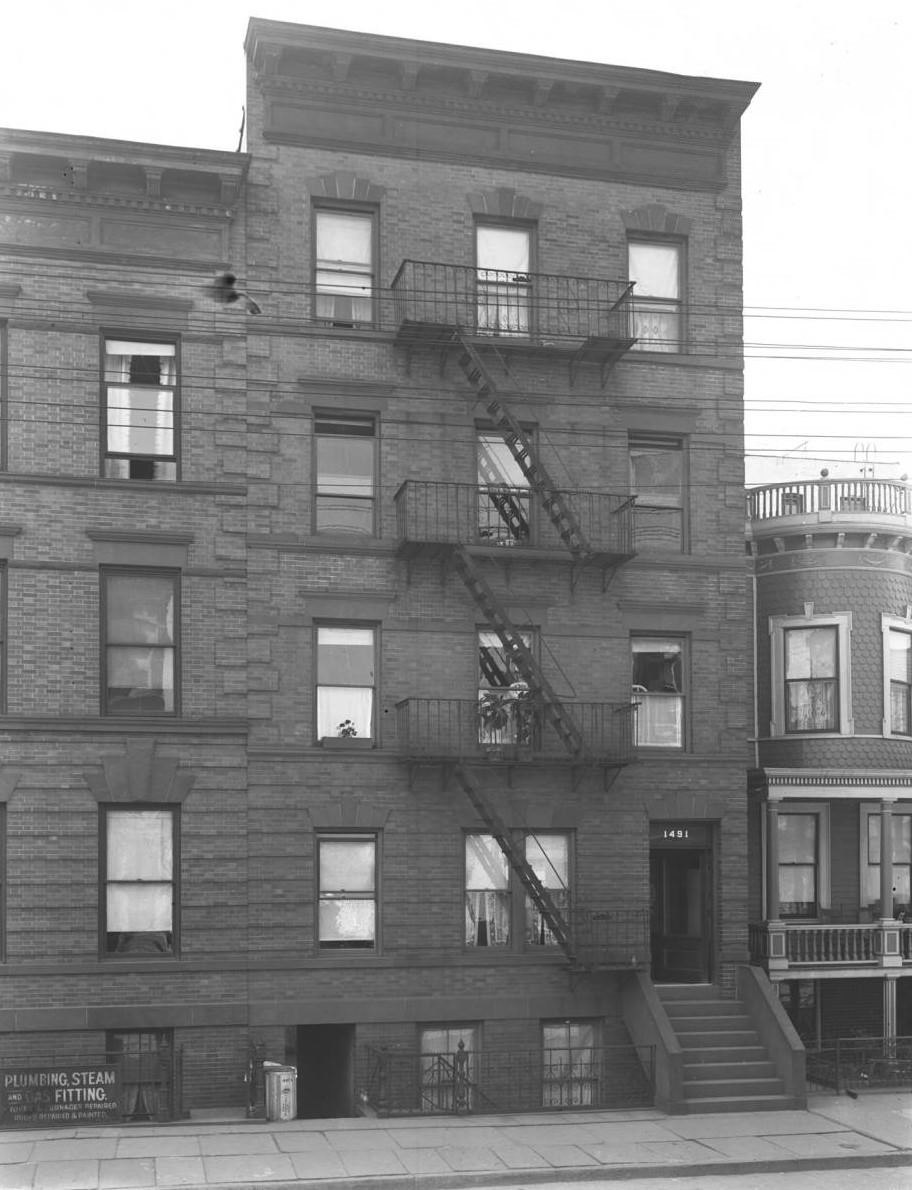
#63 1489 Vyse Avenue, Bronx, 1915.
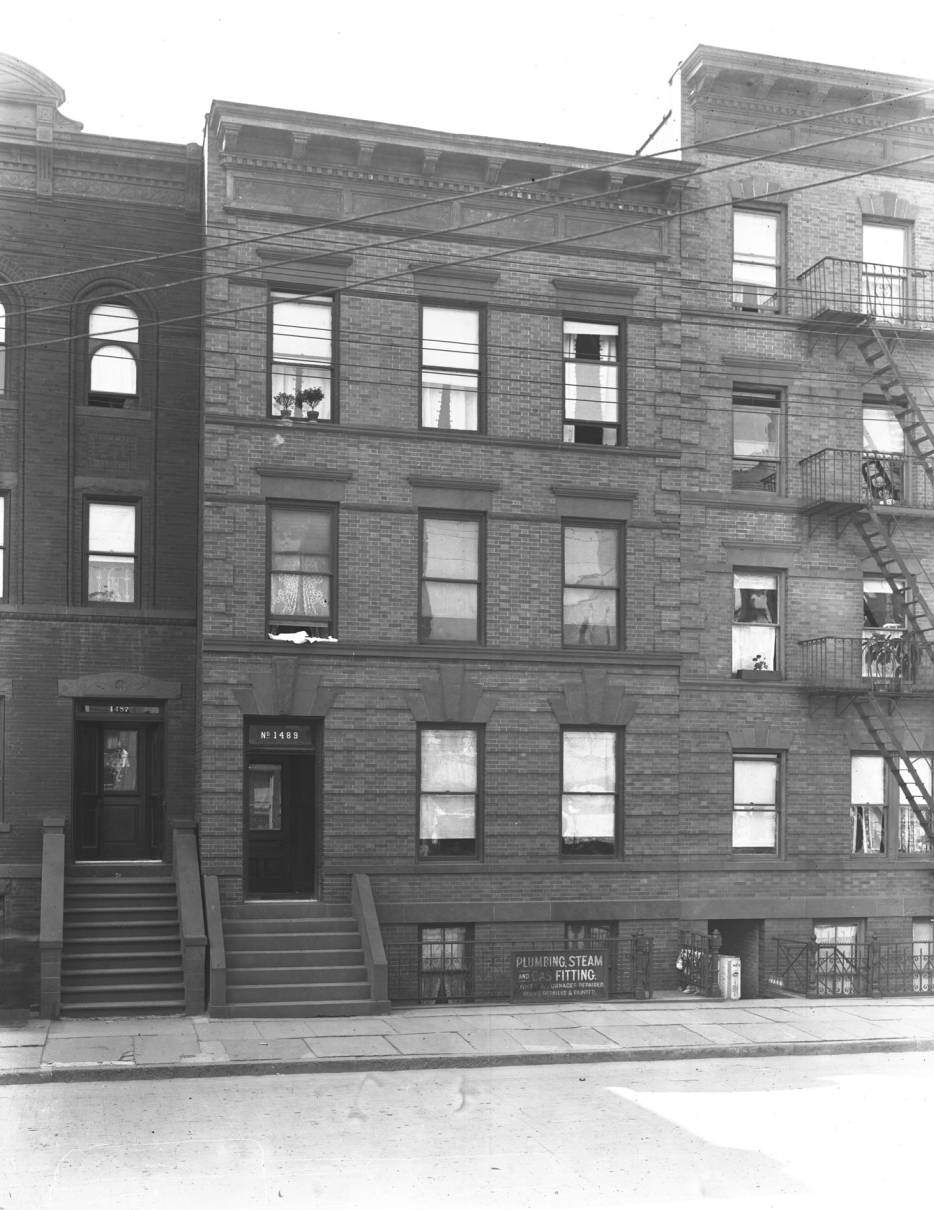
#64 1300 Intervale Avenue, Bronx, 1915.
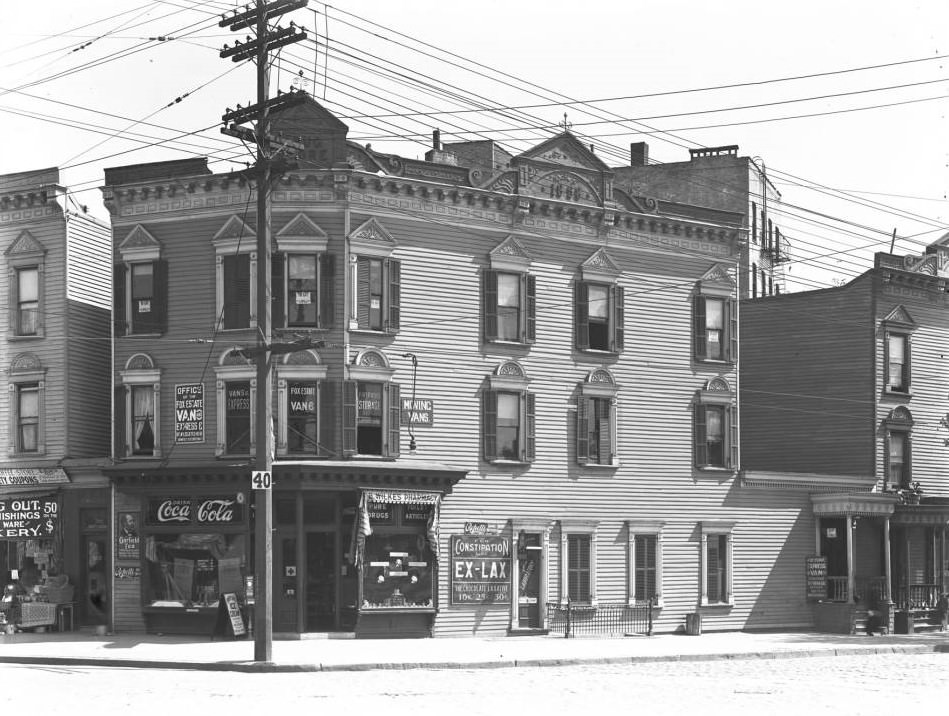
#65 Two-family houses on 233rd Street, Bronx, 1915.
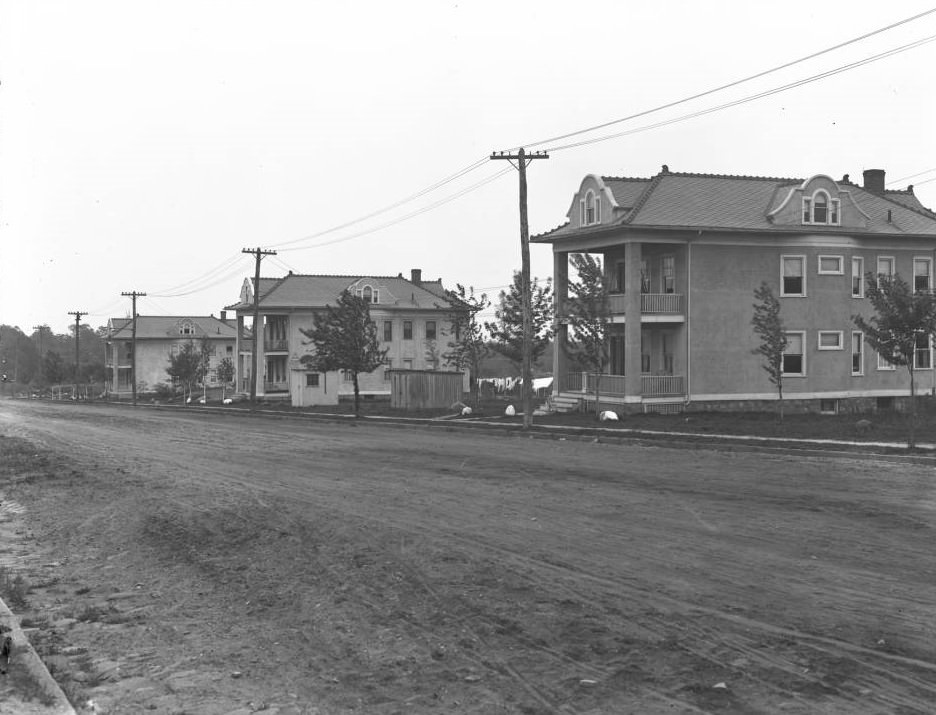
#66 End of subway line construction at 241st Street, Bronx, 1915.
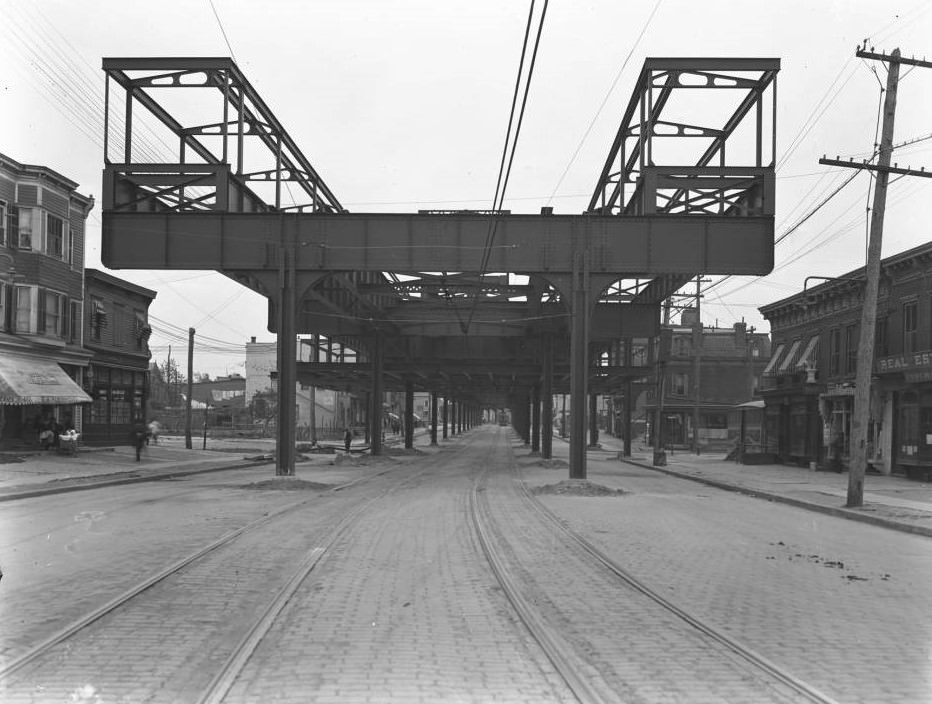
#67 Elevated subway line at White Plains Road and Baychester Avenue, Bronx, 1915.
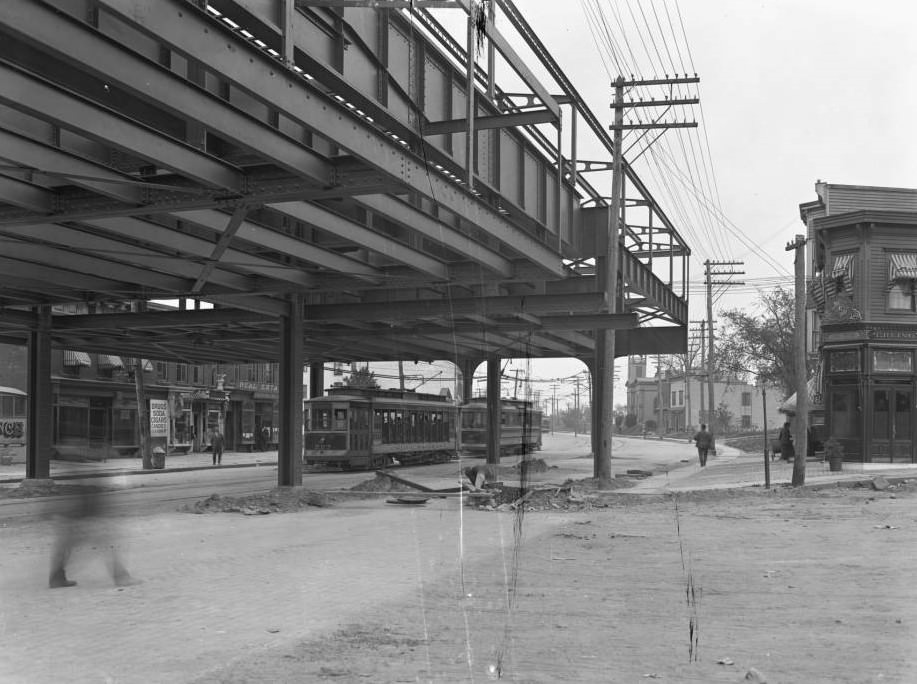
#68 Third Avenue Bridge over Harlem River, Manhattan to Bronx, circa 1910.
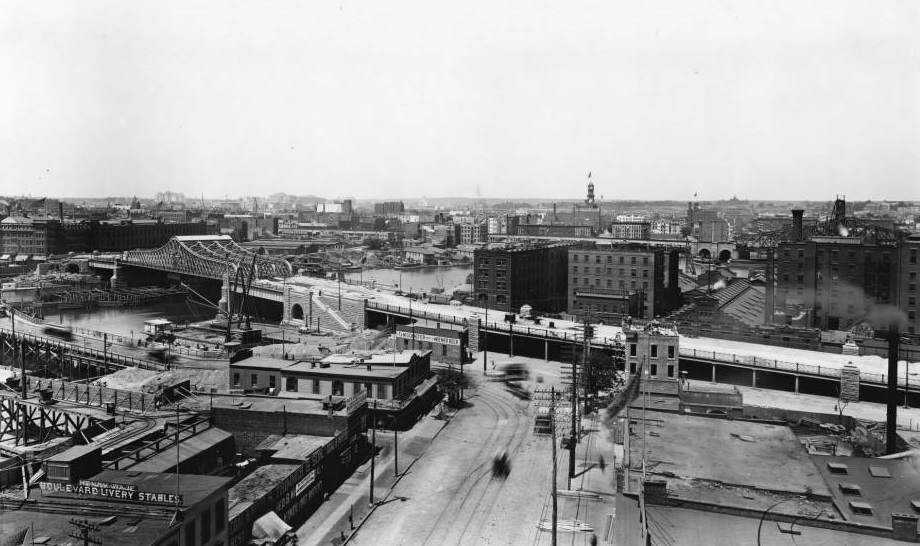
#69 709 E. 214th Street, Bronx, circa 1916.
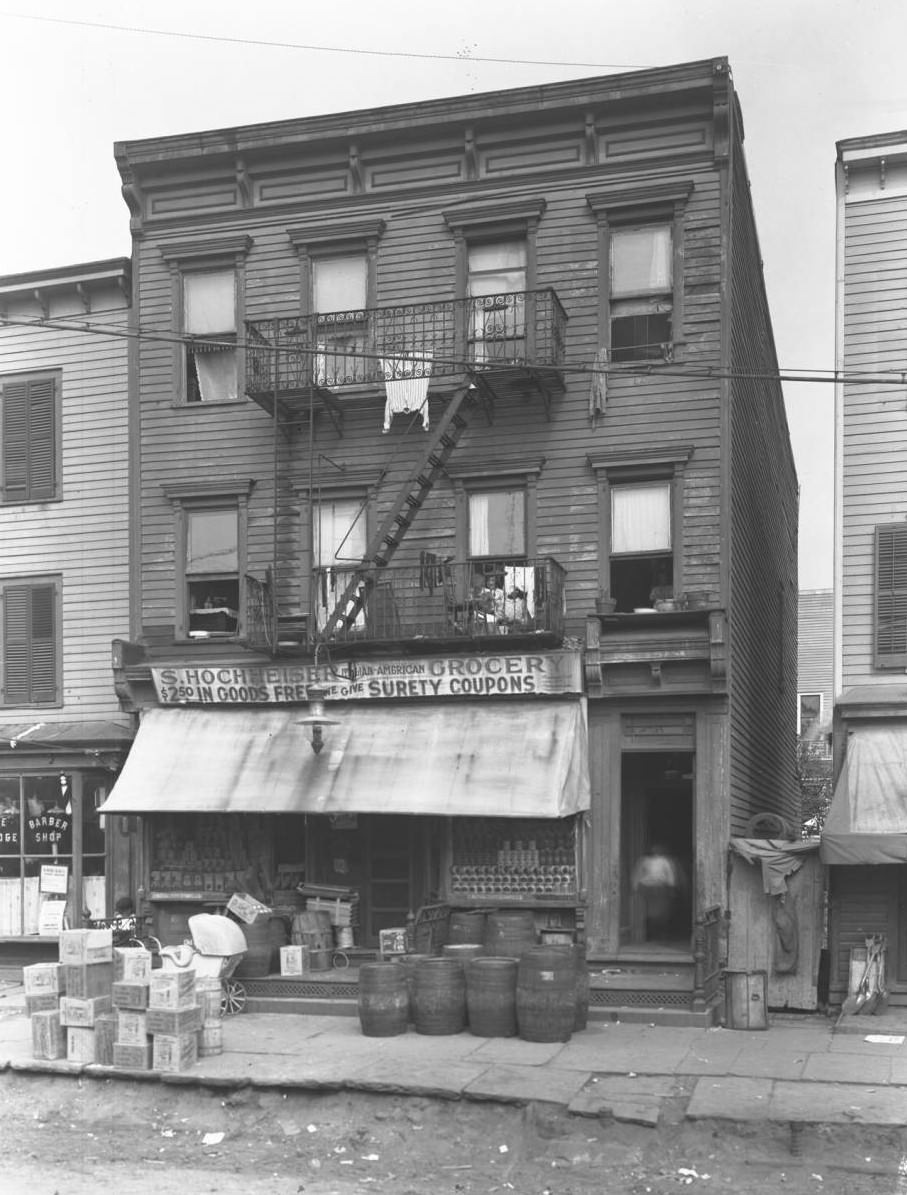
#70 A house on W. 182nd Street, Bronx, circa 1919.
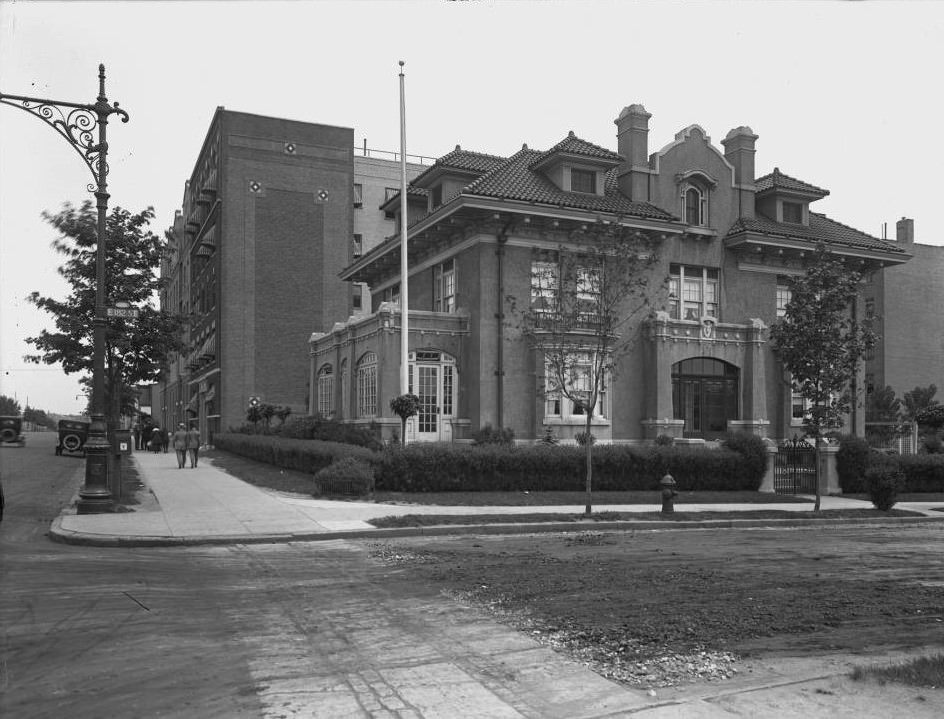
#71 Pilgrim Congregational Church, Bronx, circa 1919.
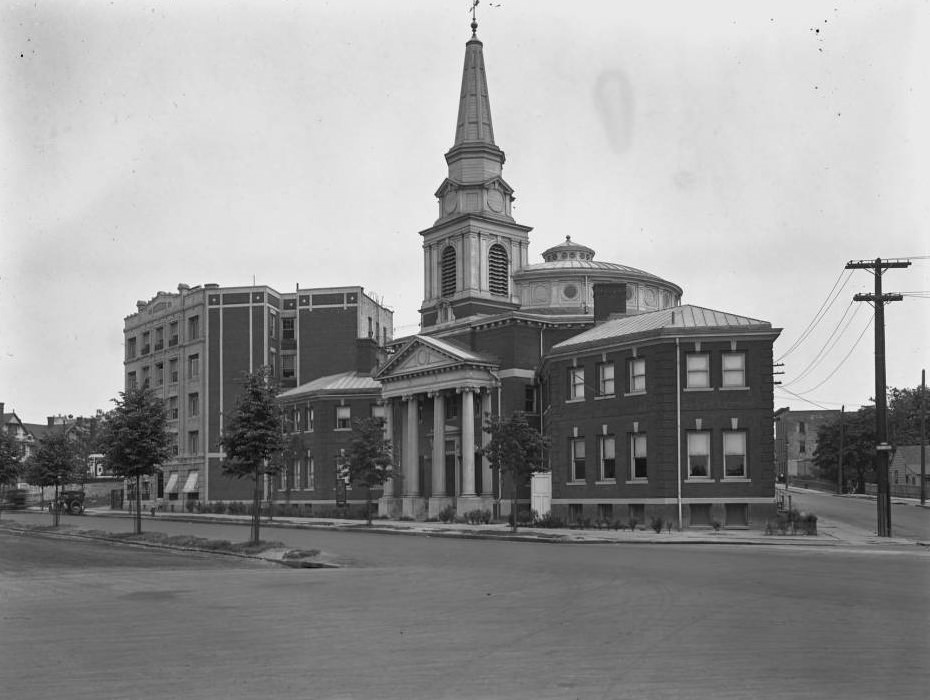
#72 Isaac G. Johnson & Co. foundry, Spuyten Duyvil, Bronx, 1918.
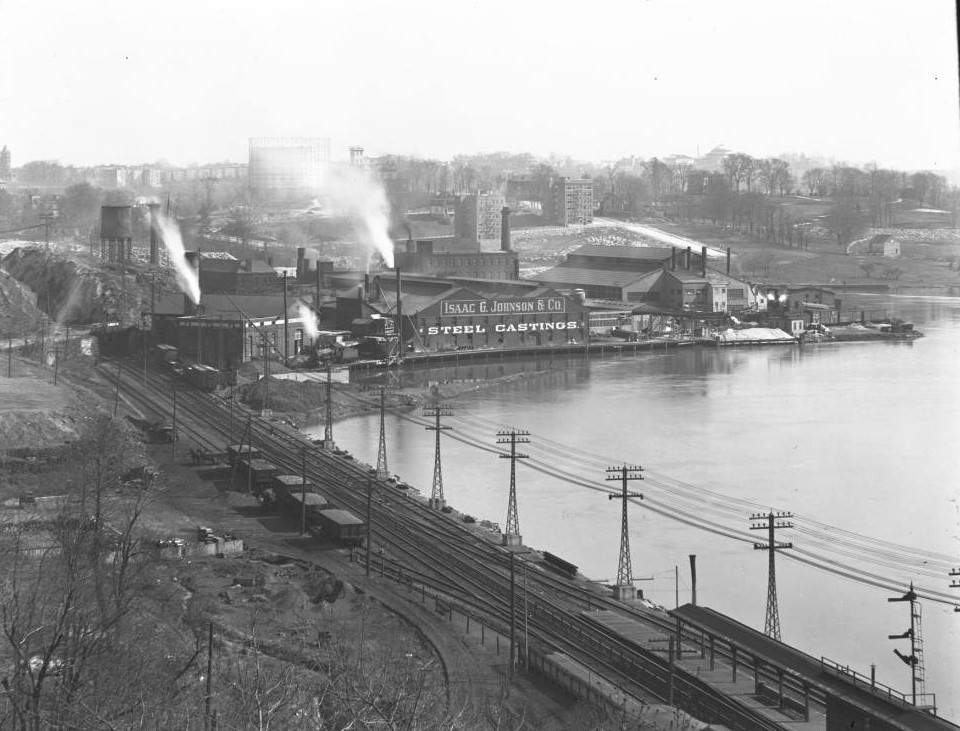
#73 Protestant Episcopal Church, Jerome Avenue, Bronx, 1916.

#74 939 Intervale Avenue, Bronx, 1918.
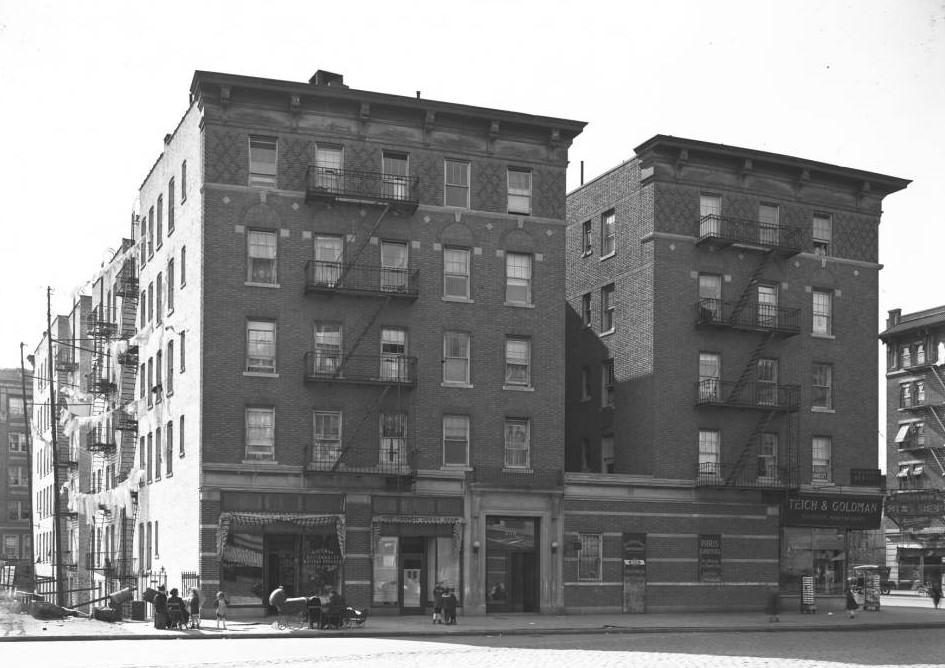
#75 Protestant Episcopal Church, Jerome Avenue, Bronx, 1916.
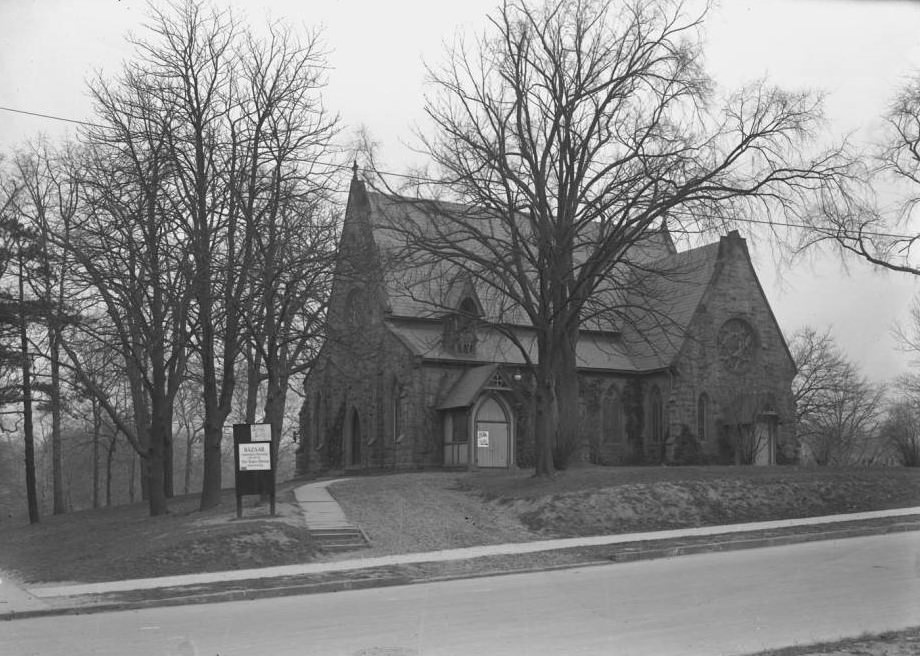
#76 Ratsey & Lapthorn building, City Island, Bronx, circa 1917.
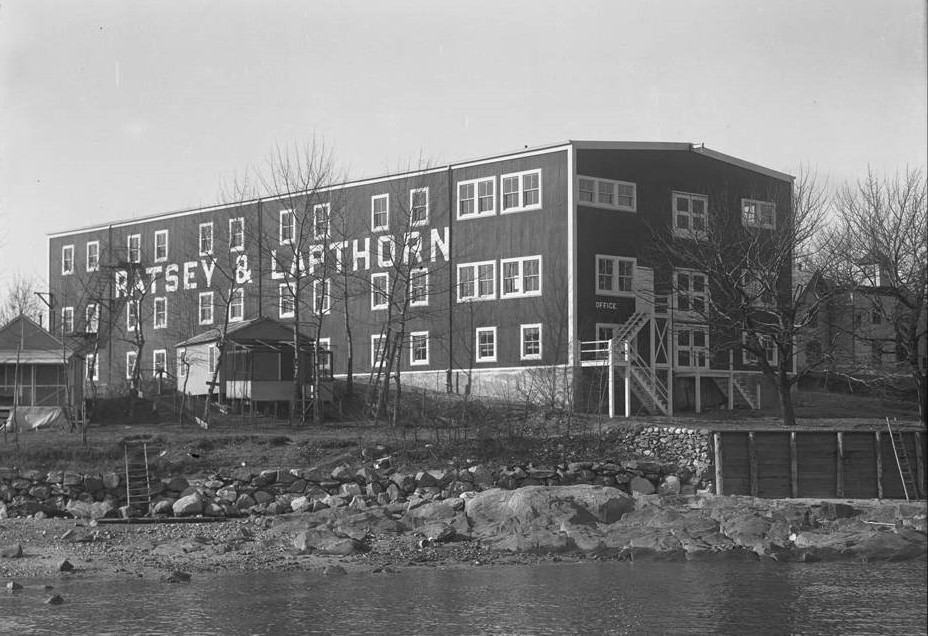
#77 Kingsbridge / Marble Hill, Bronx, from Webb College, 1914.

#78 Webb’s Academy and Home for Shipbuilders, Bronx, 1914.
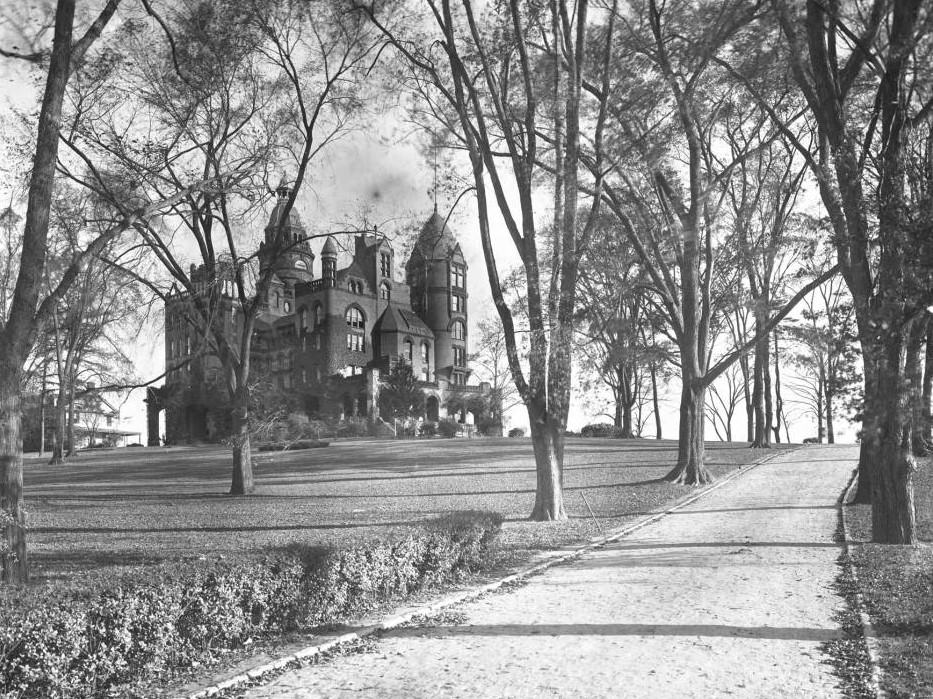
#79 Dock beside the Ratsey & Lapthorn building, City Island, Bronx, circa 1917.
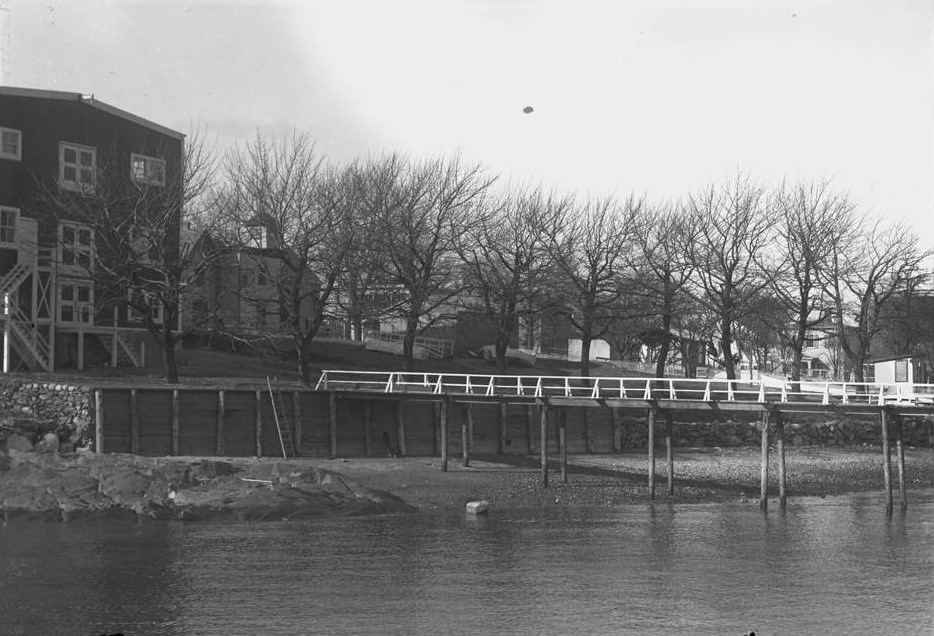
#80 582 Morris Avenue, Bronx, circa 1917.
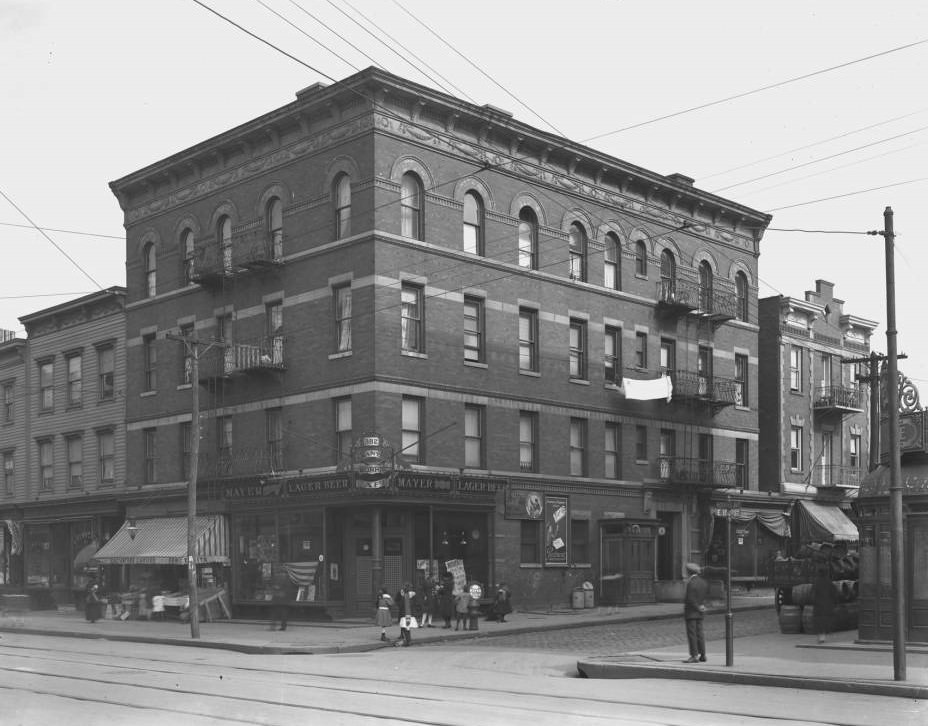
#81 Large house at 230th Street and Broadway, Bronx, 1917.
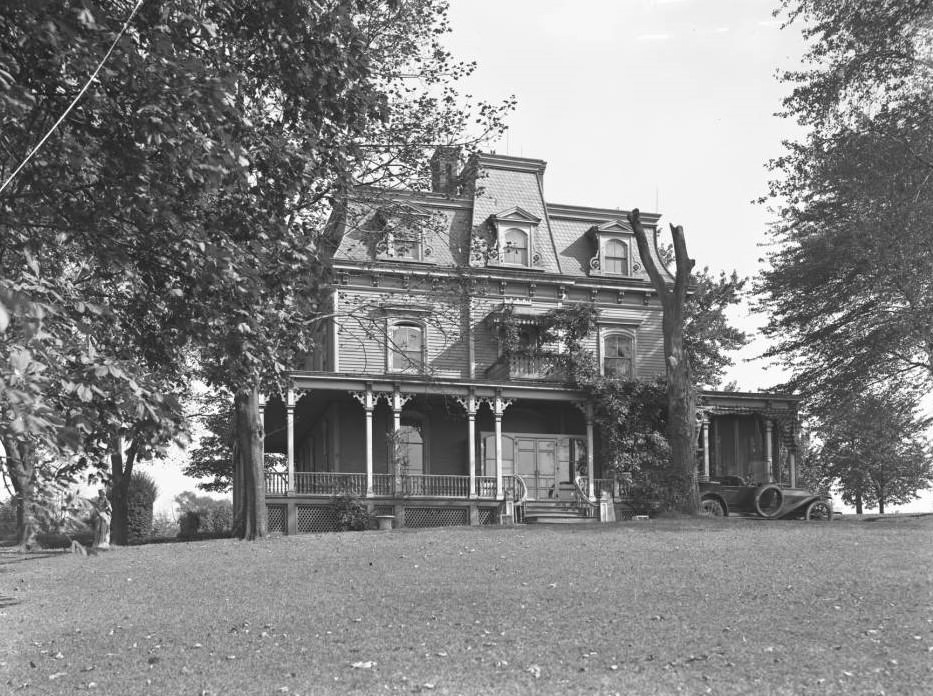
#82 FDNY firehouse, Engine 81, Ladder 46, Kingsbridge, Bronx, circa 1917.
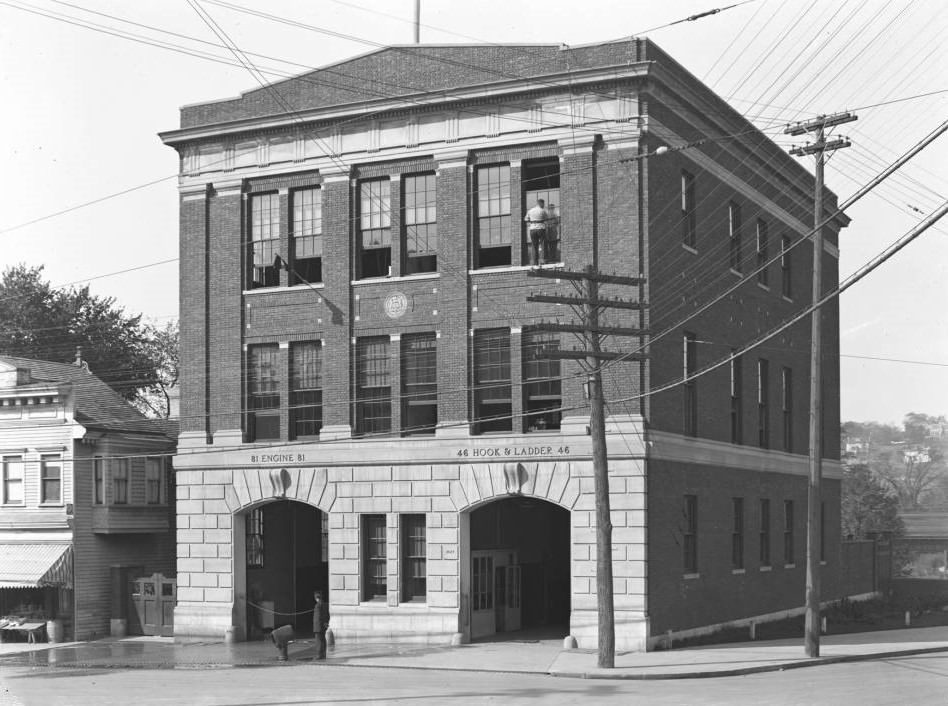
#83 Ferris Grange, Bronx, circa 1918-1922.
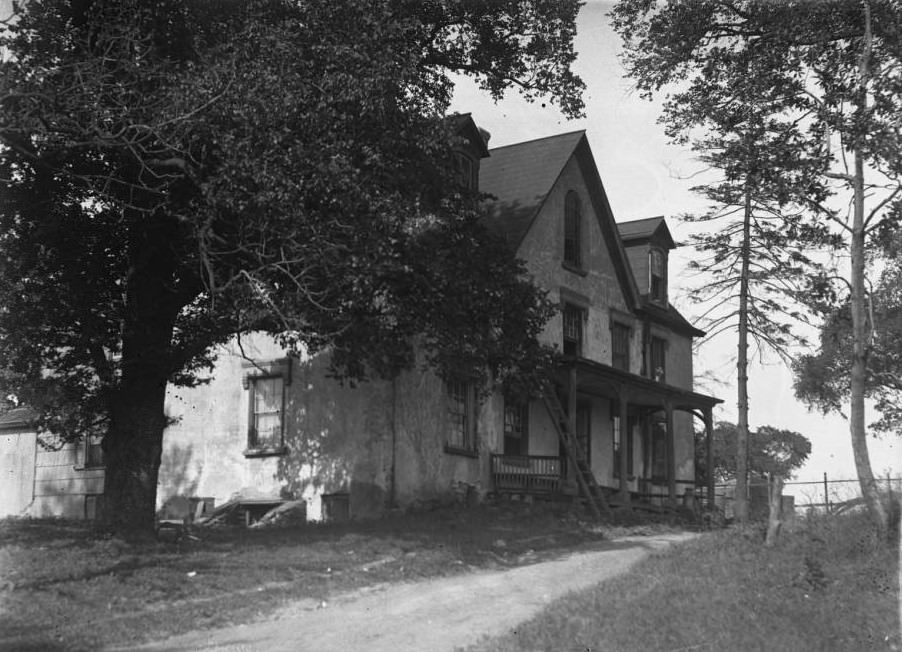
#84 House on the southeast corner of Jerome Avenue and 190th Street, Bronx, 1916.
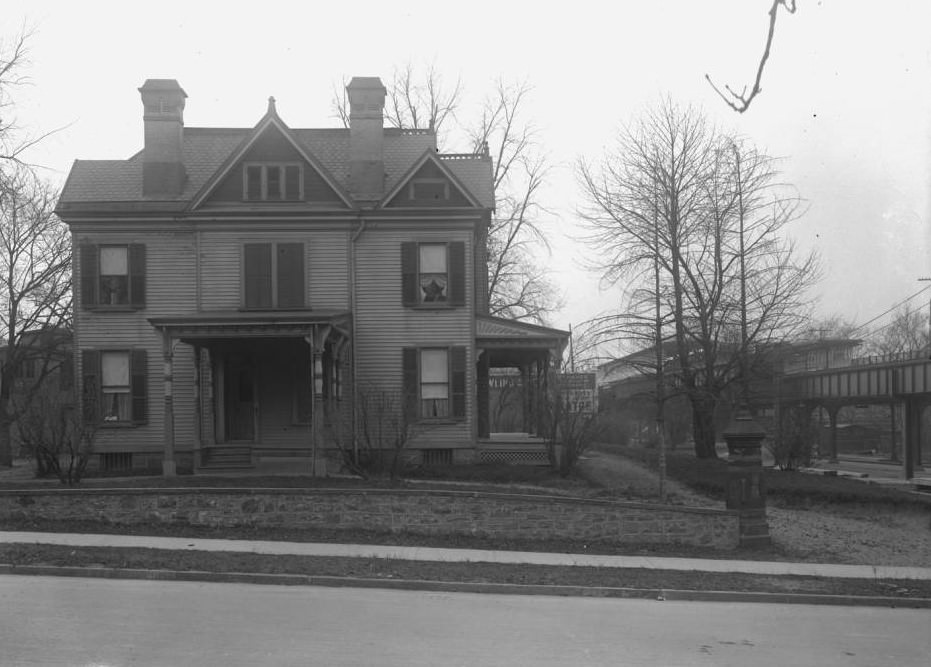
#85 Special bus bringing potential buyers to view the Pearsall Estate, Bronx, 1914.
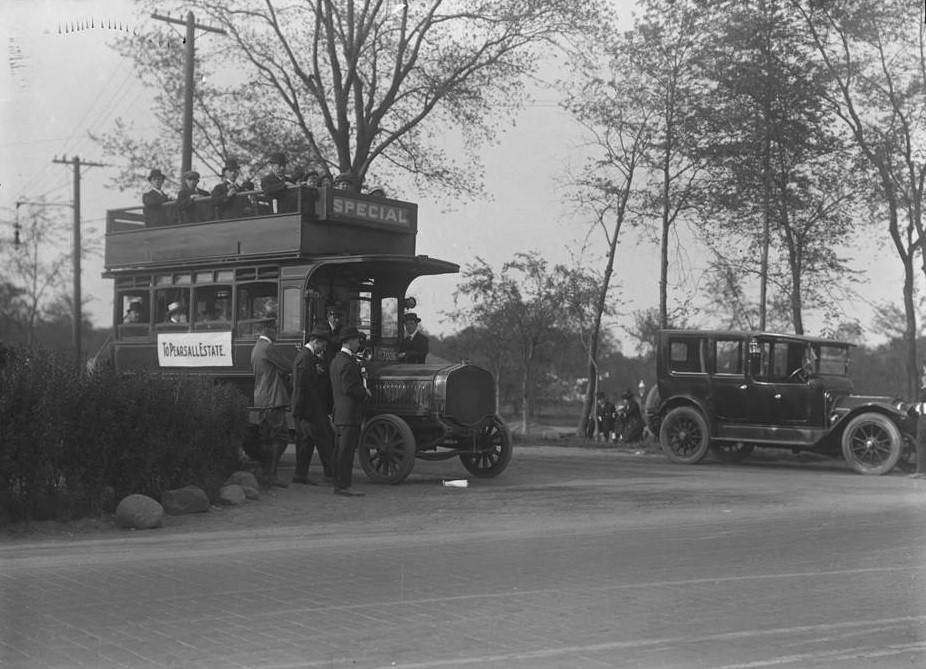
#86 Bergen Garage, on the Francis T. Lord estate, Bronx, circa June 1919.
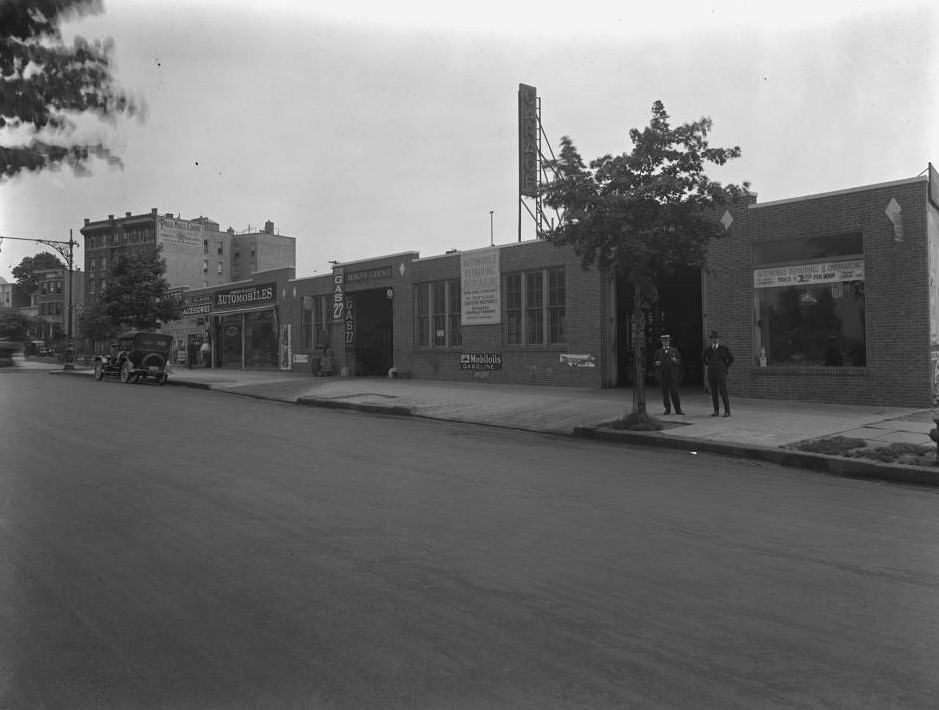
#87 762 Melrose Avenue at E. 157th Street, Bronx, circa March-April 1918.
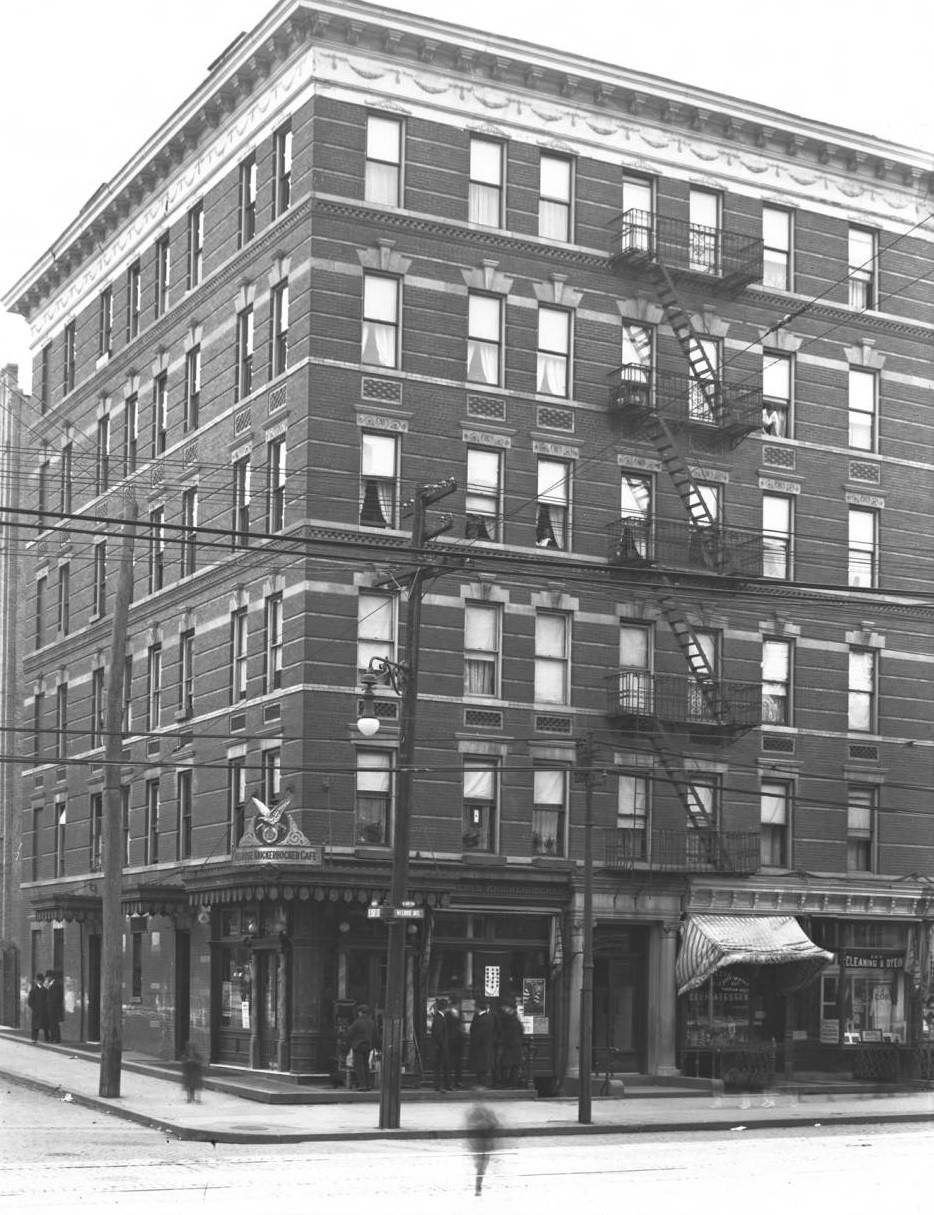
#88 Buildings at the corner of Courtlandt Avenue and E. 150th Street, Bronx, circa April 1918.
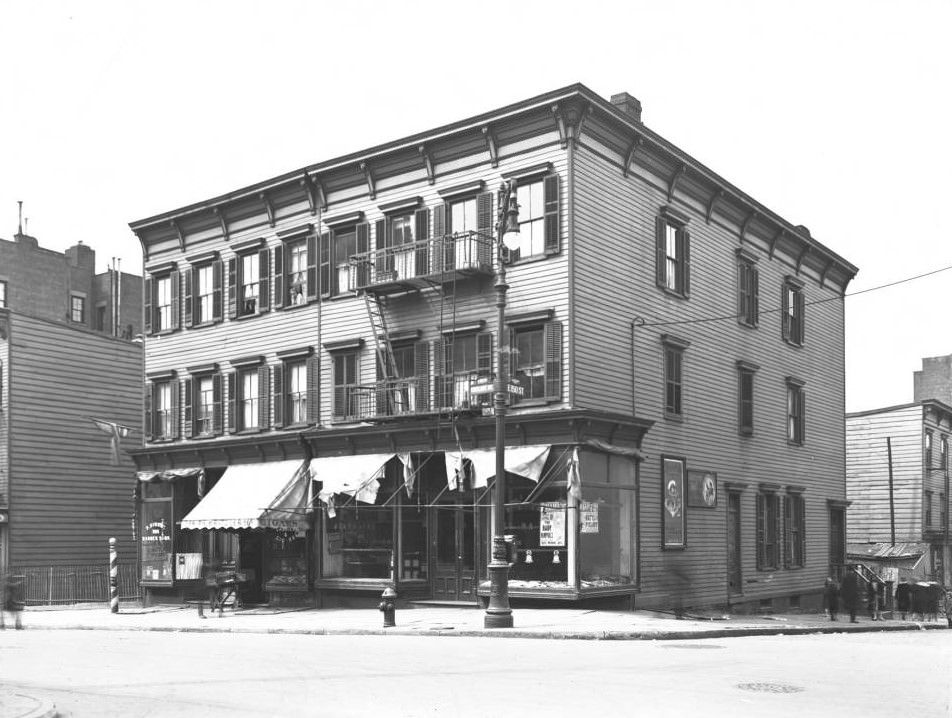
#89 Library, New York University, Bronx, circa May 1916.
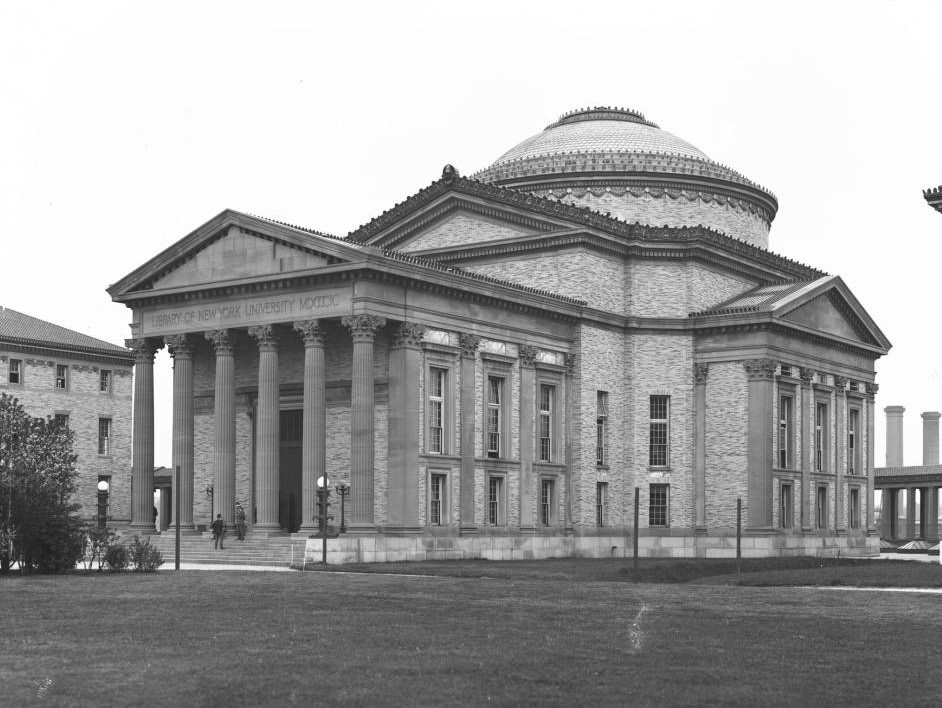
#90 Campus building, New York University, Bronx, circa May 1916.
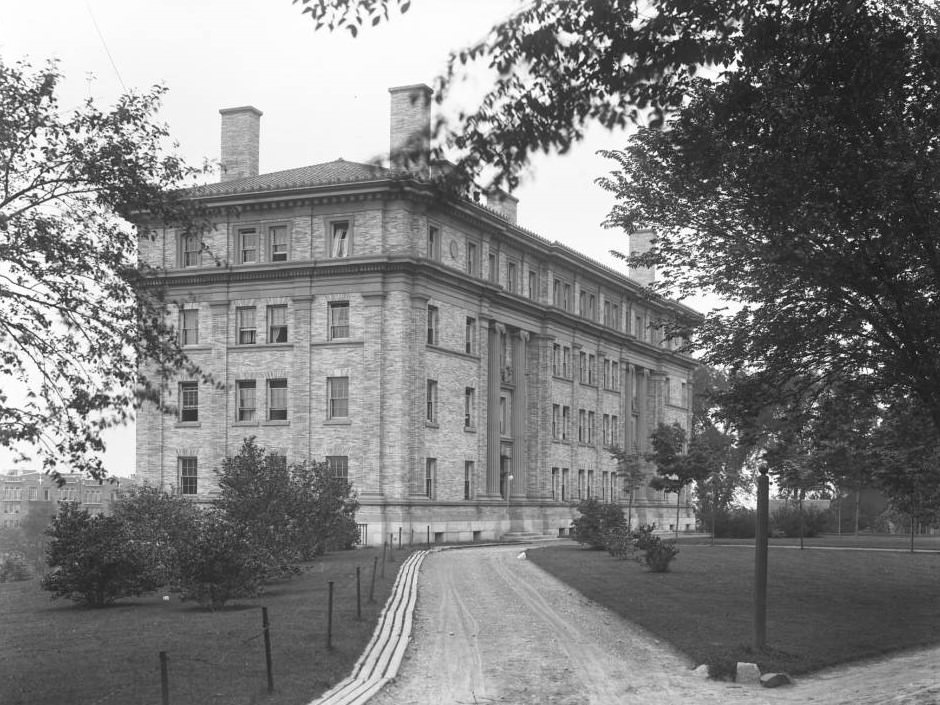
#91 Burnside Avenue el station on the Francis T. Lord estate, Bronx, circa June 1919.
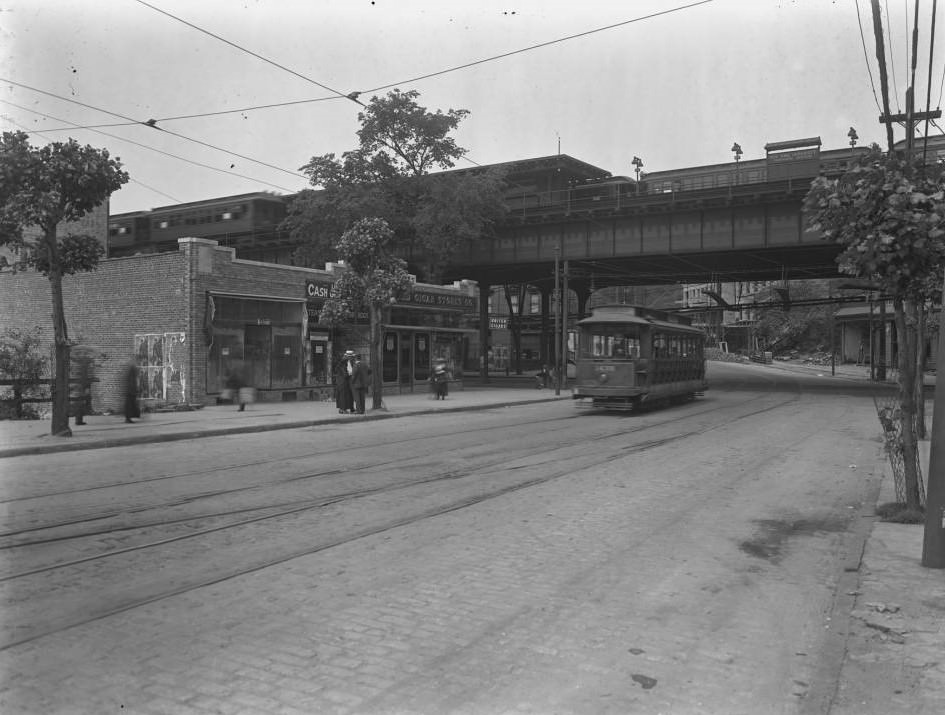
#92 High angle view of the Francis T. Lord estate, Bronx, circa June 1919.
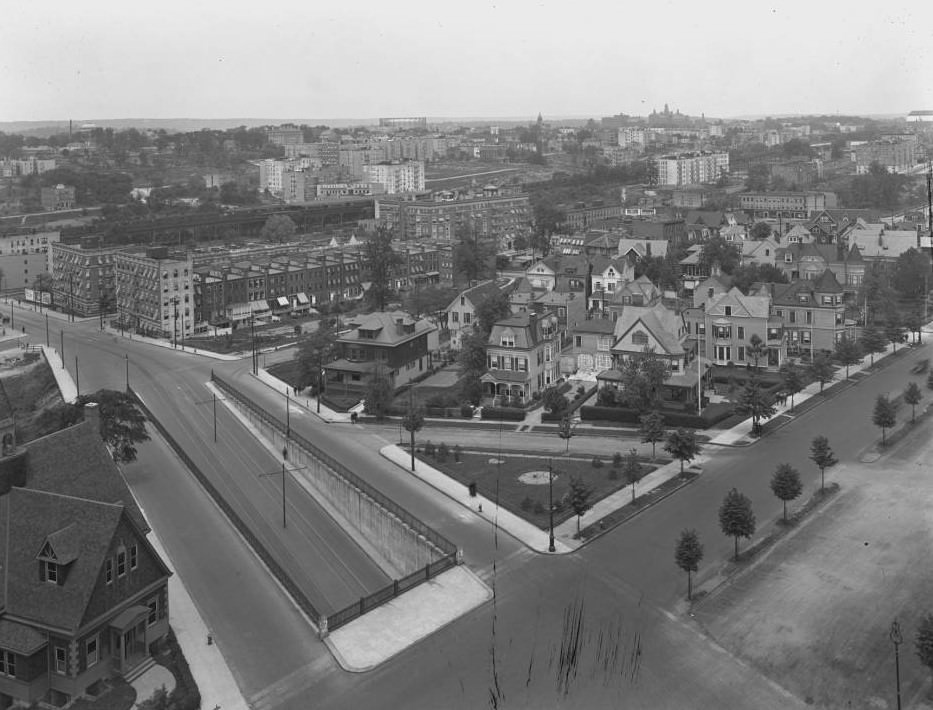
#93 A apartment buildings on the Francis T. Lord estate, Bronx, circa June 1919.
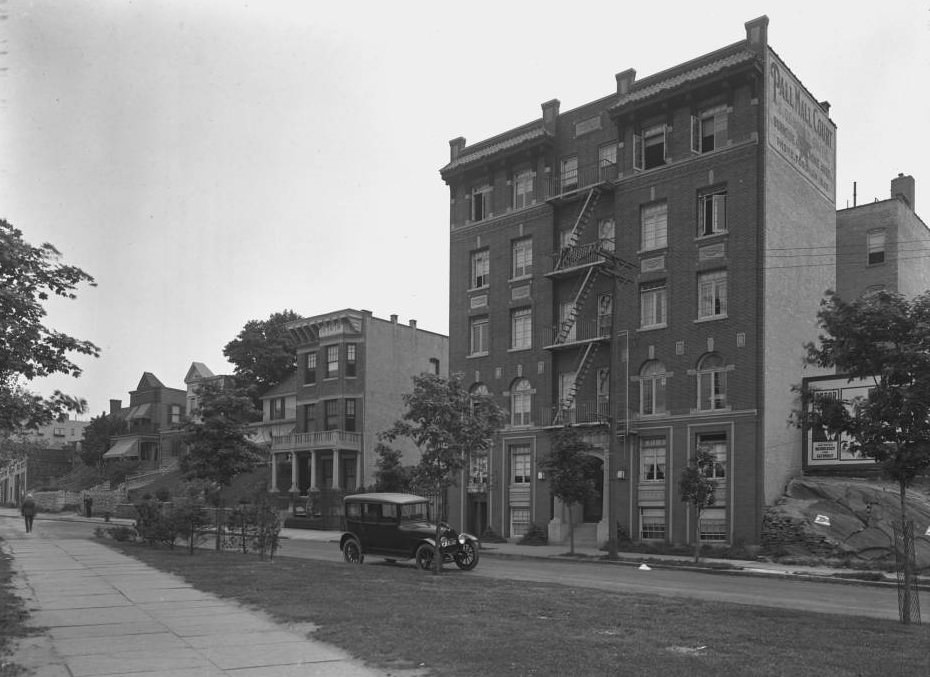
#94 Maxim Garage, on the Francis T. Lord estate, Bronx, circa June 1919.
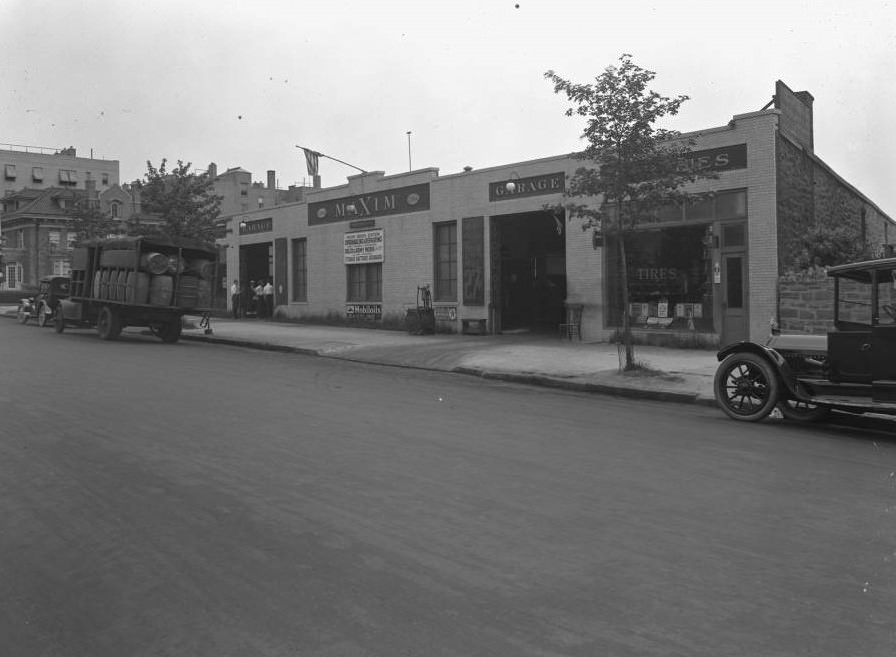
#95 P.S. 28, Mount Hope Place and Anthony Avenue, on the Francis T. Lord estate, Bronx, circa June 1919.
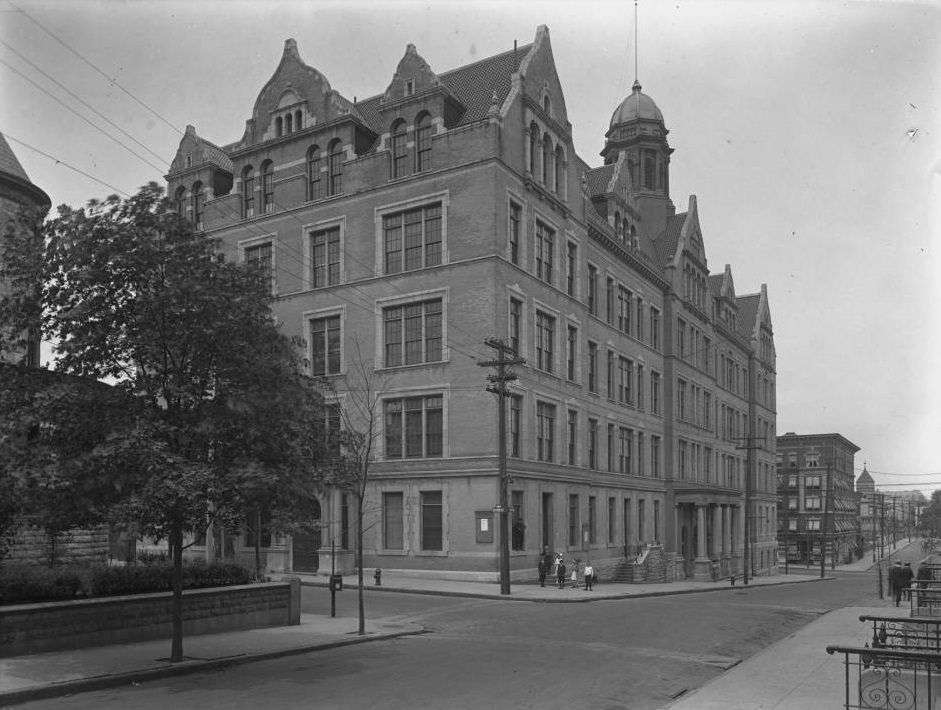
#96 View looking south from W. 182nd Street on the Francis T. Lord estate, Bronx, circa June 1919.
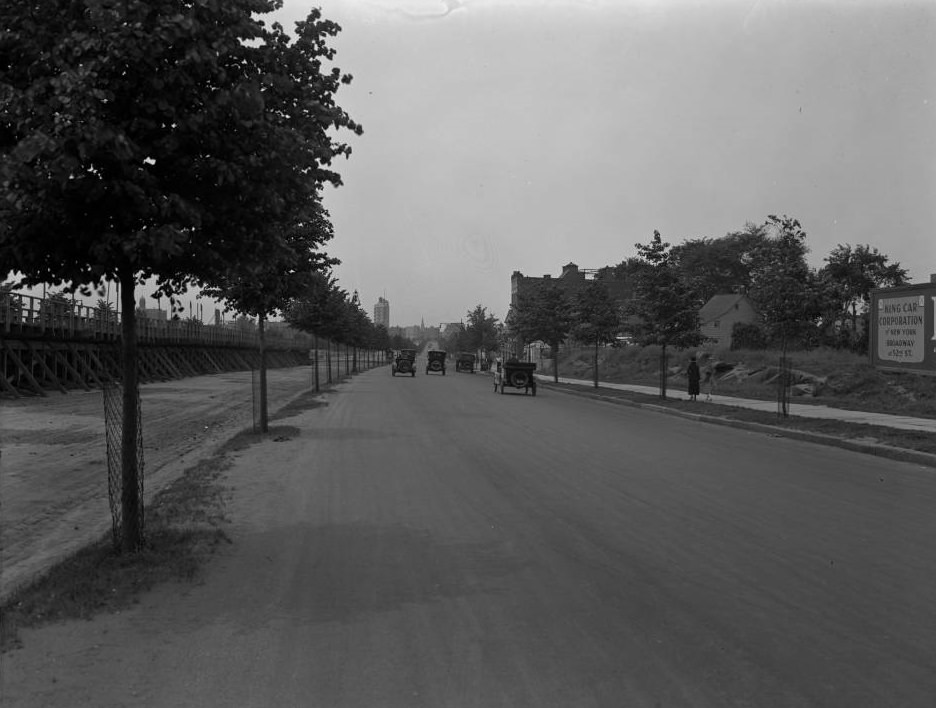
#97 894 Cauldwell Avenue, Bronx, 1916.
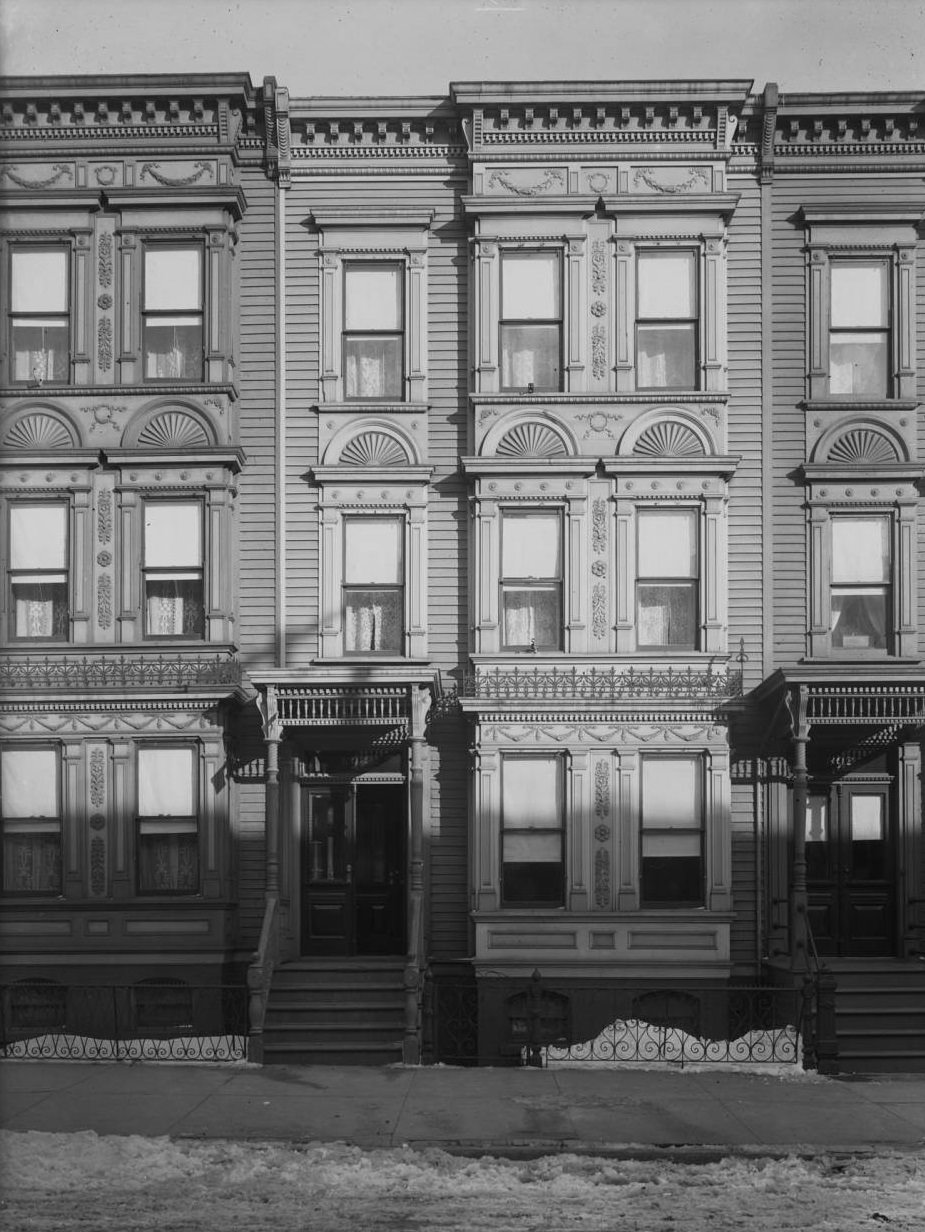
#98 1242 Intervale Avenue, Bronx, 1916.
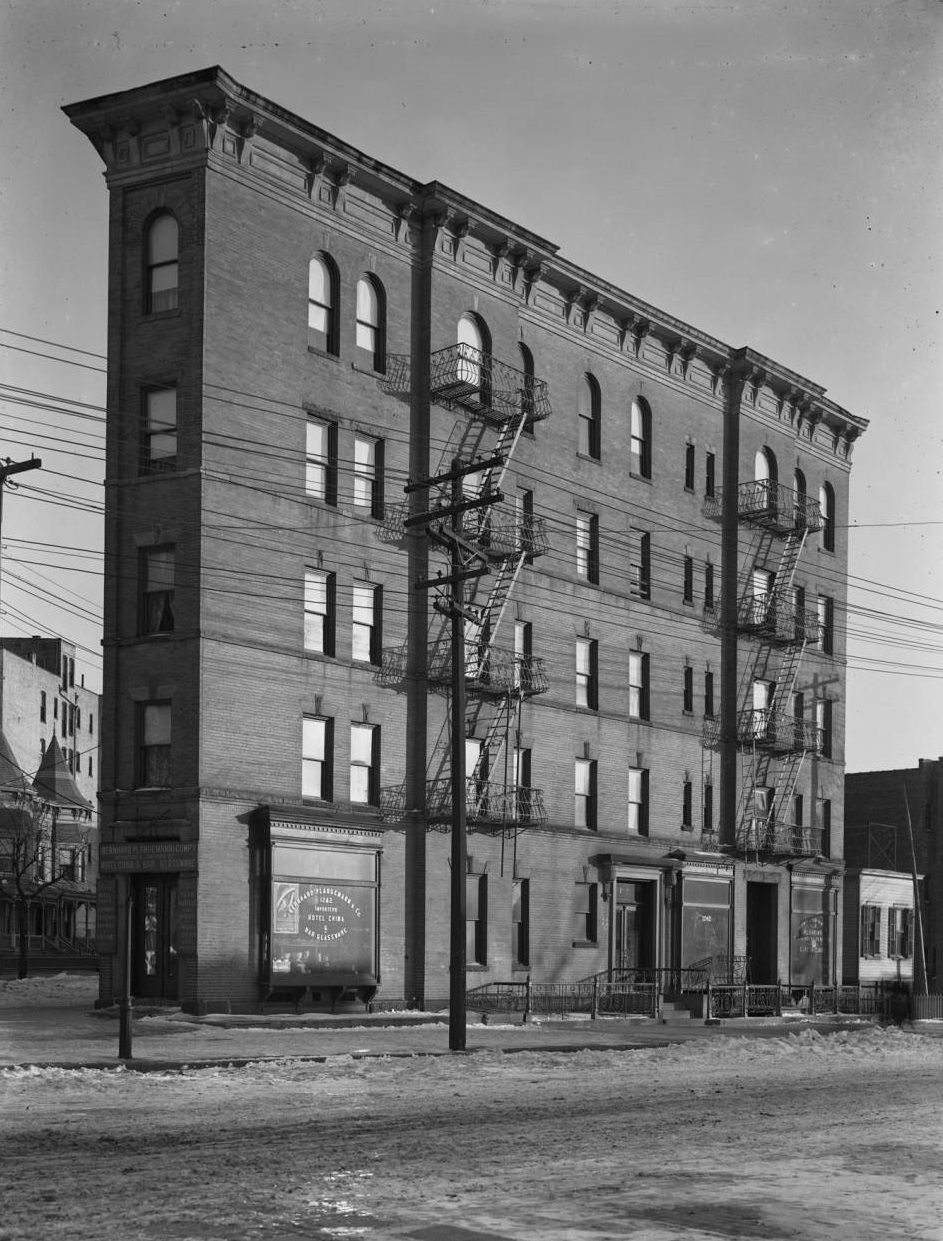
#99 Automobiles driving past a sign for the Lorillard Spencer estate sale, Bronx, circa May-June 1917.
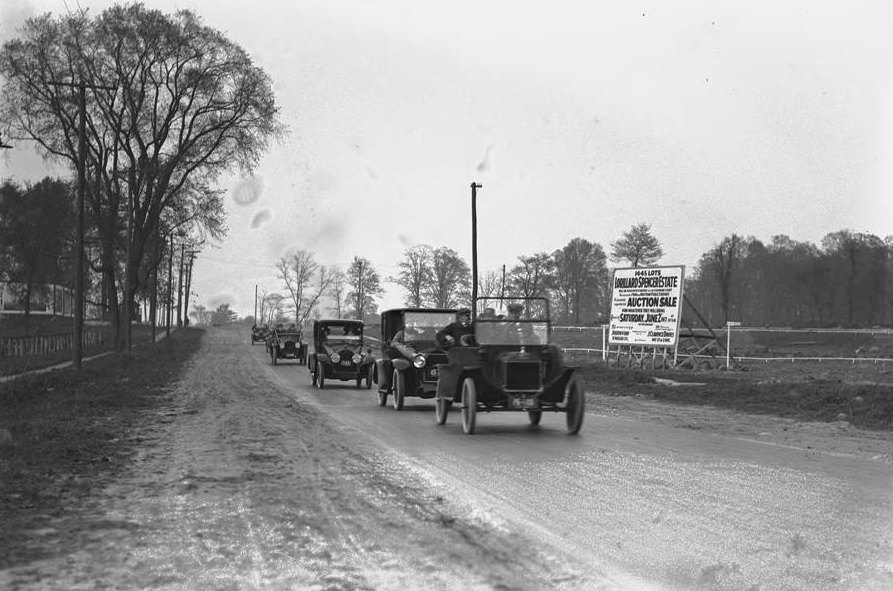
#100 Northeast corner of Jerome Avenue and Bedford Park Boulevard, Bronx, 1919.
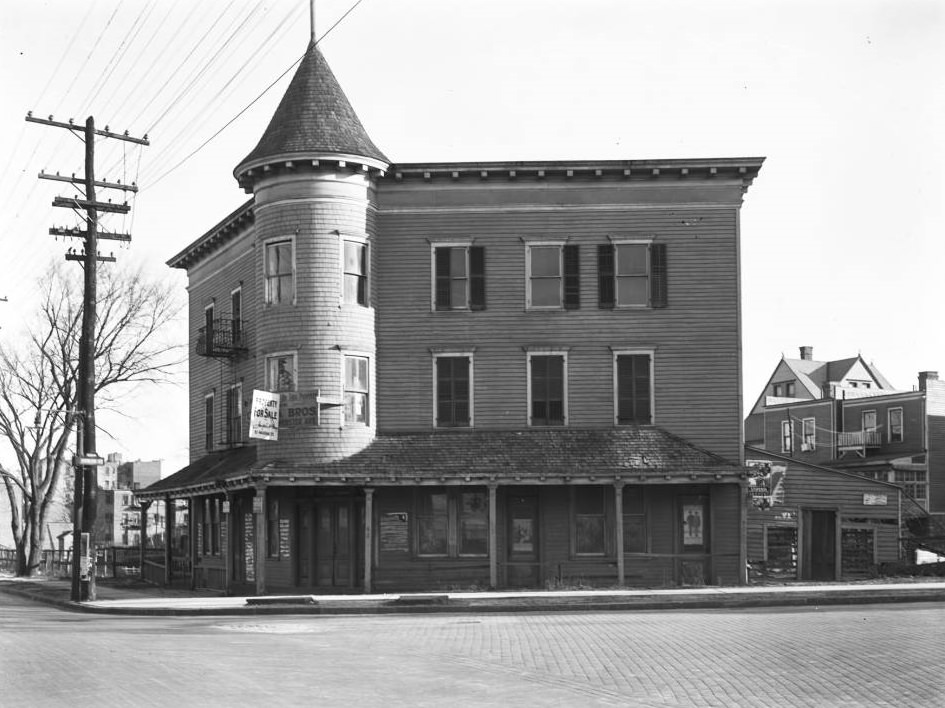
#101 3343 Webster Avenue, Bronx, 1919.
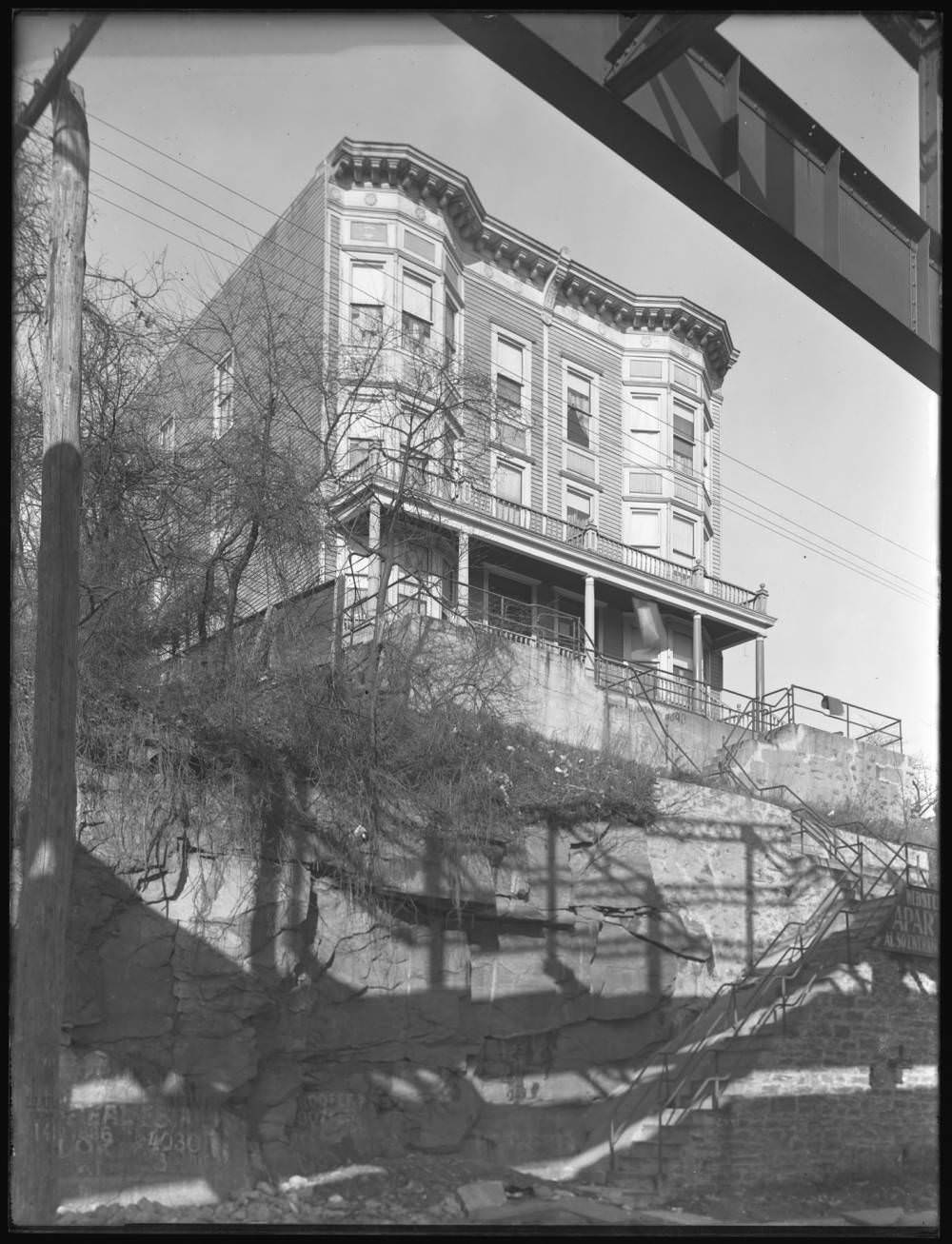
#102 1530 Commonwealth Avenue, Bronx, 1919.
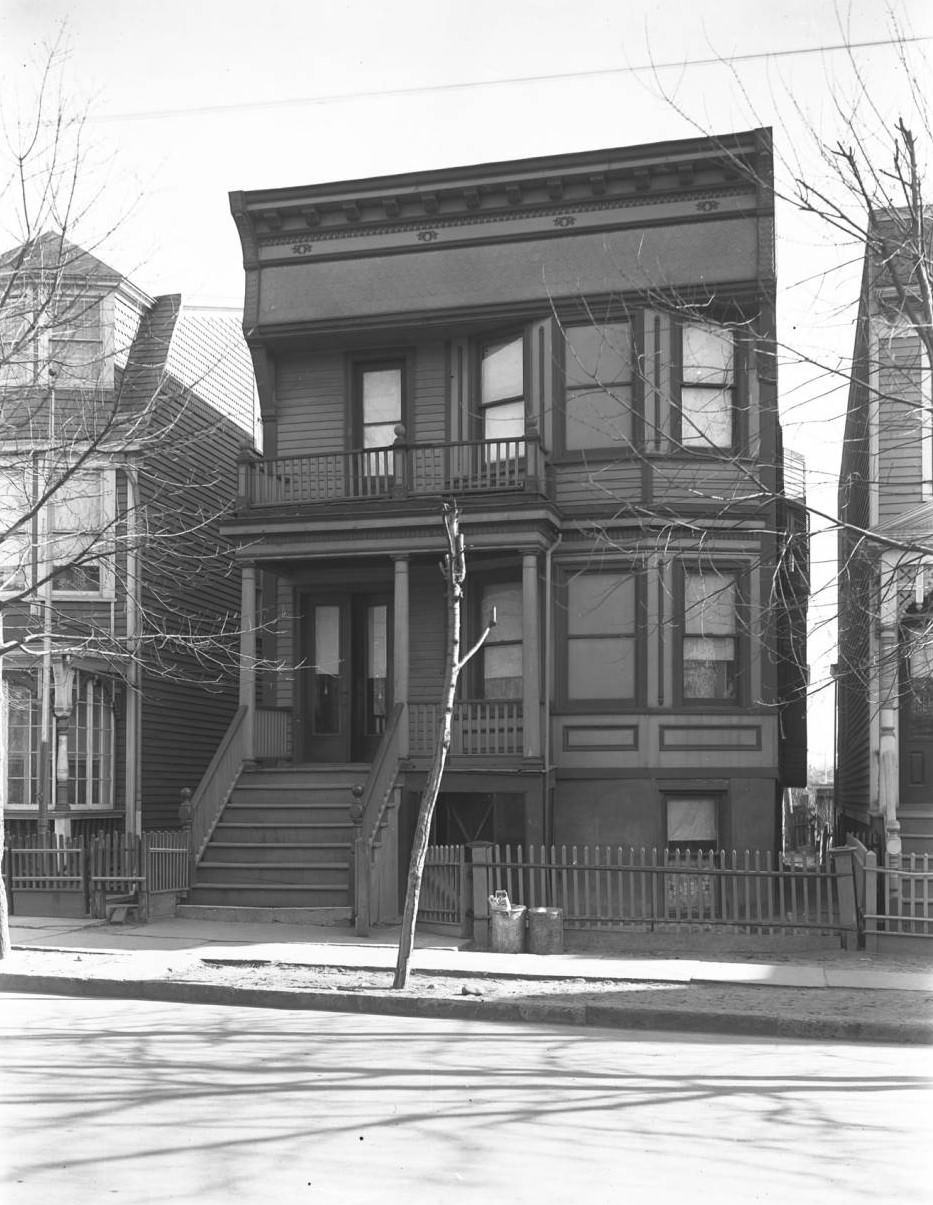
#103 Northeast corner of Jerome Avenue and Bedford Park Boulevard, Bronx, 1919.
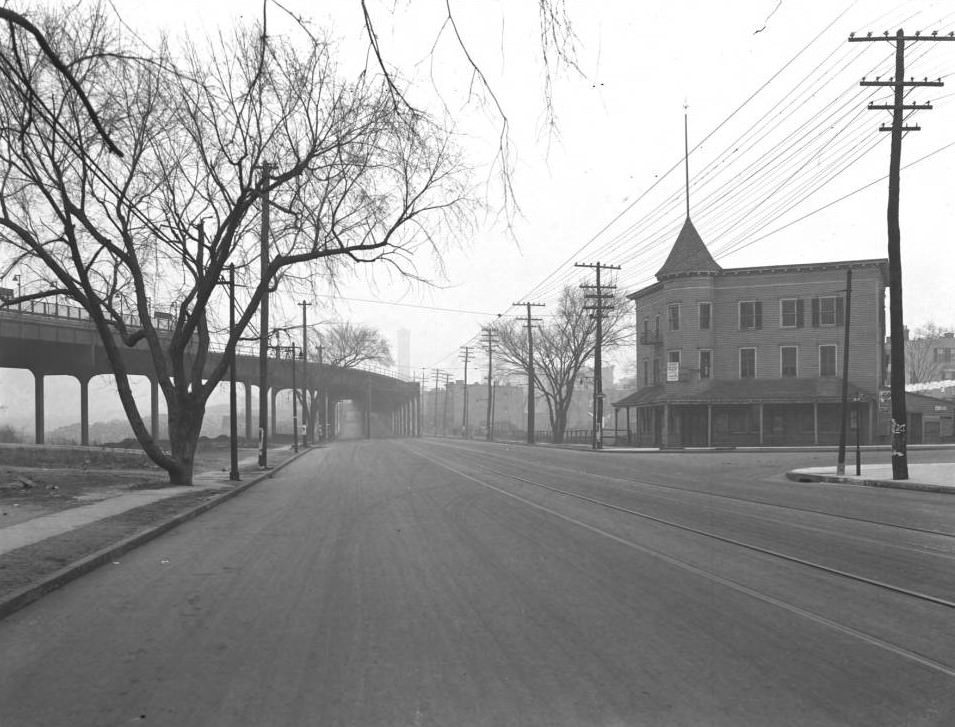
#104 Bronx headquarters of the Boy Scouts of America, circa April 1917.
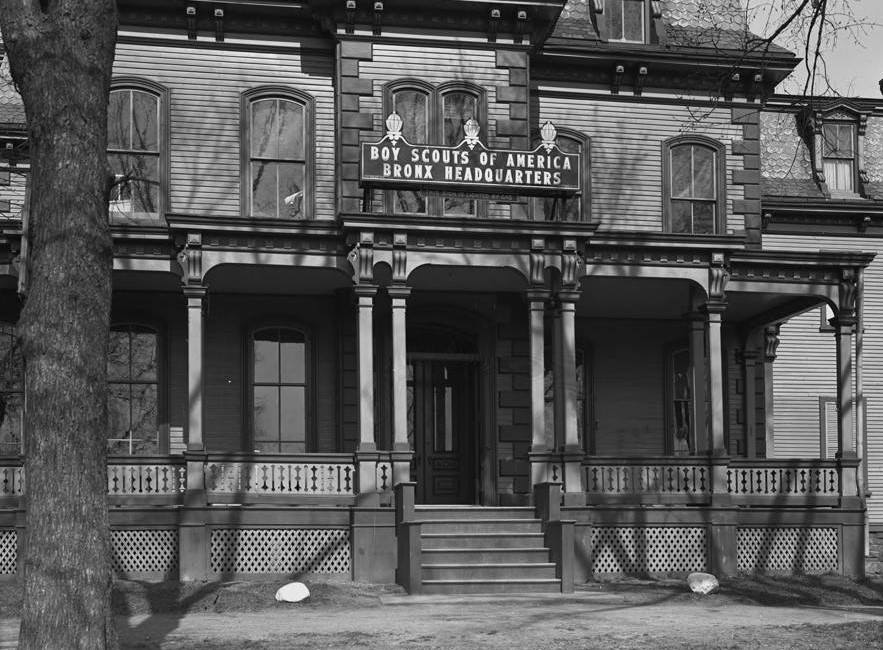
#105 The Woodmanston Inn, Morris Park, Bronx, 1914.
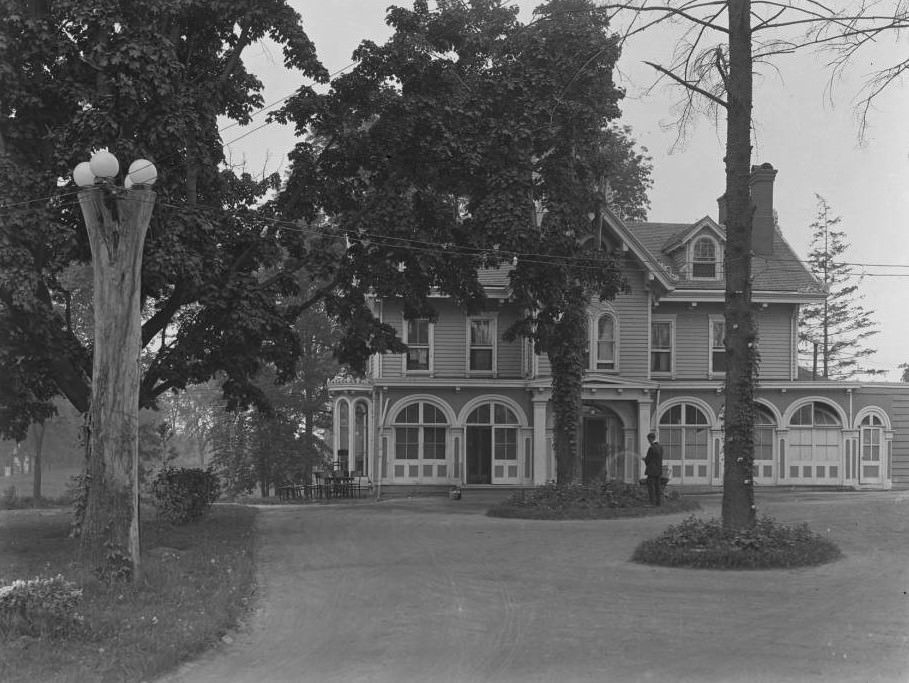
#106 323 E. 165th Street, Bronx, circa December 1915-January 1916.
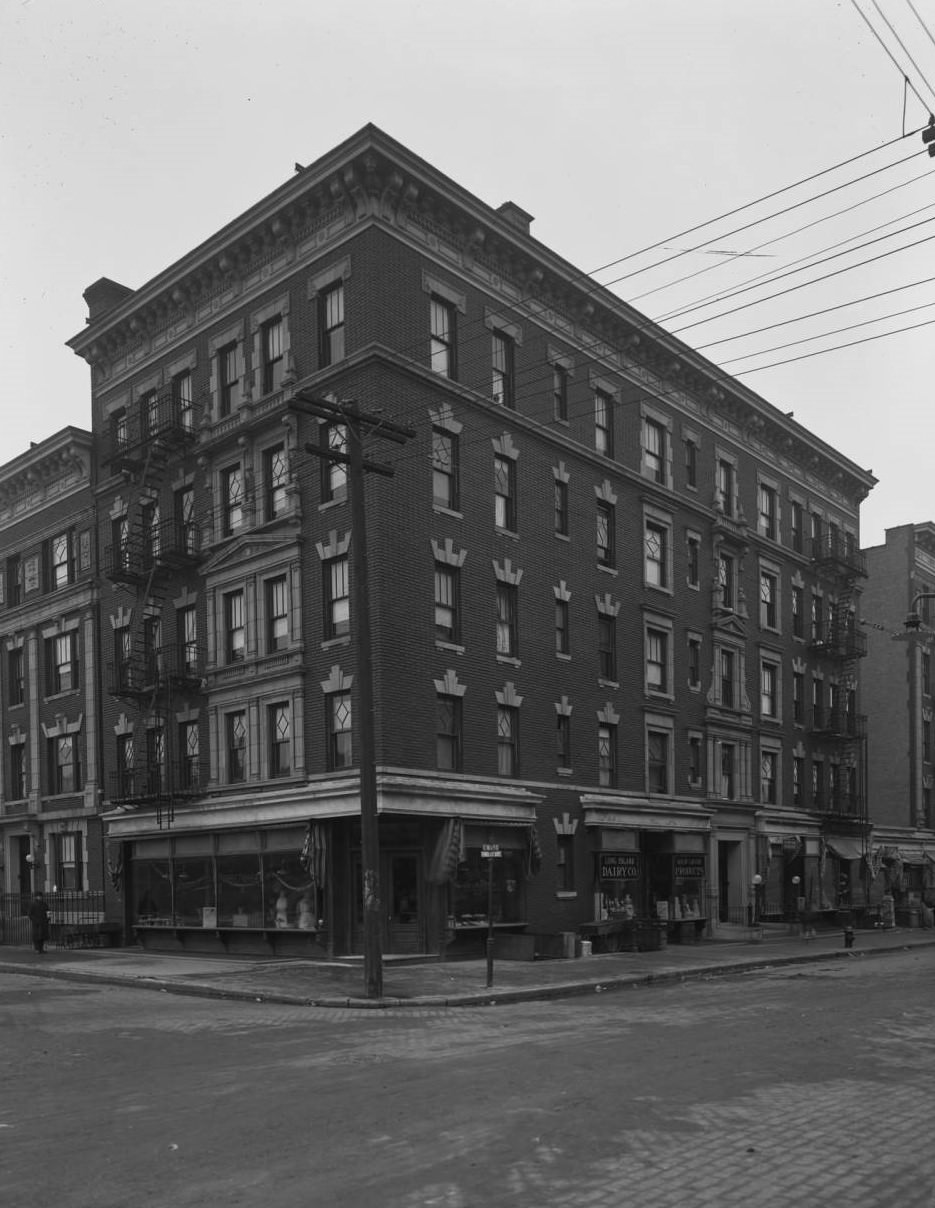
#107 1044 to 1080 Findlay Avenue, Bronx, circa December 1915-January 1916.
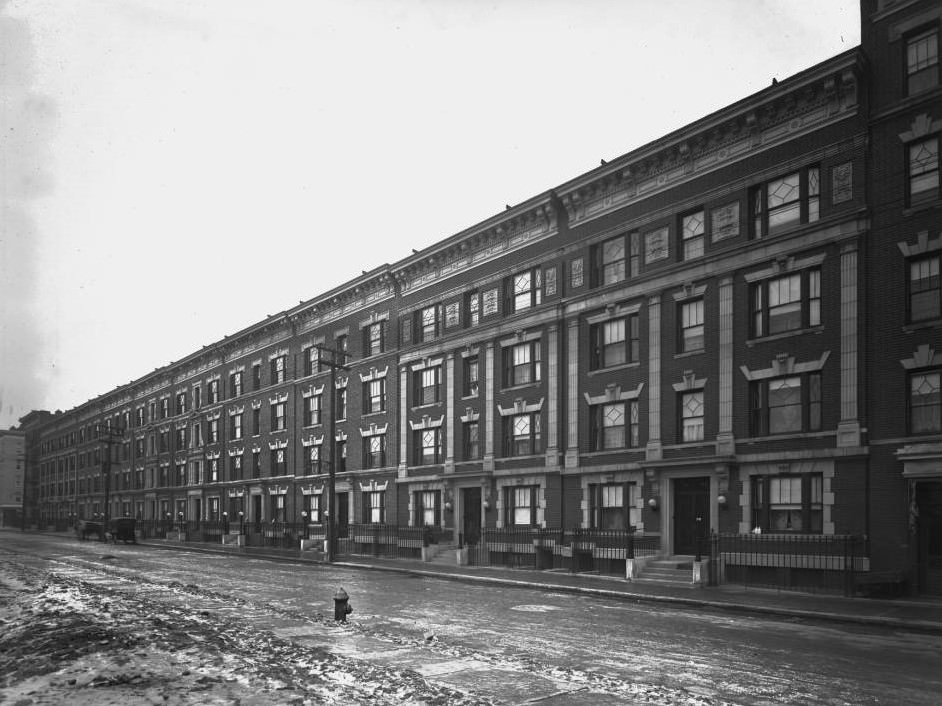
#108 St. Stephen’s Methodist Episcopal Church at Marble Hill Avenue and W. 228th Street, Bronx, 1916.
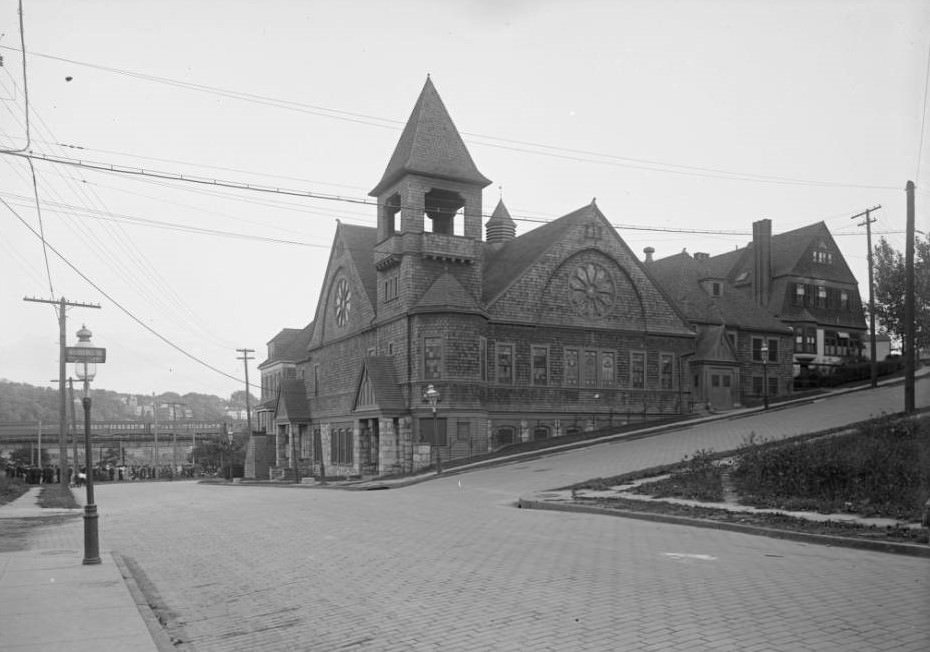
#109 Opening day at the IRT 180th Street station, Bronx, circa December 1918.
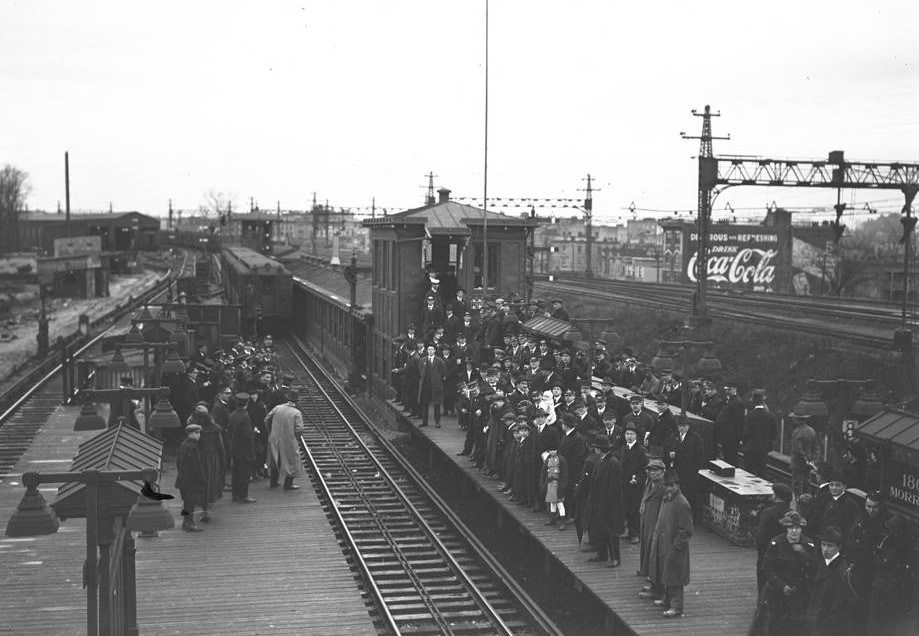
#110 An intersection of Jerome Avenue near the Macombs Dam Bridge, Bronx, circa December 1918.
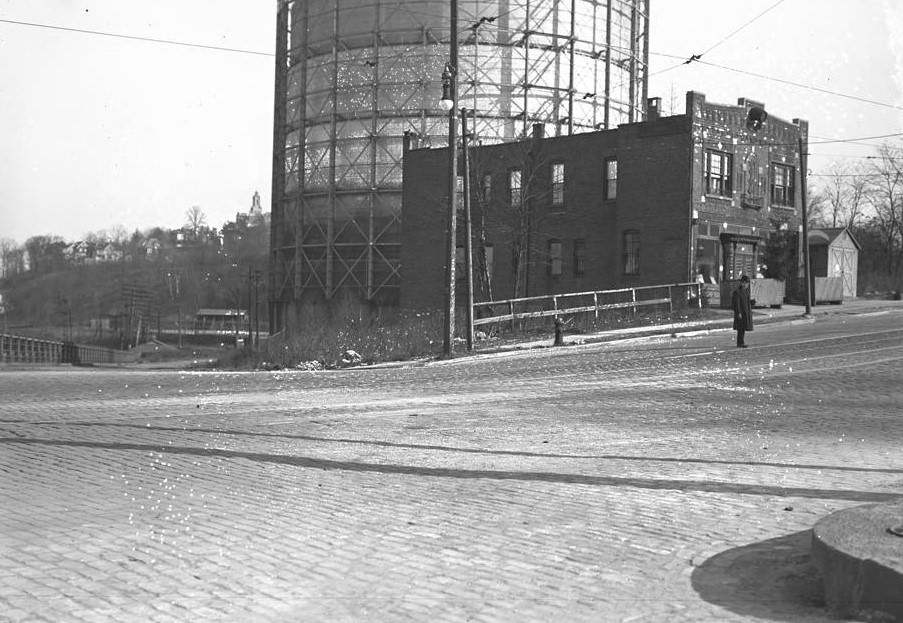
#111 1327 Plimpton Avenue, Bronx, January 1916.
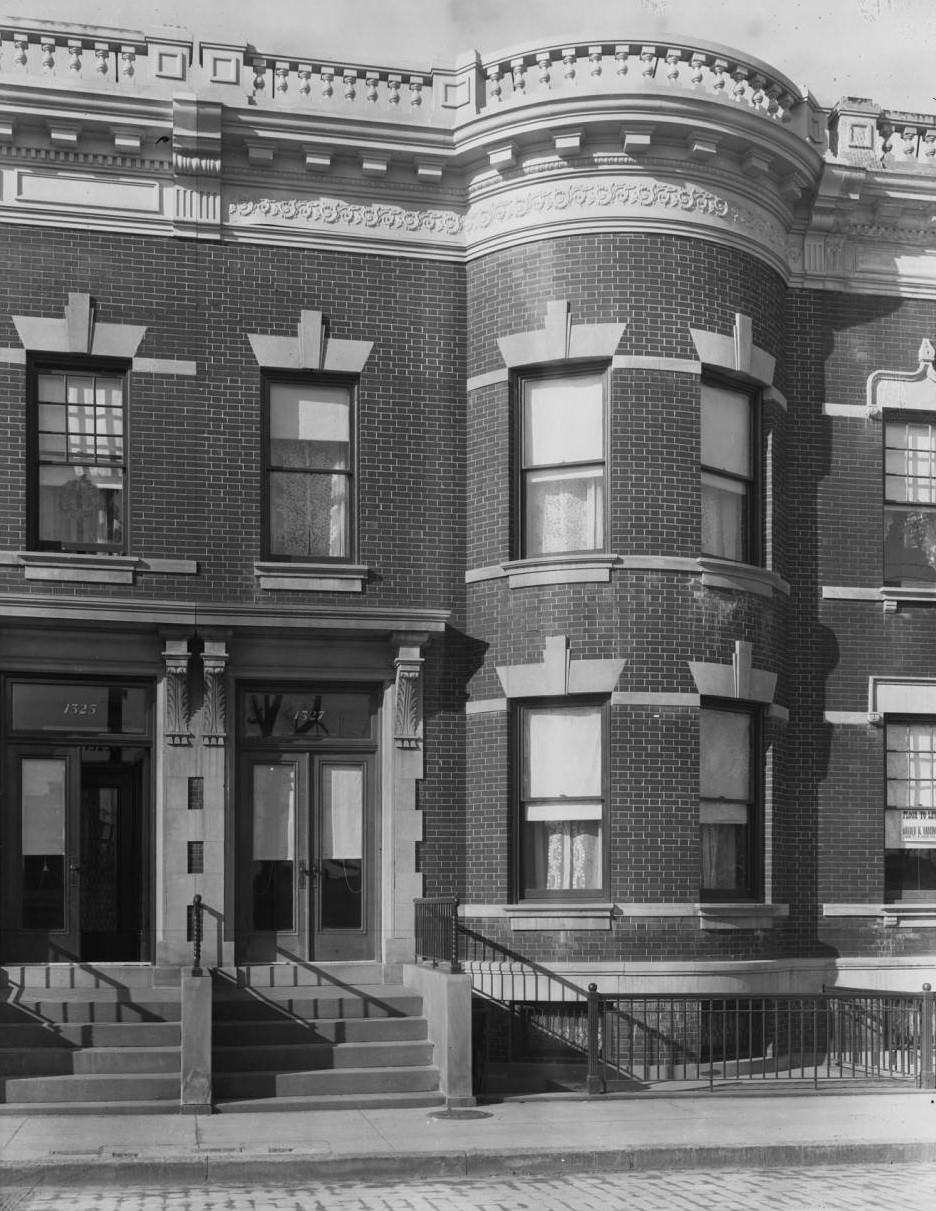
#112 1437 Boston Road, Bronx, circa December 1915-January 1916.
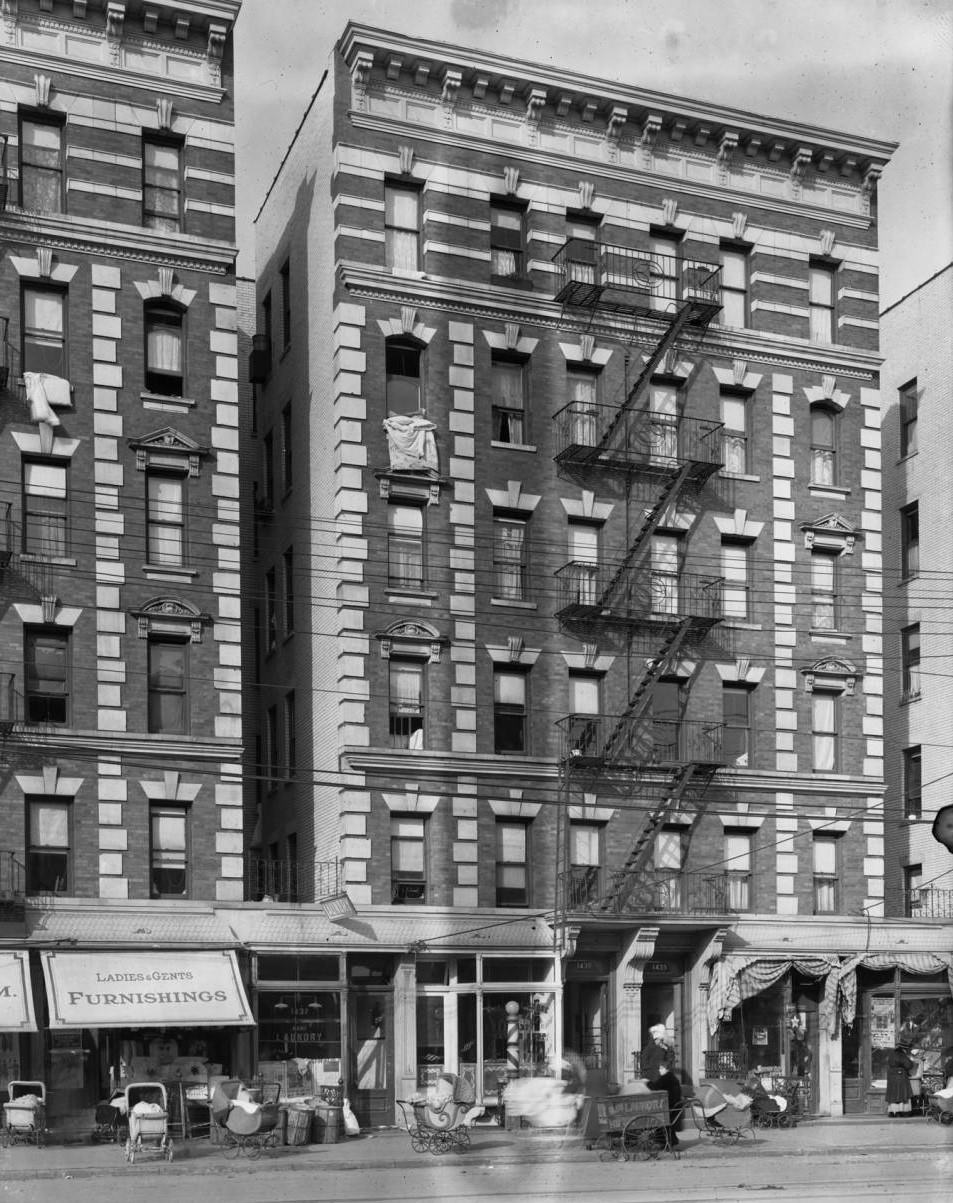
#113 An intersection of Jerome Avenue near the Macombs Dam Bridge, Bronx, circa December 1918.
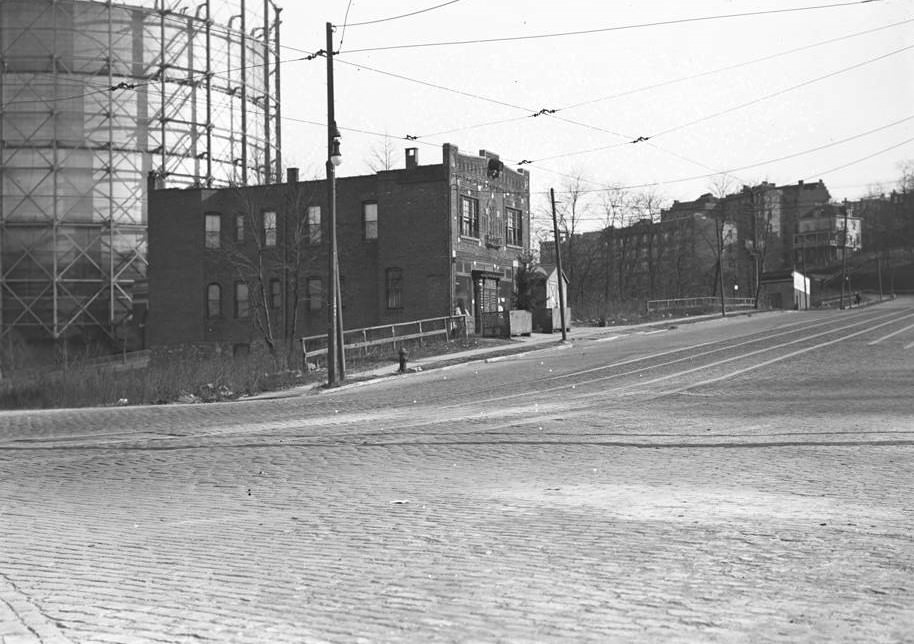
#114 View down Jerome Avenue to the Macombs Dam Bridge, Bronx, circa December 1918.
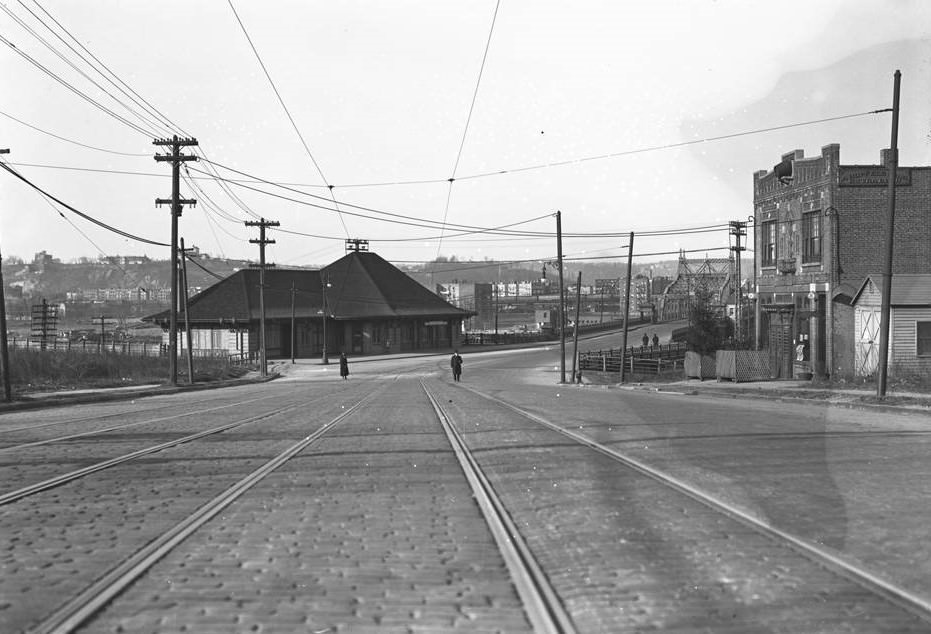
#115 View down Jerome Avenue to the Macombs Dam Bridge, Bronx, circa December 1918.
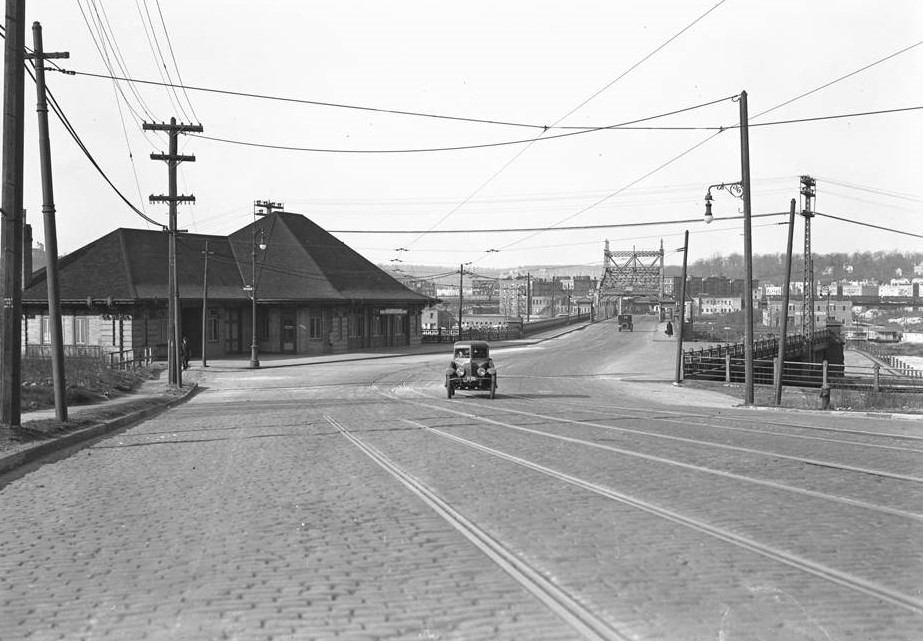
#116 1643 Nelson Avenue, Bronx, October 1918.
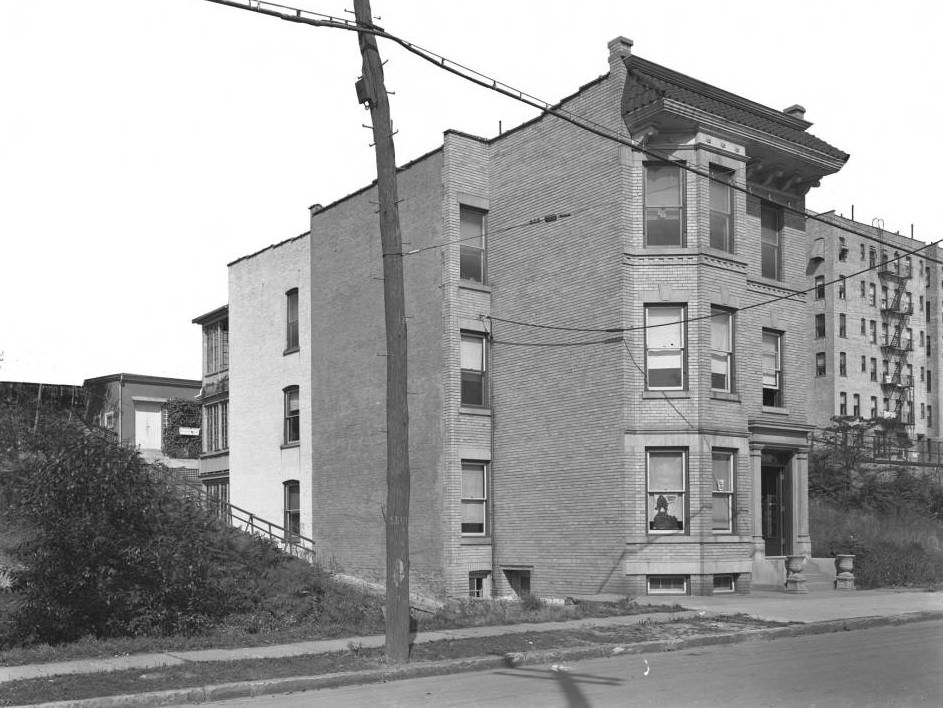
#117 Standard Gas sign, 4589 Broadway, Bronx, May 1917.
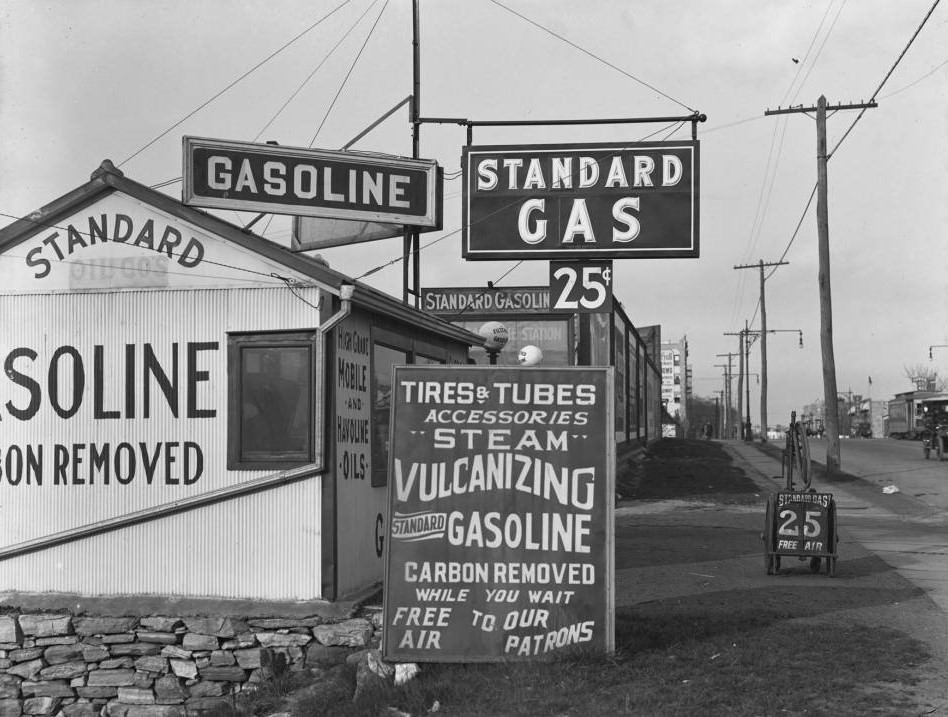
#118 The Philips Jones Company shirt factory, Walnut Ave. and E. 135 St., Bronx, circa May 1917.
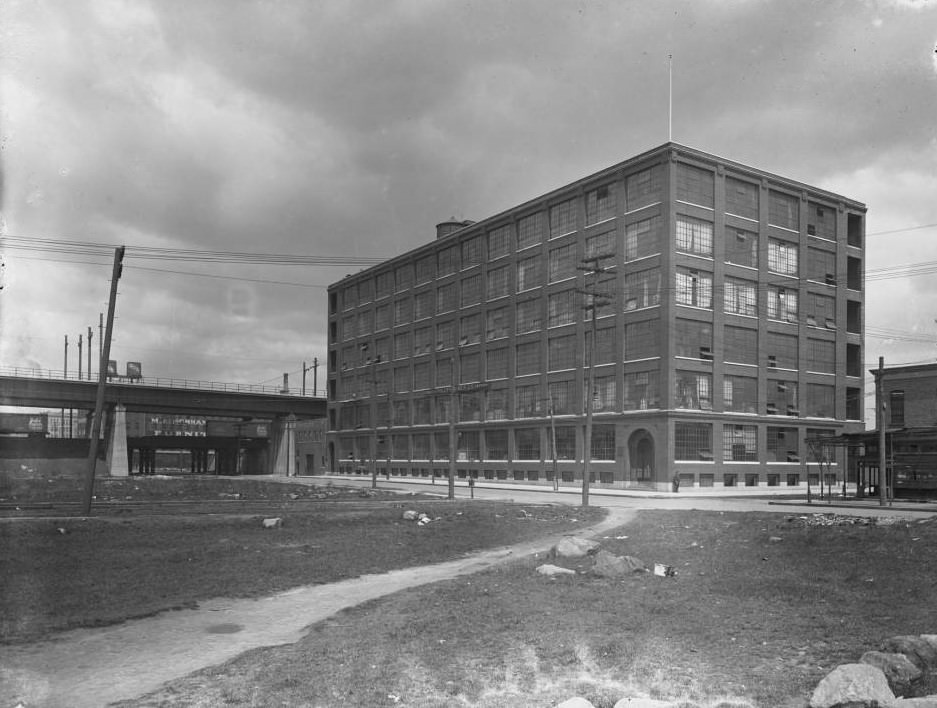
#119 1234 & 1236 Simpson Street, Bronx, circa April 1917.
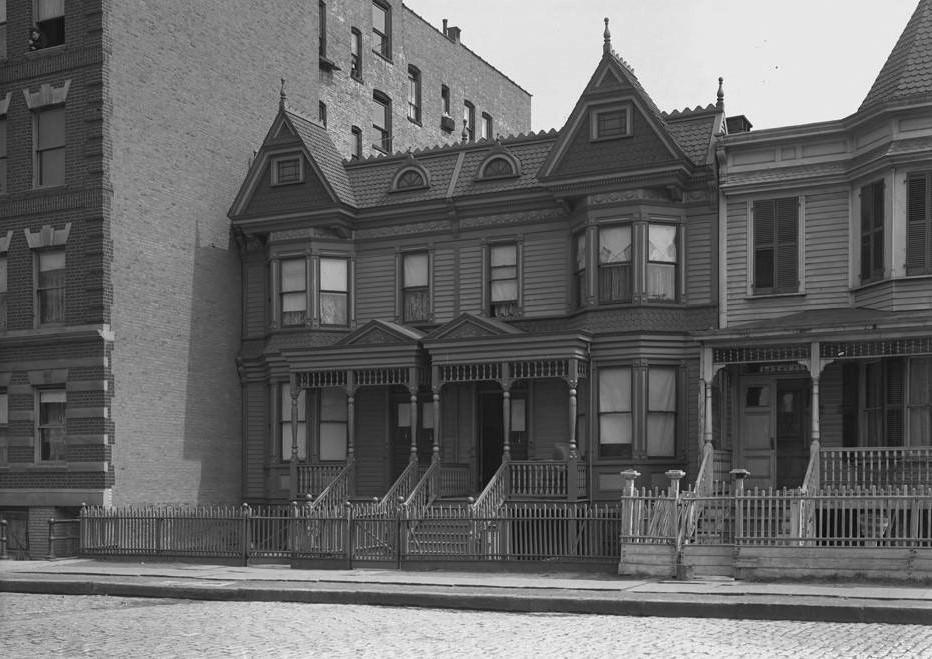
#120 Wilkins House barn, Castle Hill Neck, Bronx, February 1918.
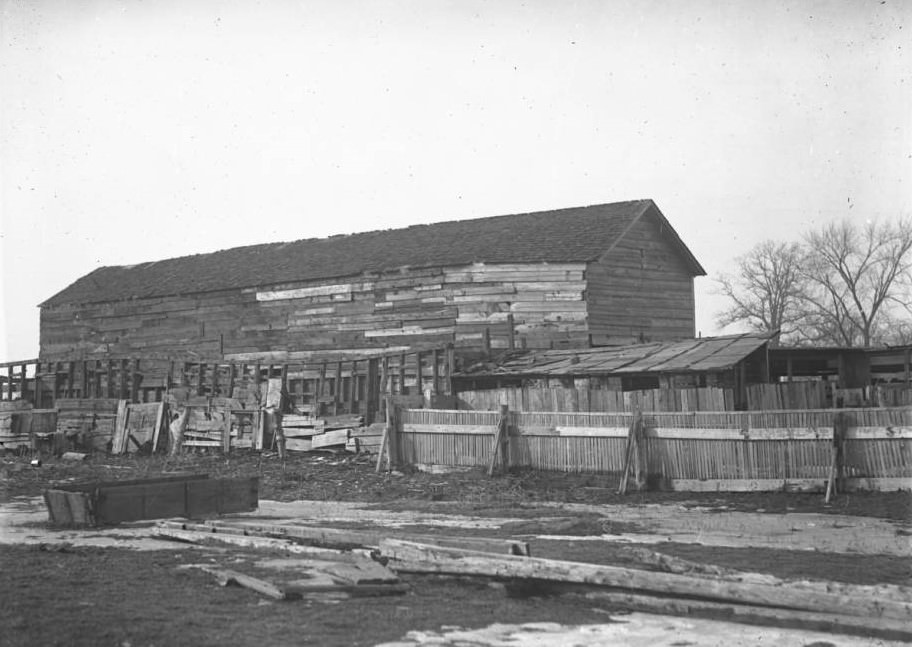
#121 High angle view of Starlight Park, Bronx, circa August 1918.
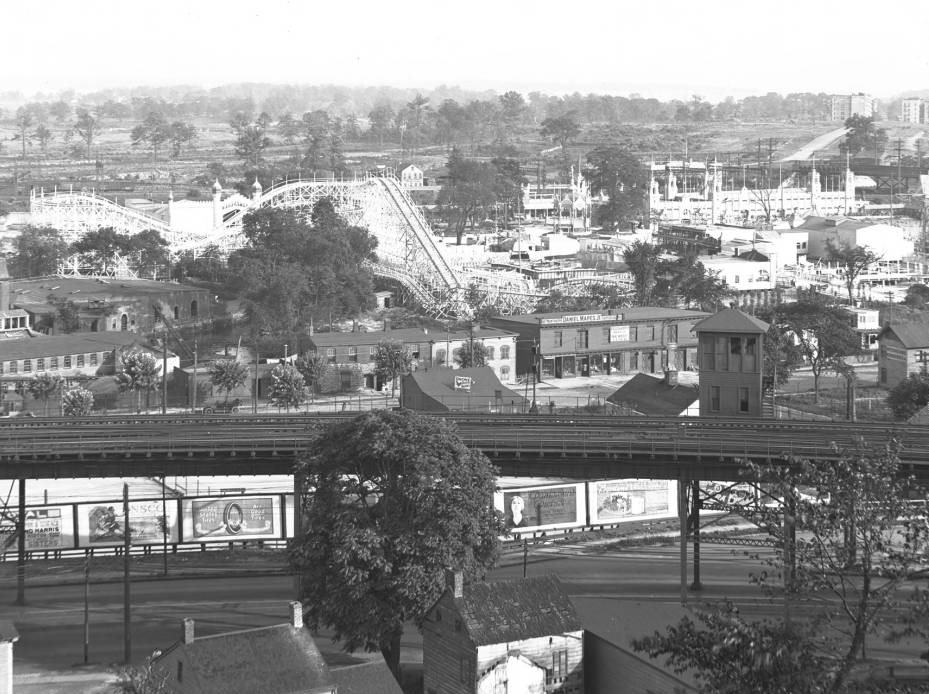
#122 High angle view of a section of the Bronx adjacent to Starlight Park, August 1918.
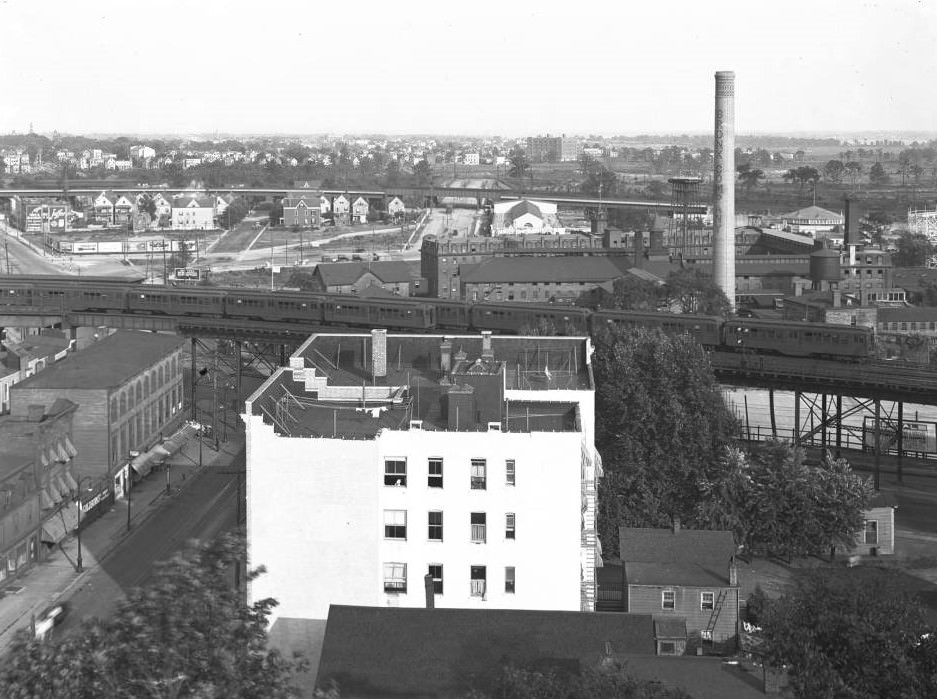
#123 Group of real estate and newspaper men at the Woodmanston Inn, Morris Park, Bronx, May 1914.
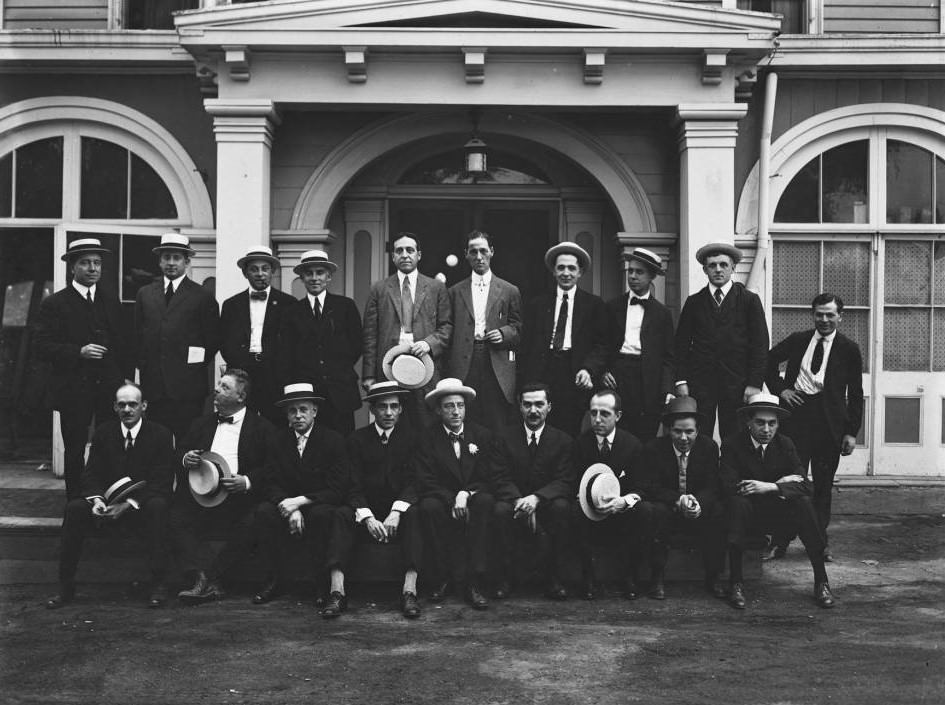
#124 Front driveway and facade of the Roman Catholic Orphan Asylum, Kingsbridge, Bronx, 1910s
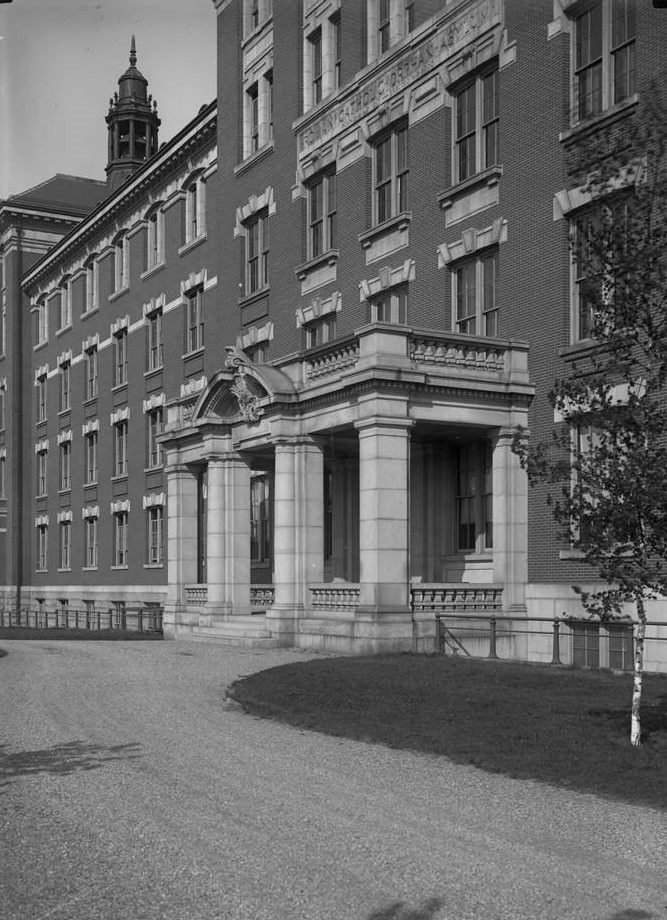
#125 Wilkins House, Castle Hill Neck, Bronx, February 1918.
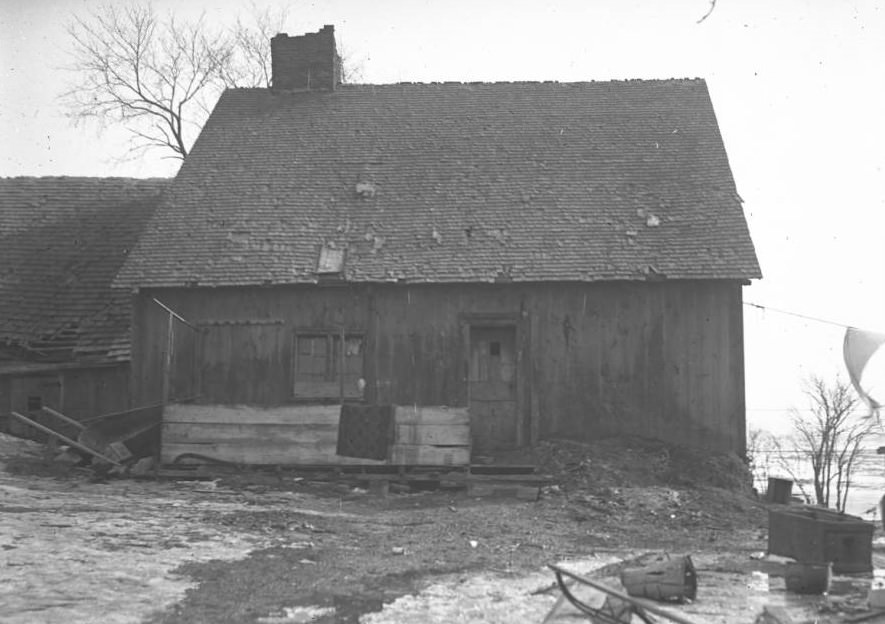
#126 Wilkins House, Castle Hill Neck, Bronx, February 1918.
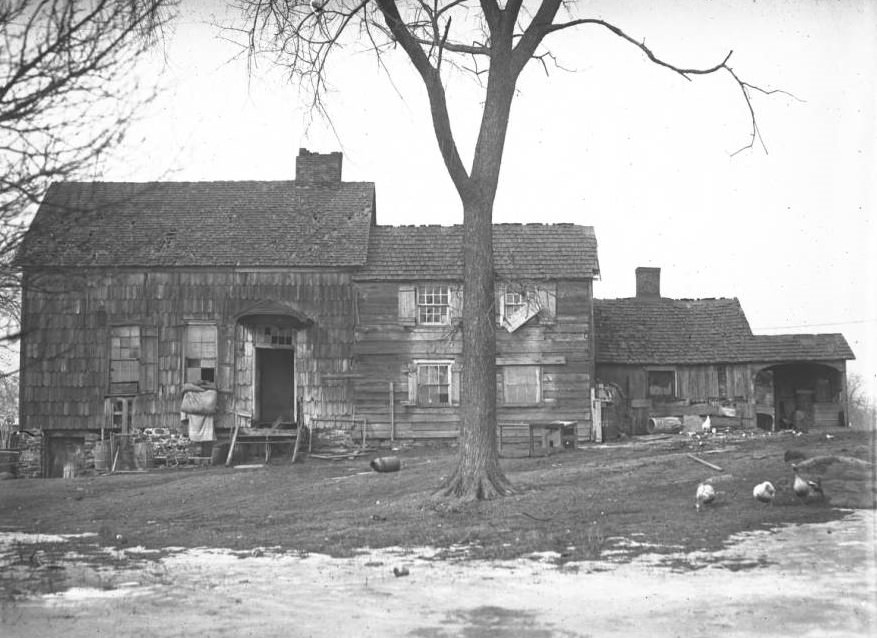
#127 Small girls pose in and in front of a horse-drawn wagon, Bronx, circa 1910.
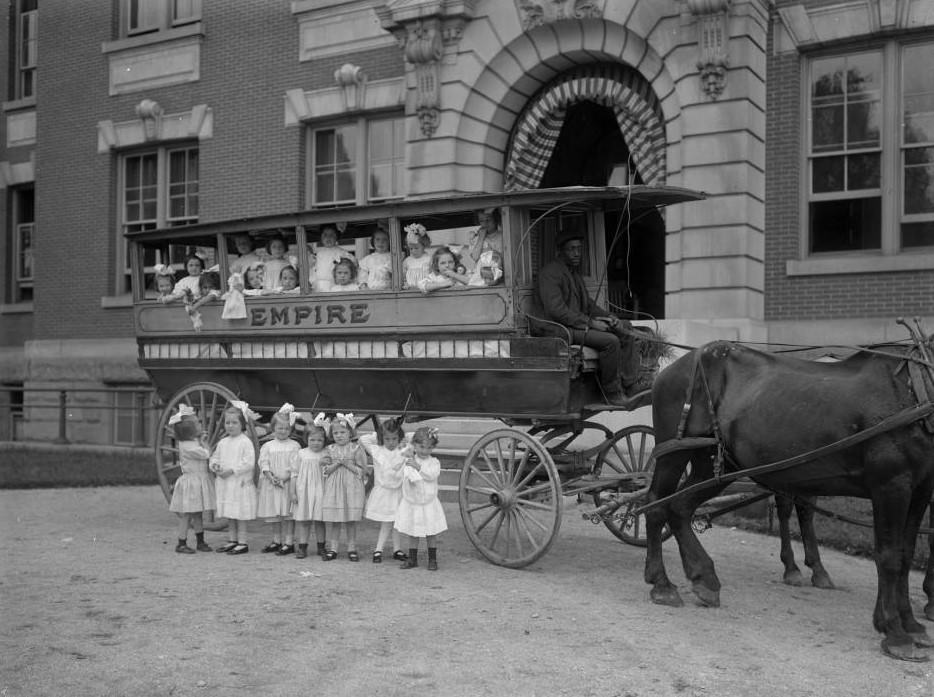
#128 Willie Stonebridge in uniform playing with Laddie, Bronx, 1918

#129 Cavalry, Decoration Day, Bronx, 1910s
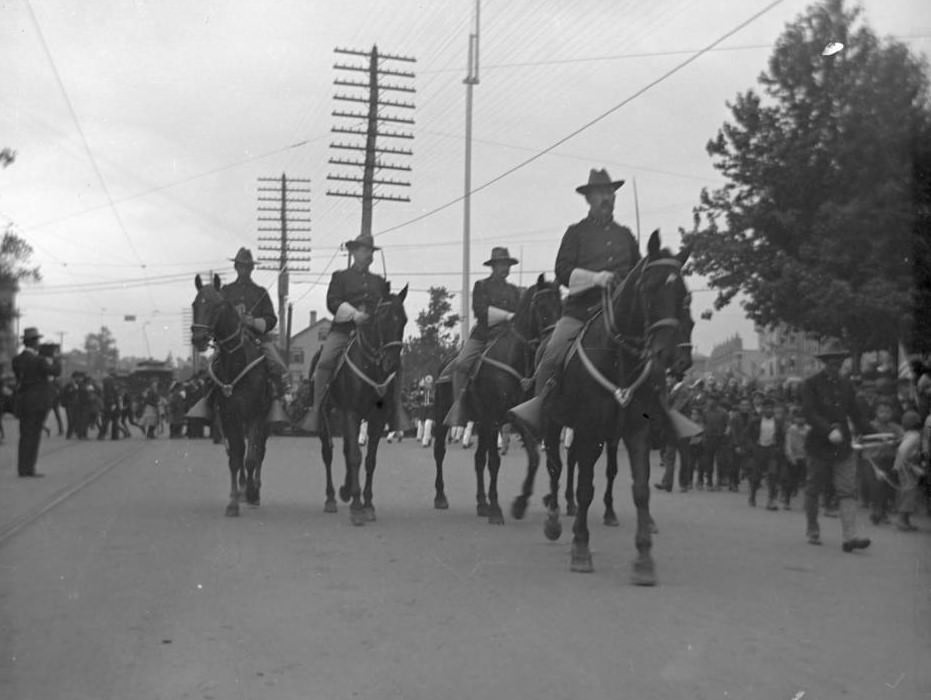
#130 Veterans, Decoration Day, Bronx, 1910s
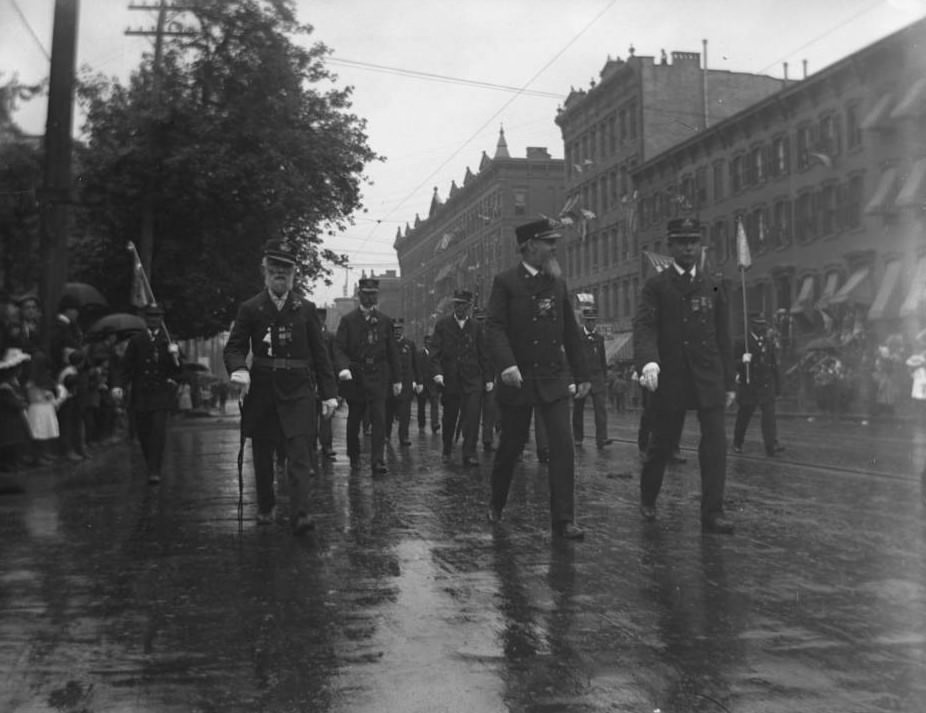
#131 Campsites decorated for Labor Day, Orchard Beach, Bronx, September 1910.
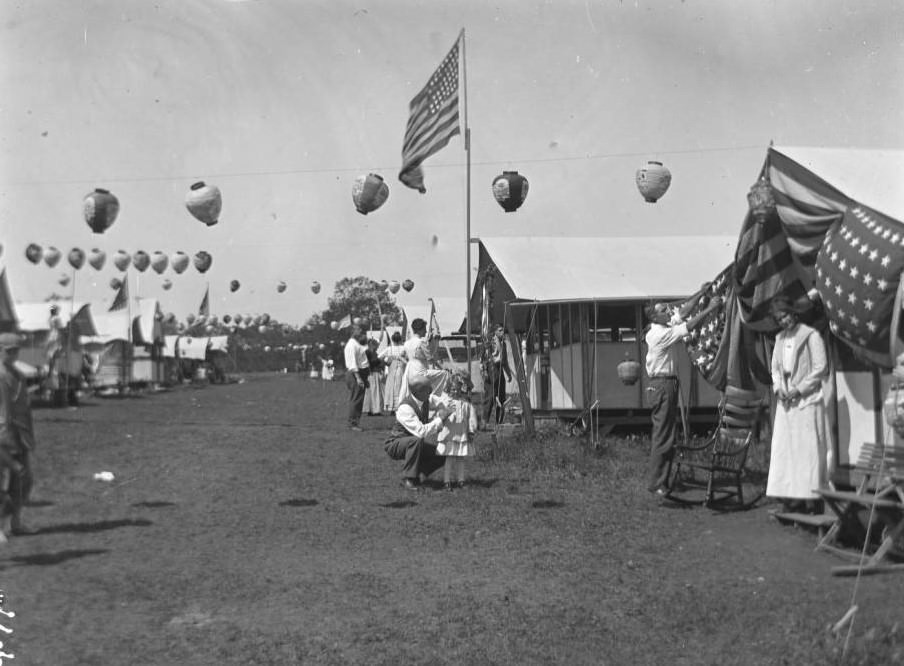
#132 Bathers on the beach, Orchard Beach, Bronx, 1914.
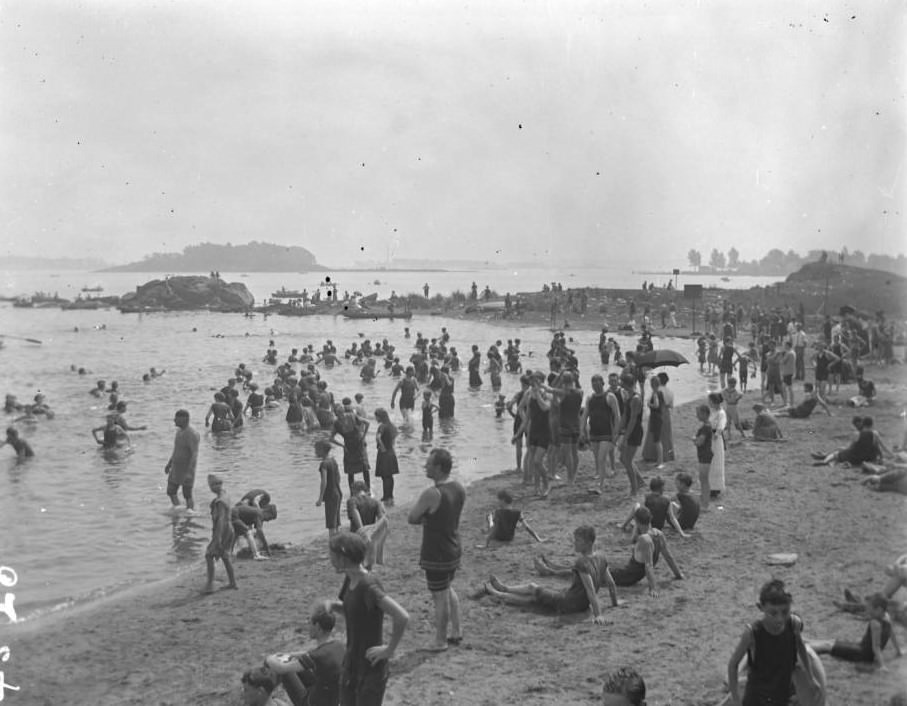
#133 Tent ‘Camp Grade Adele,’ Orchard Beach, Bronx, 1911.
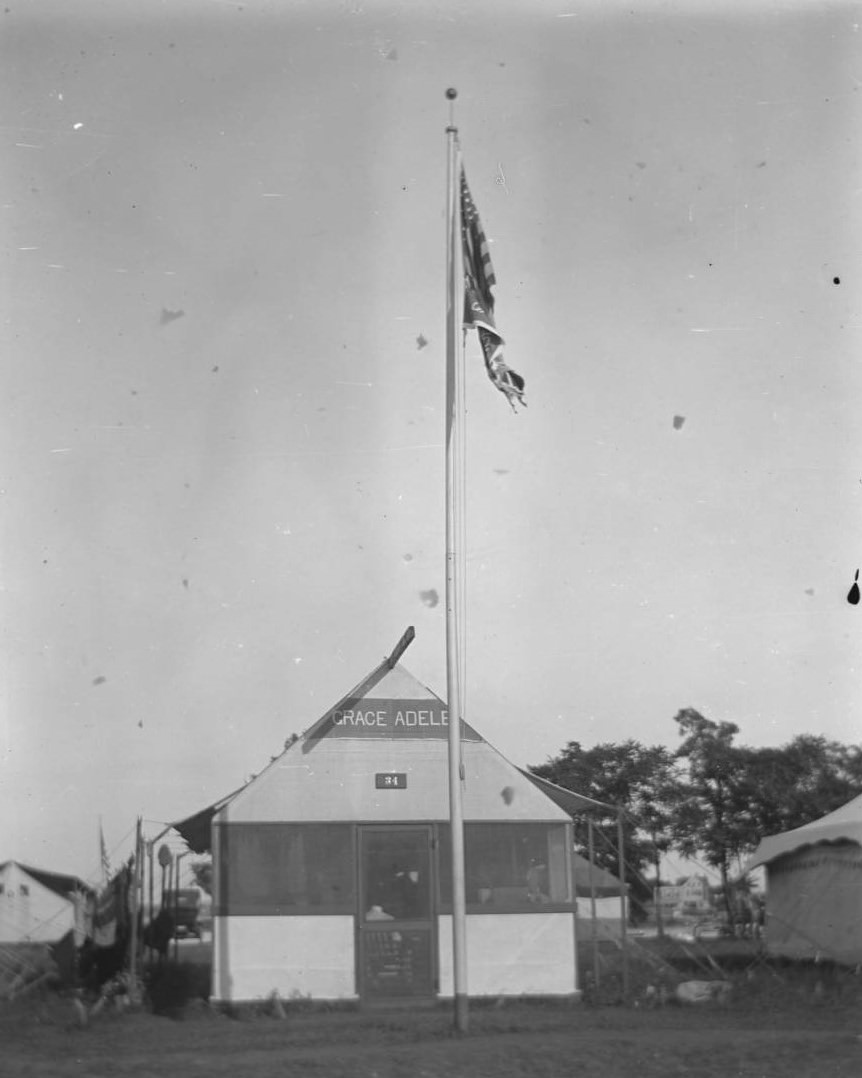
#134 Tent ‘Camp Grade Adele,’ Orchard Beach, Bronx, 1911.
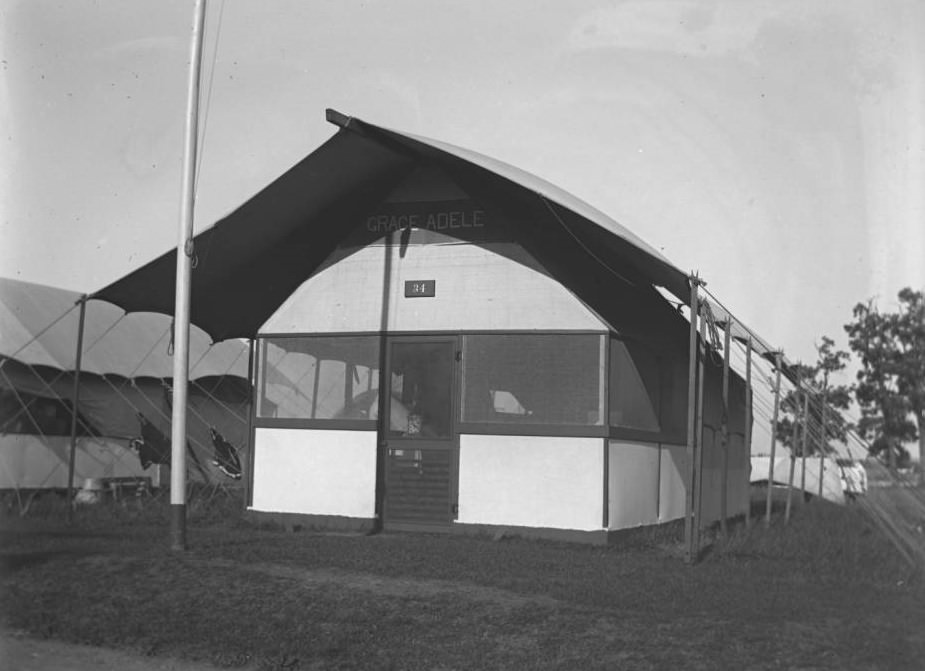
#135 Campsites, Orchard Beach, Bronx, 1910.
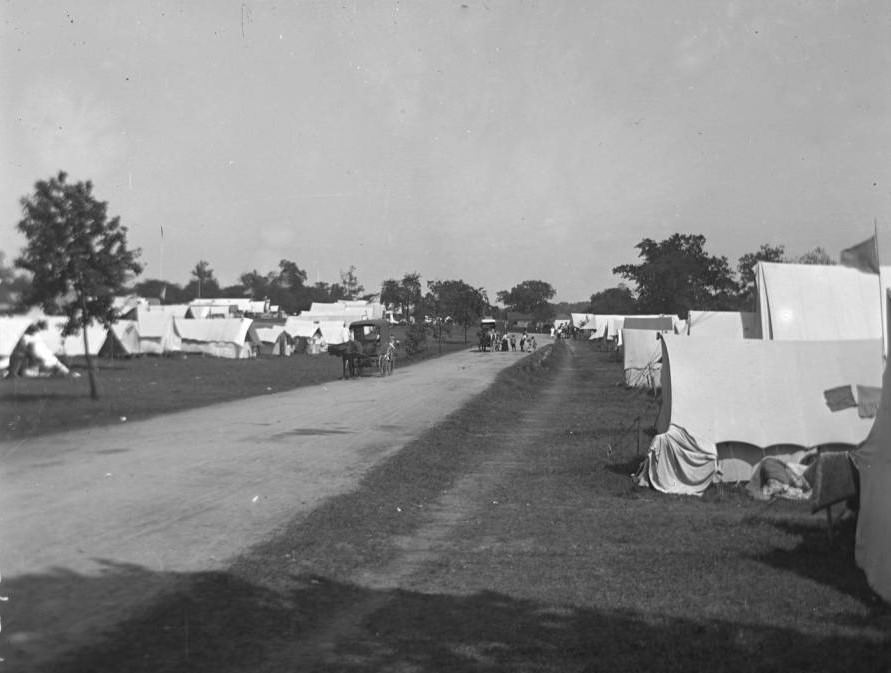
#136 Boats in an inlet, with tents beyond, Orchard Beach, Bronx, 1910.
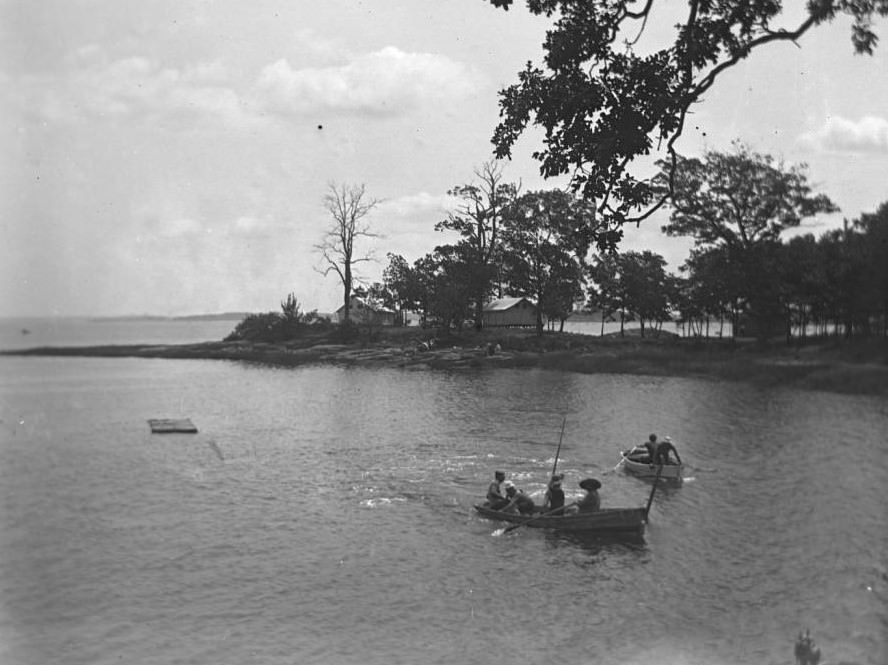



GIPHY App Key not set. Please check settings